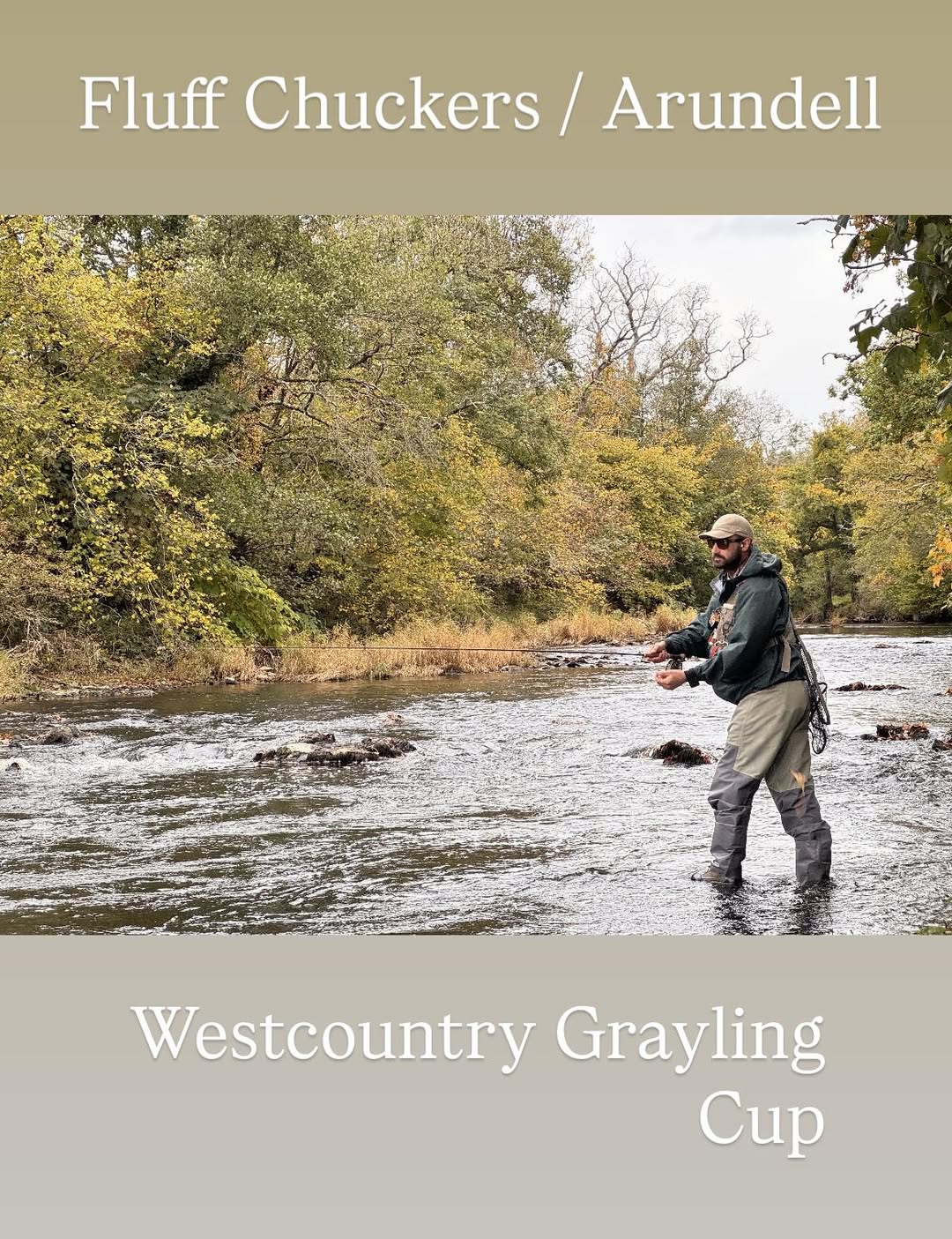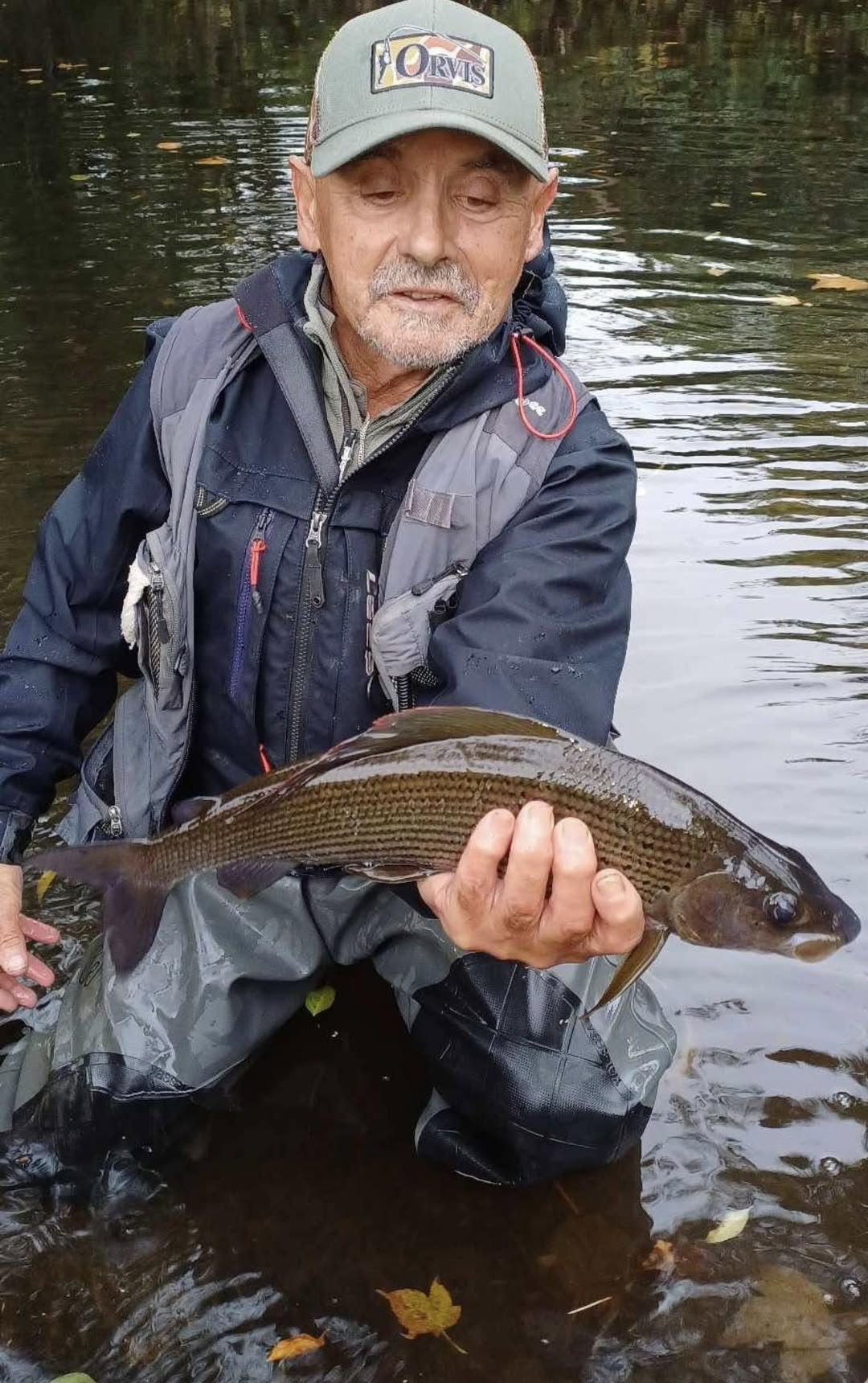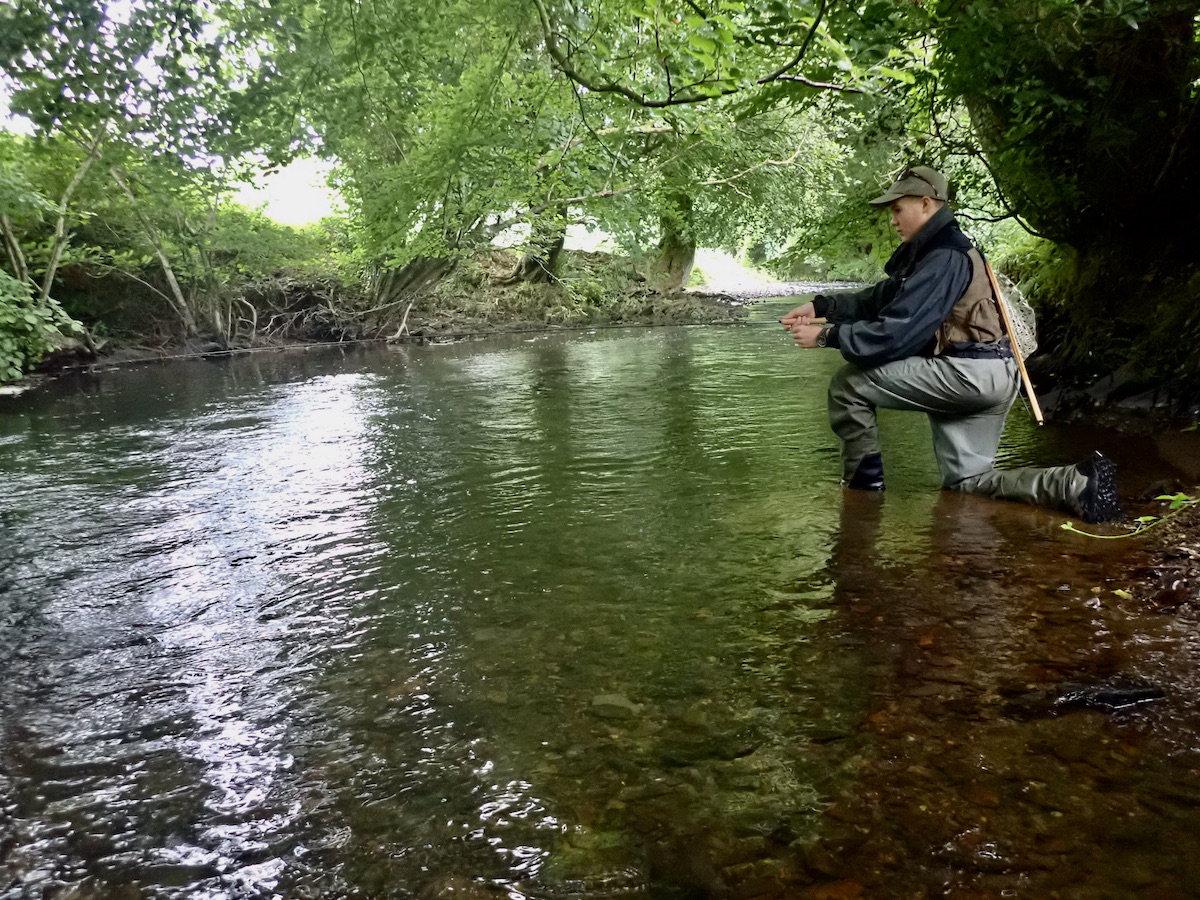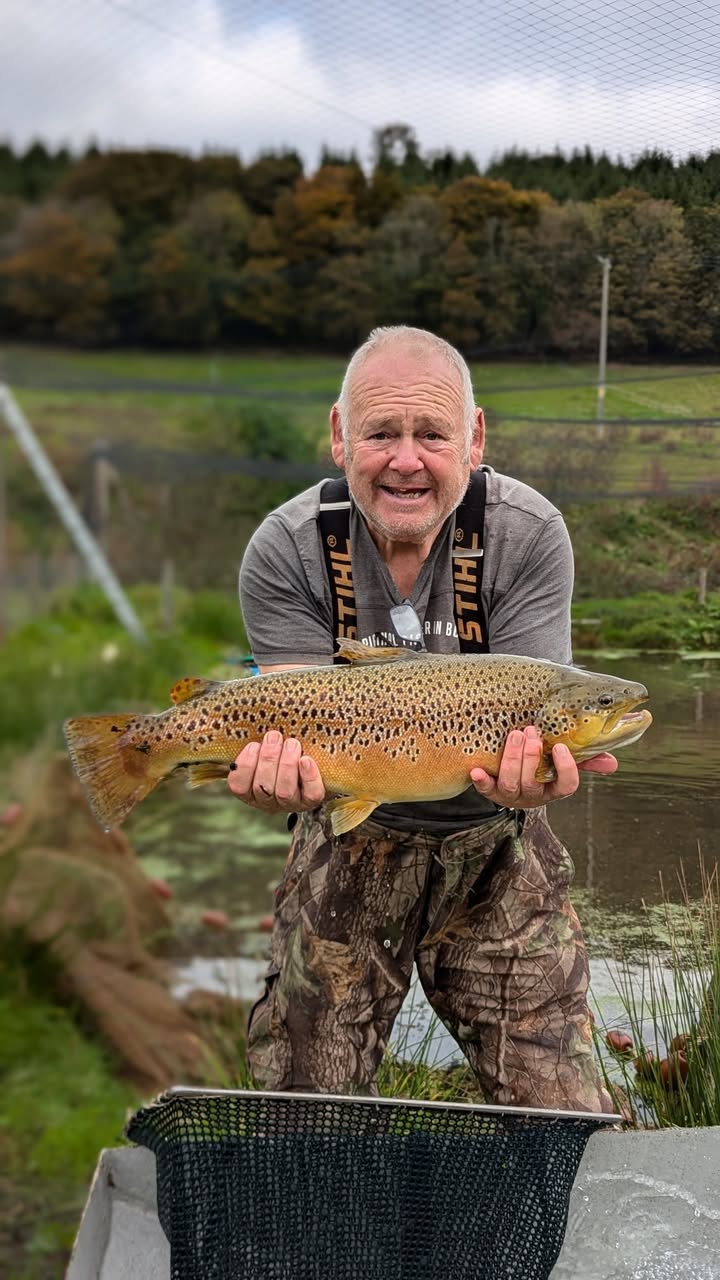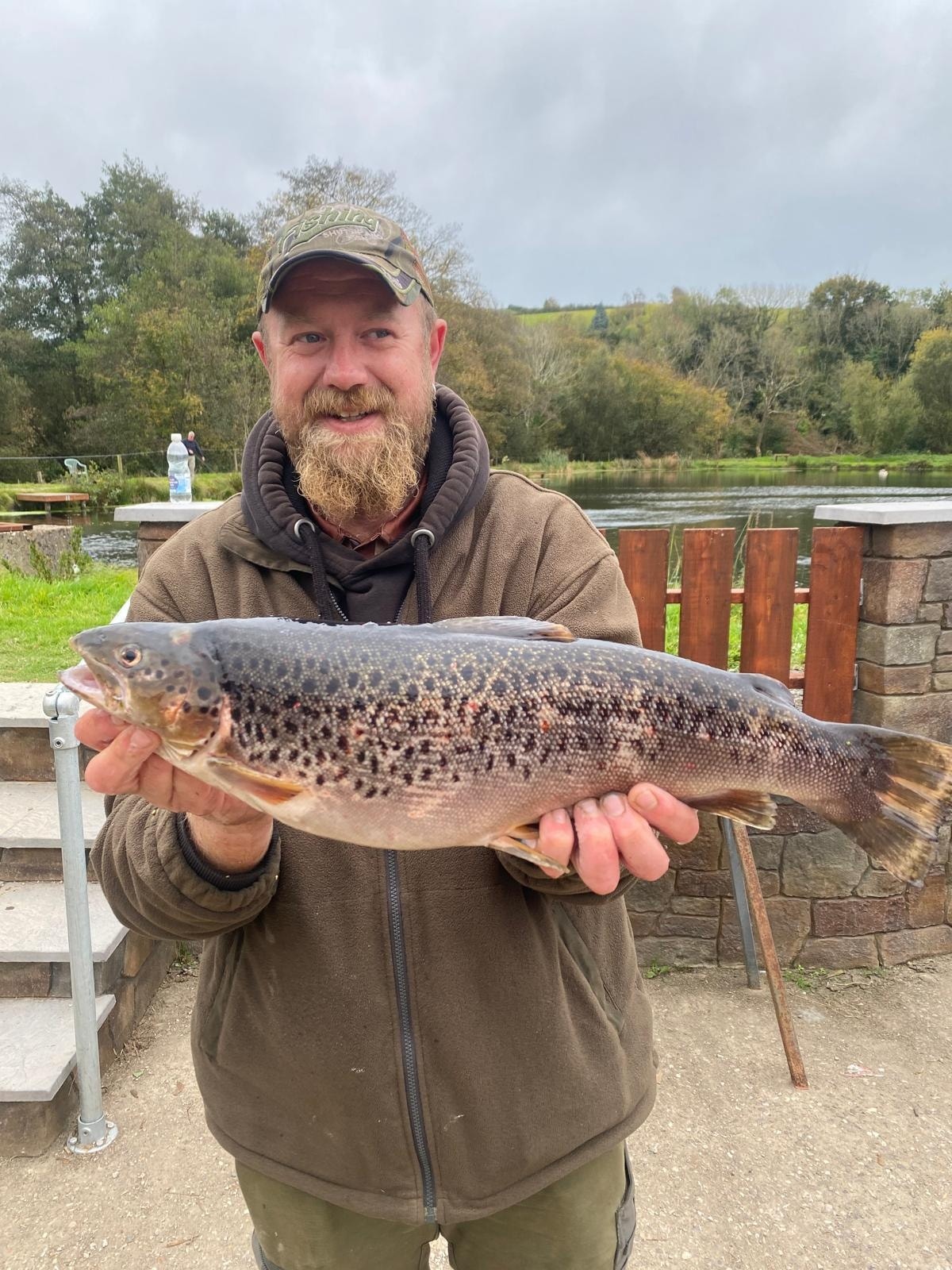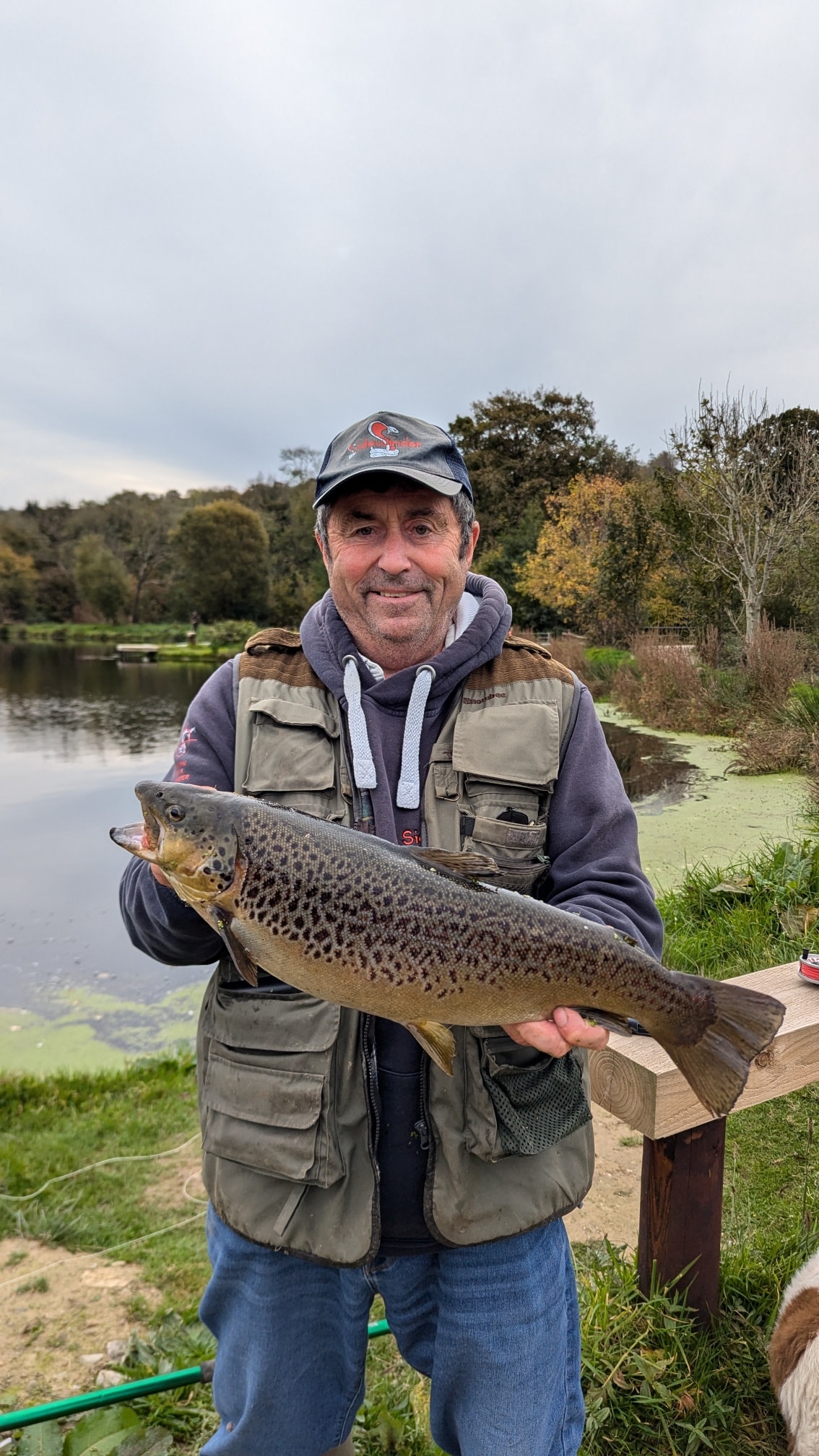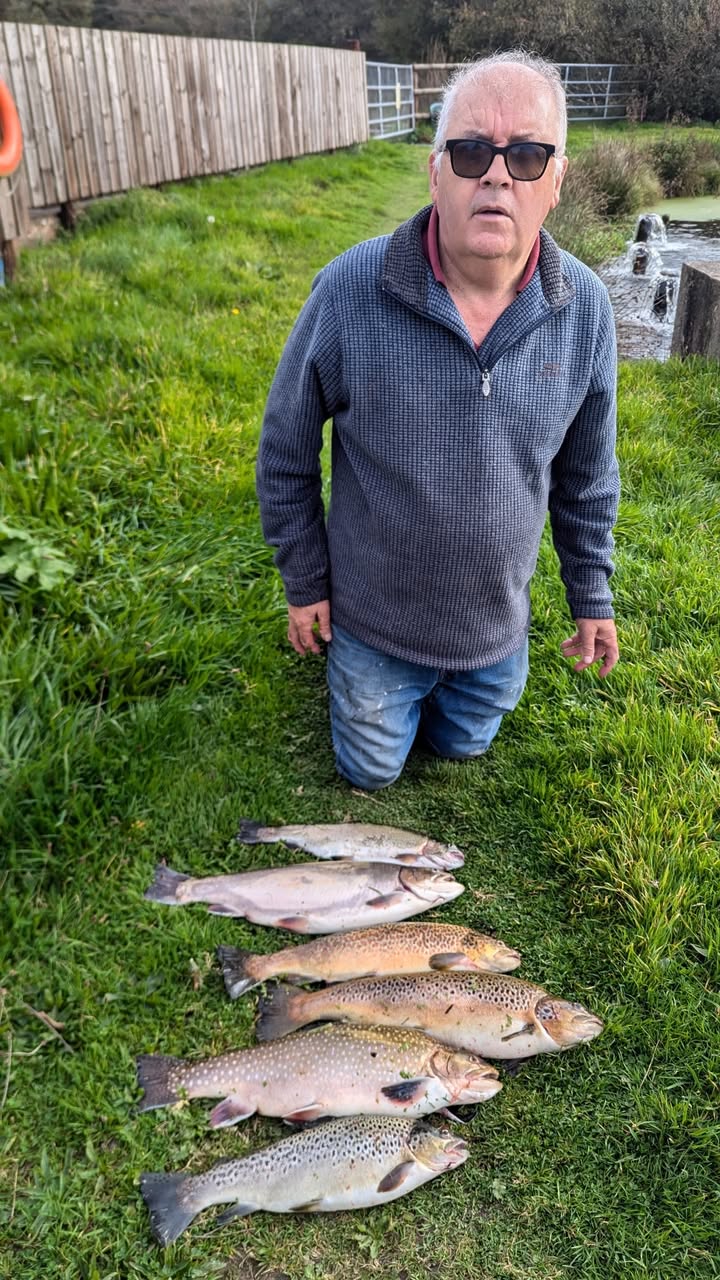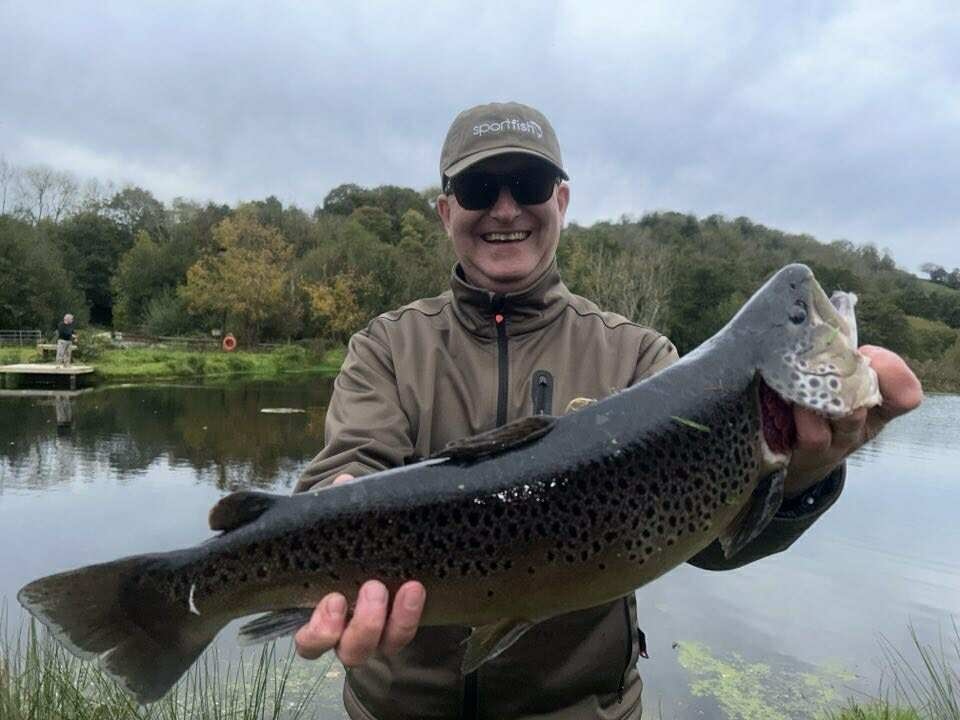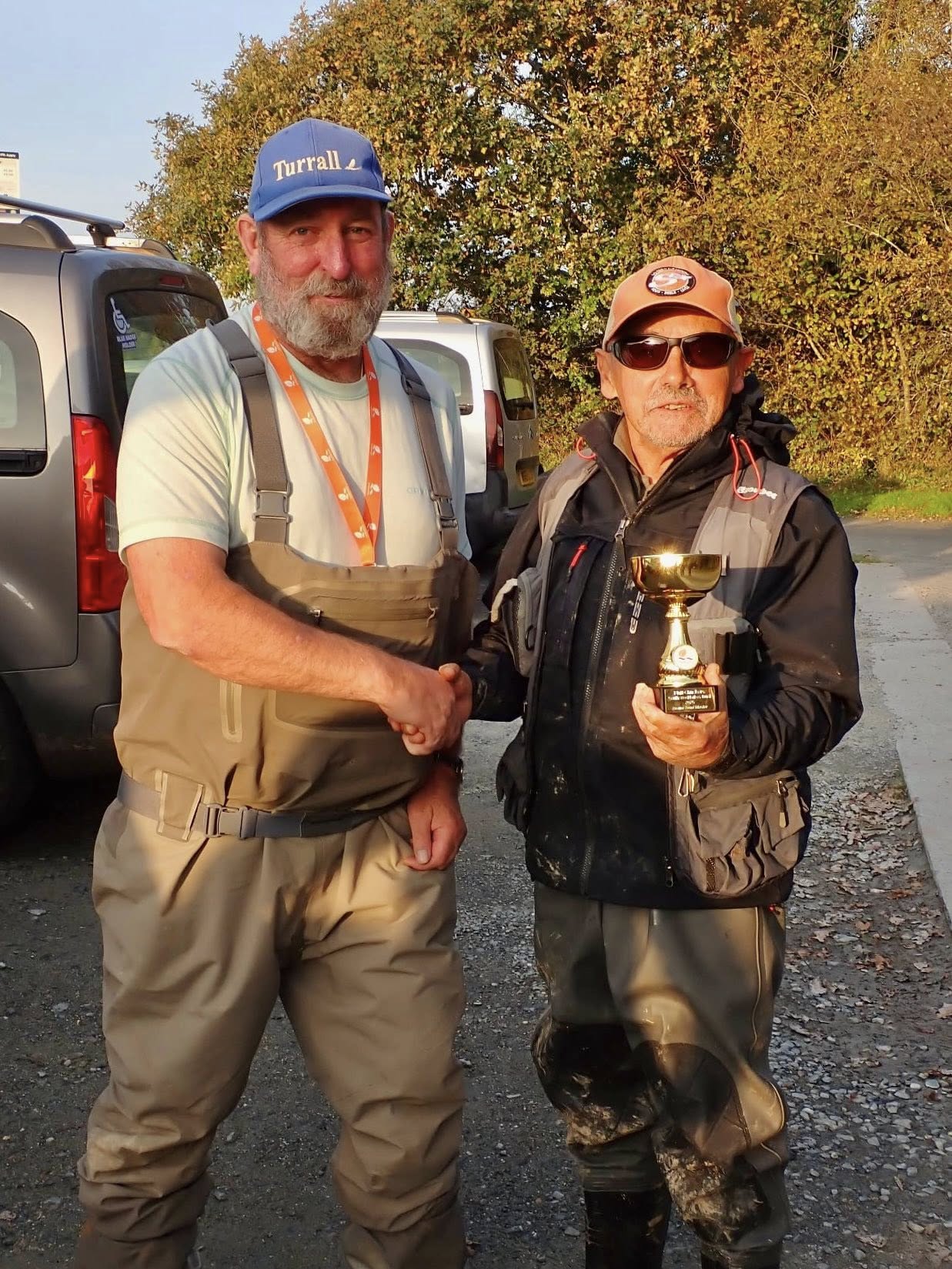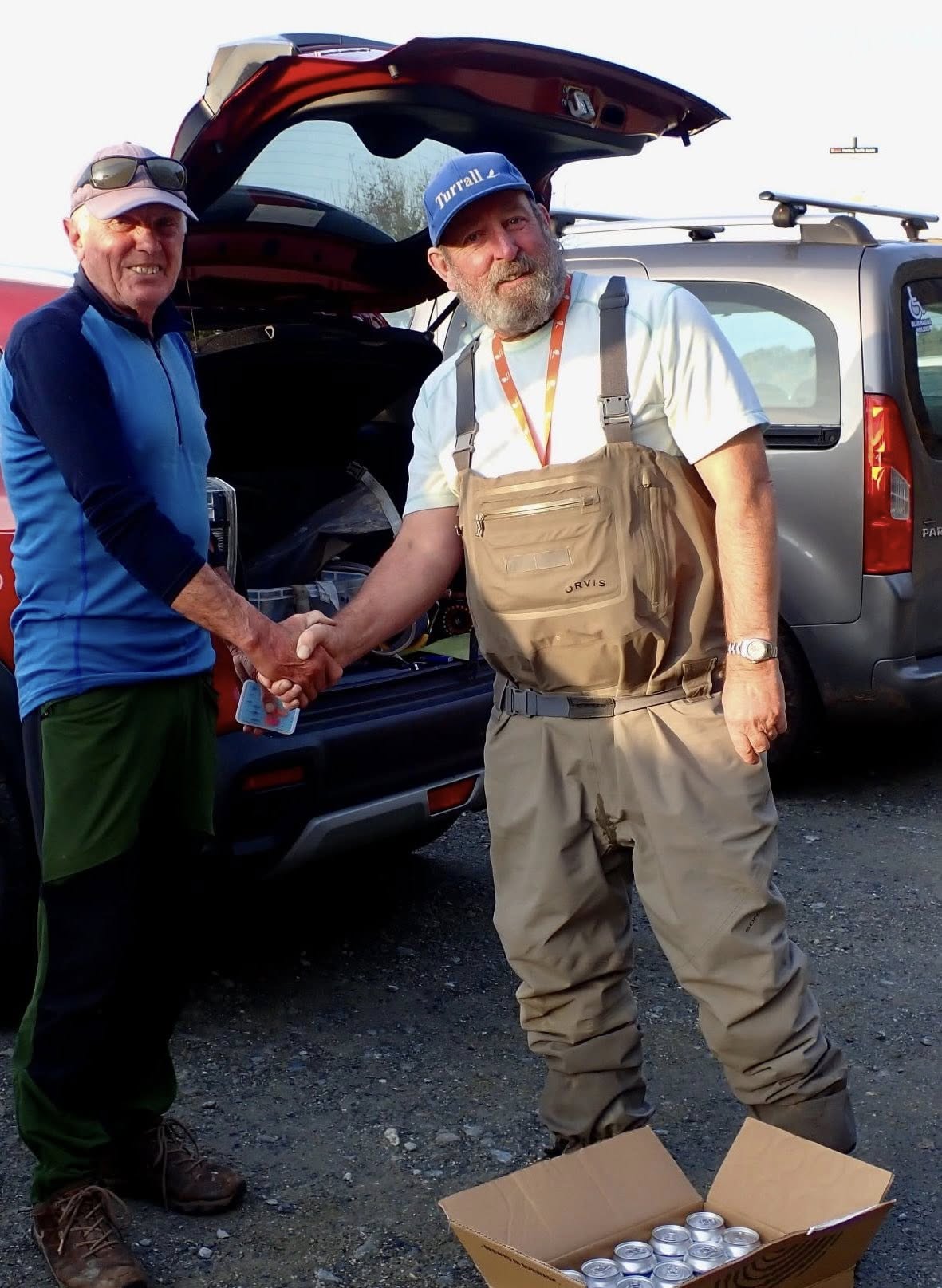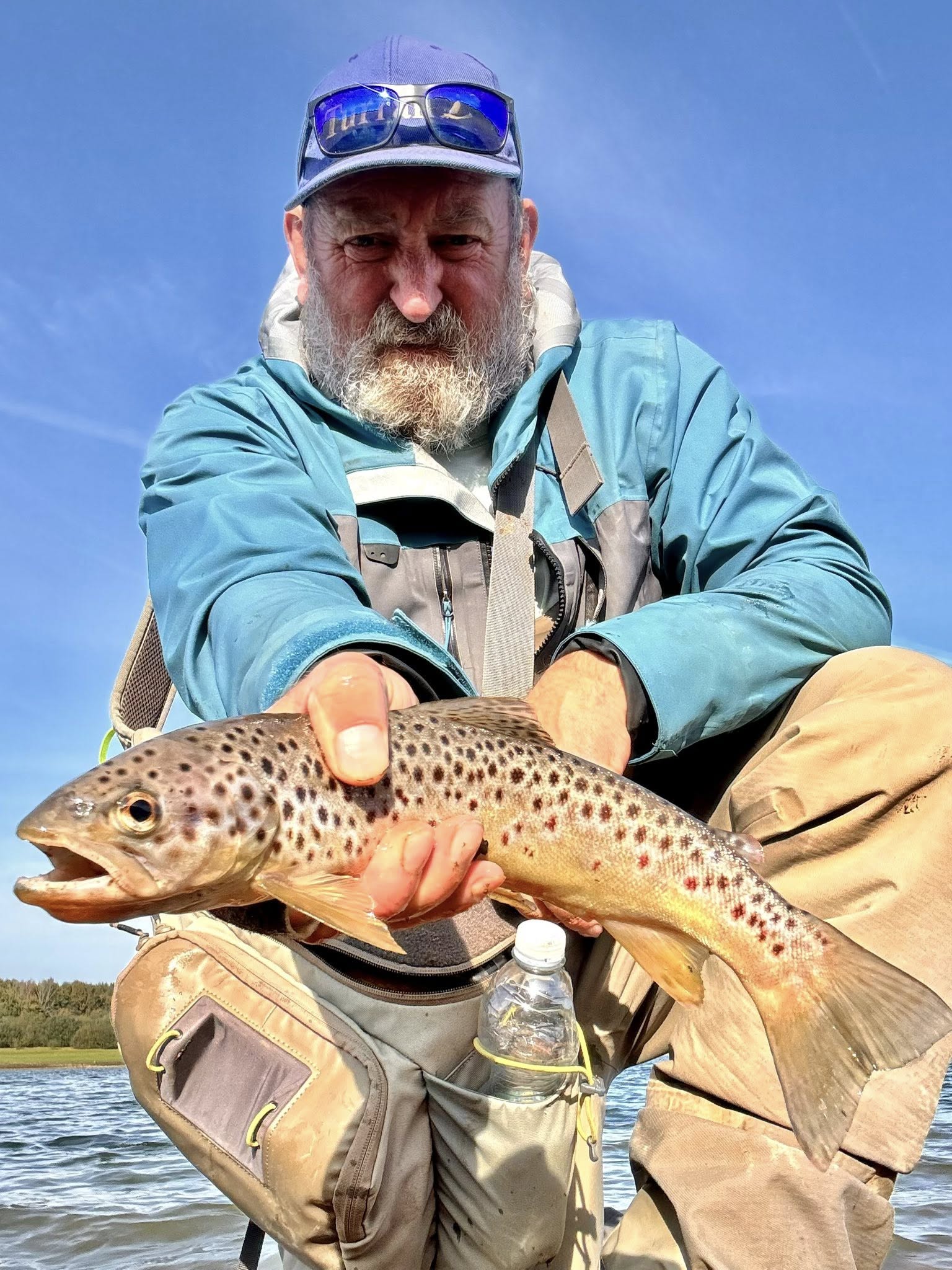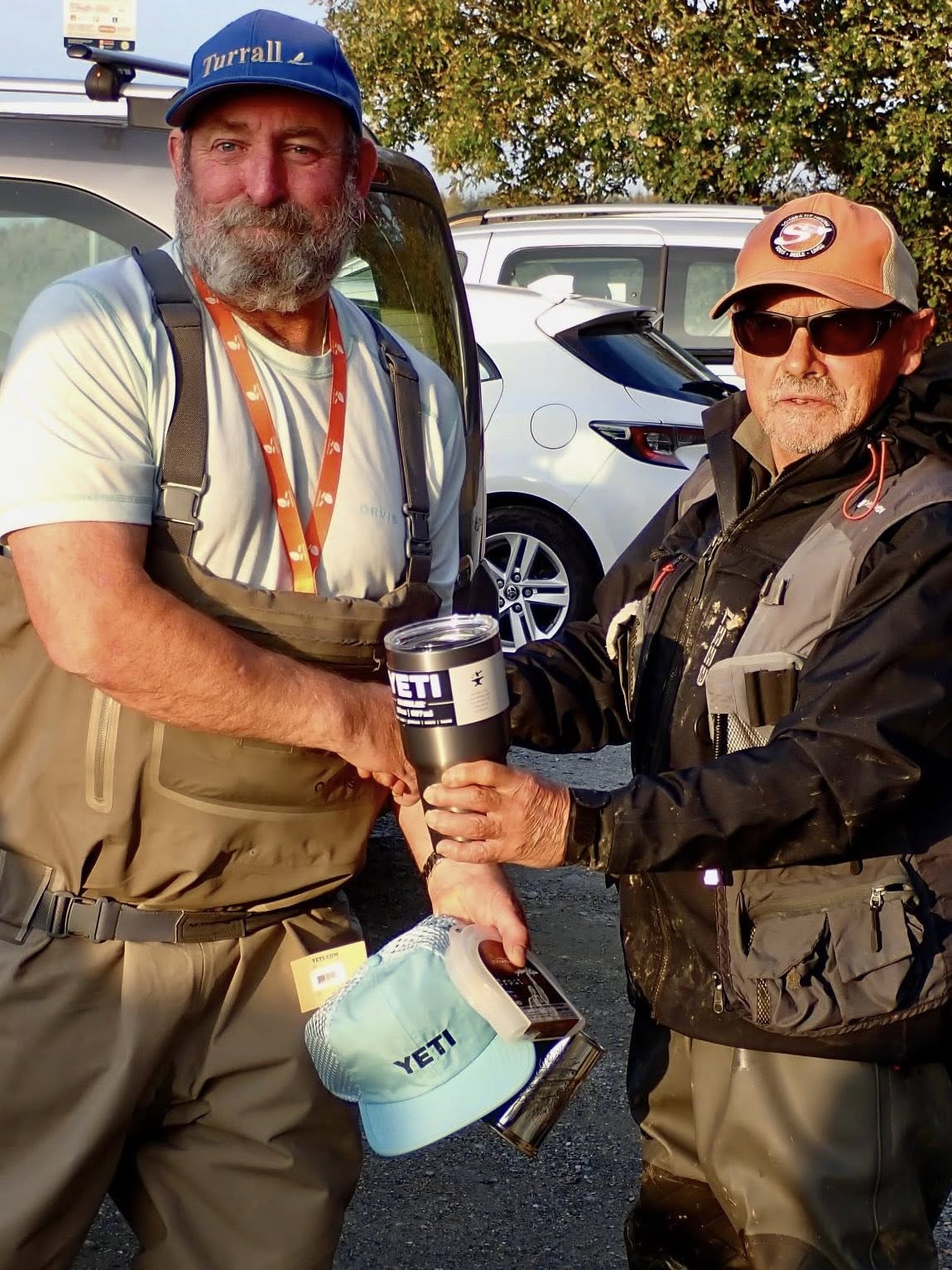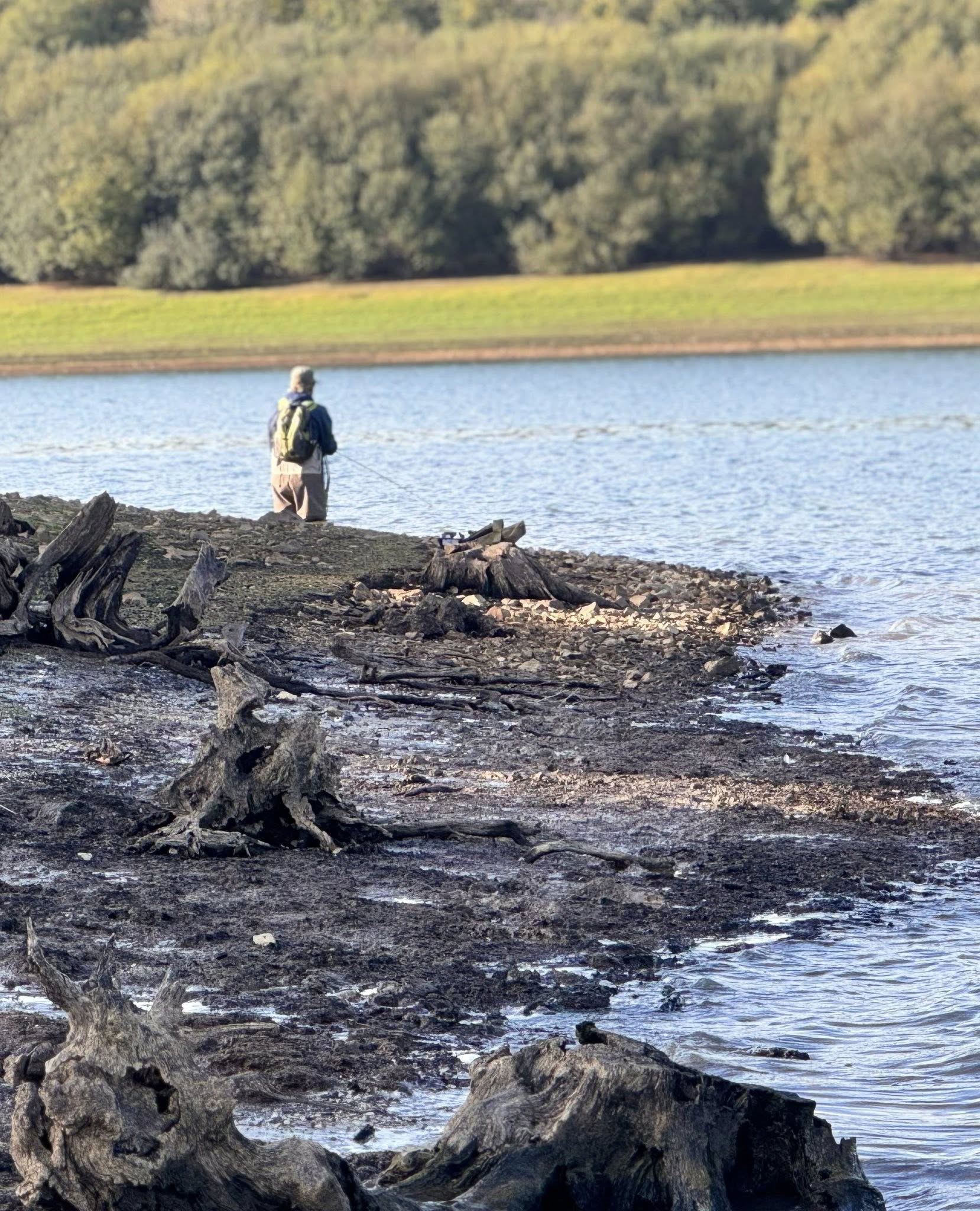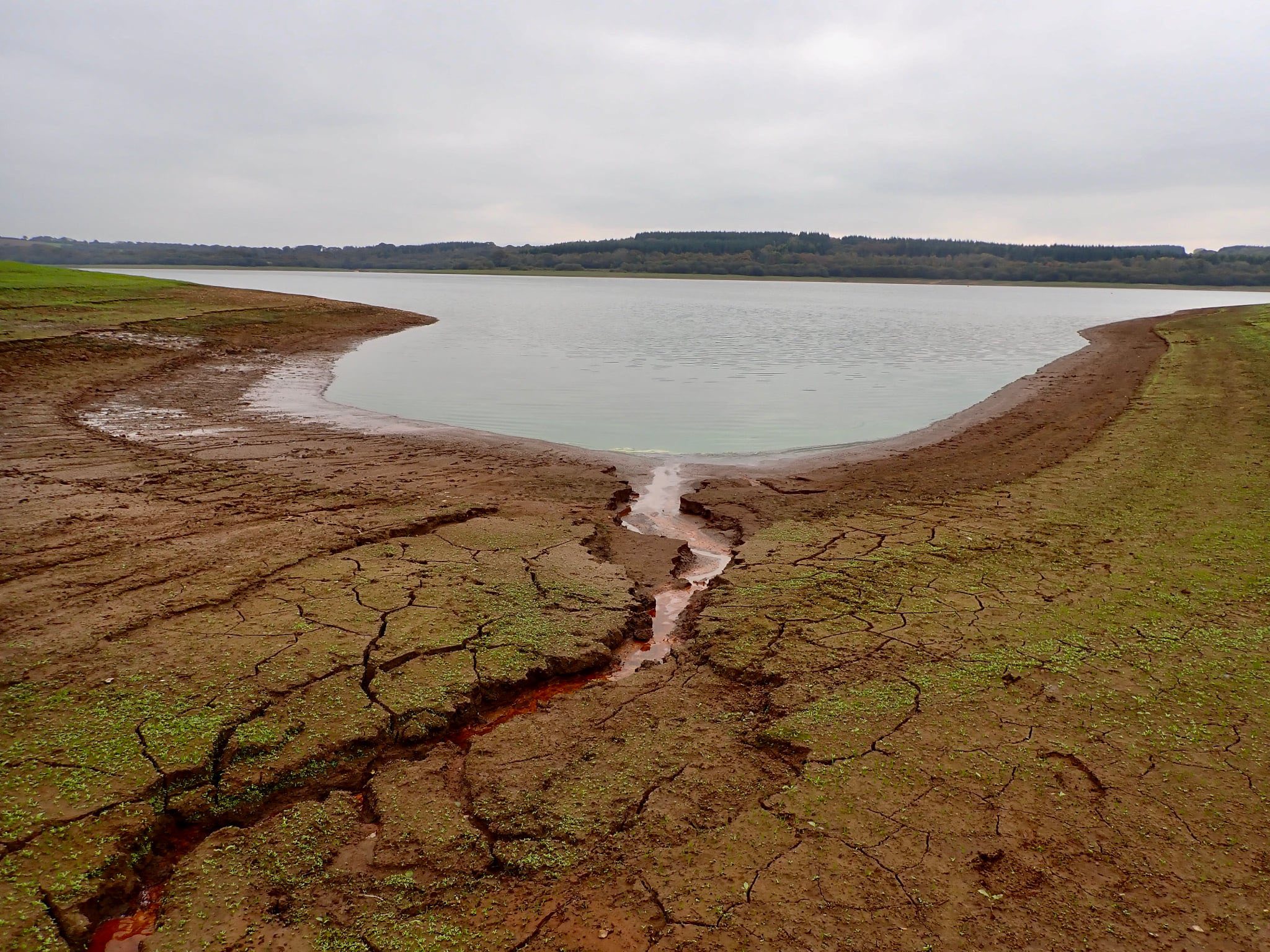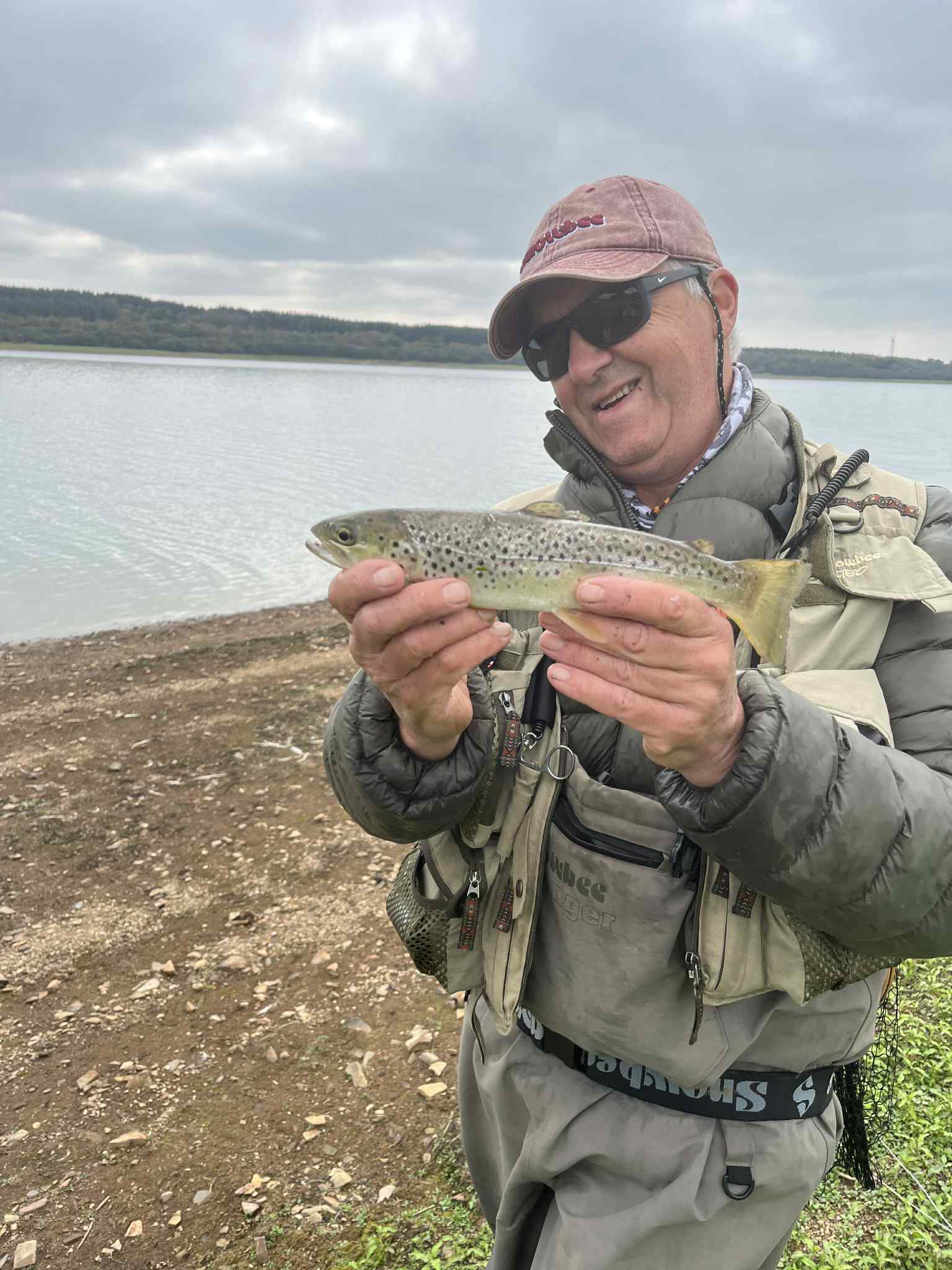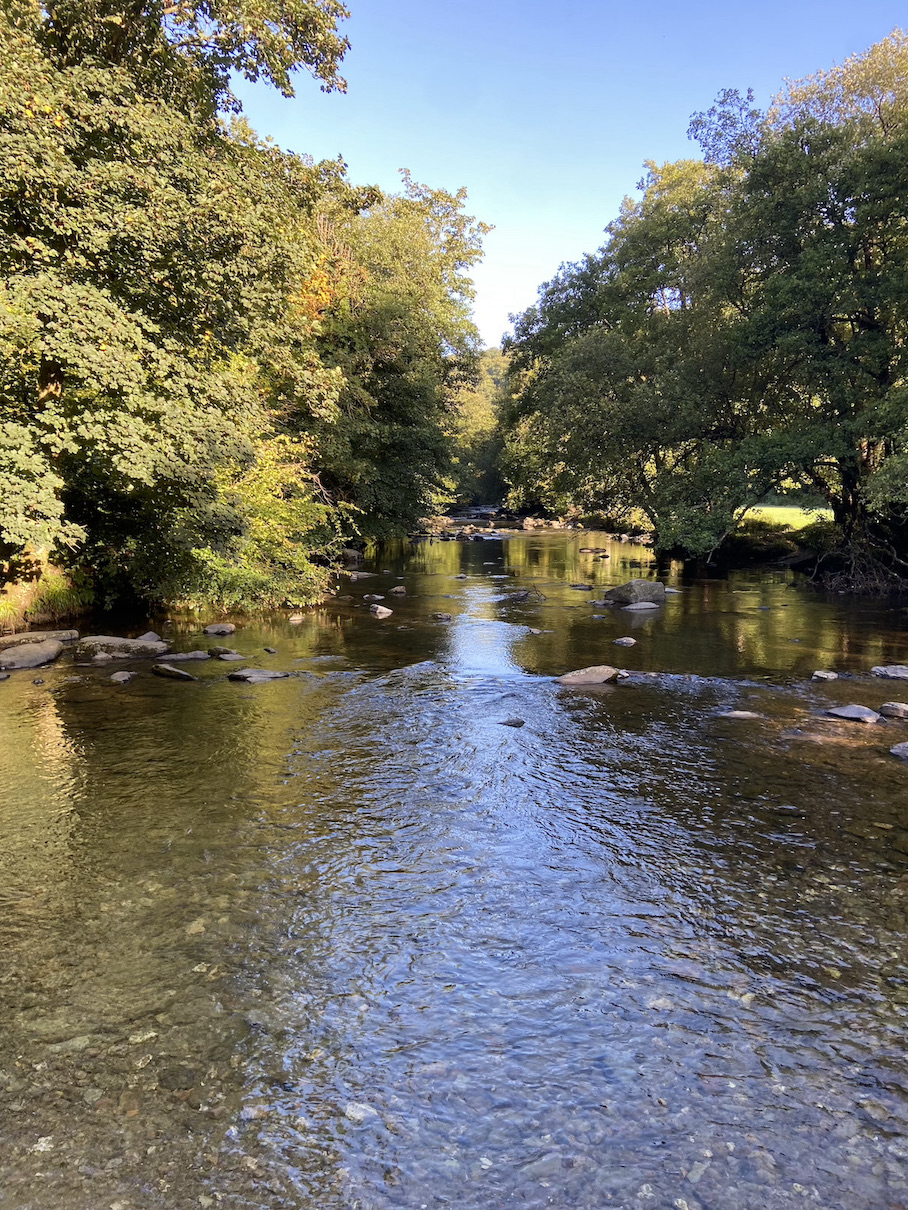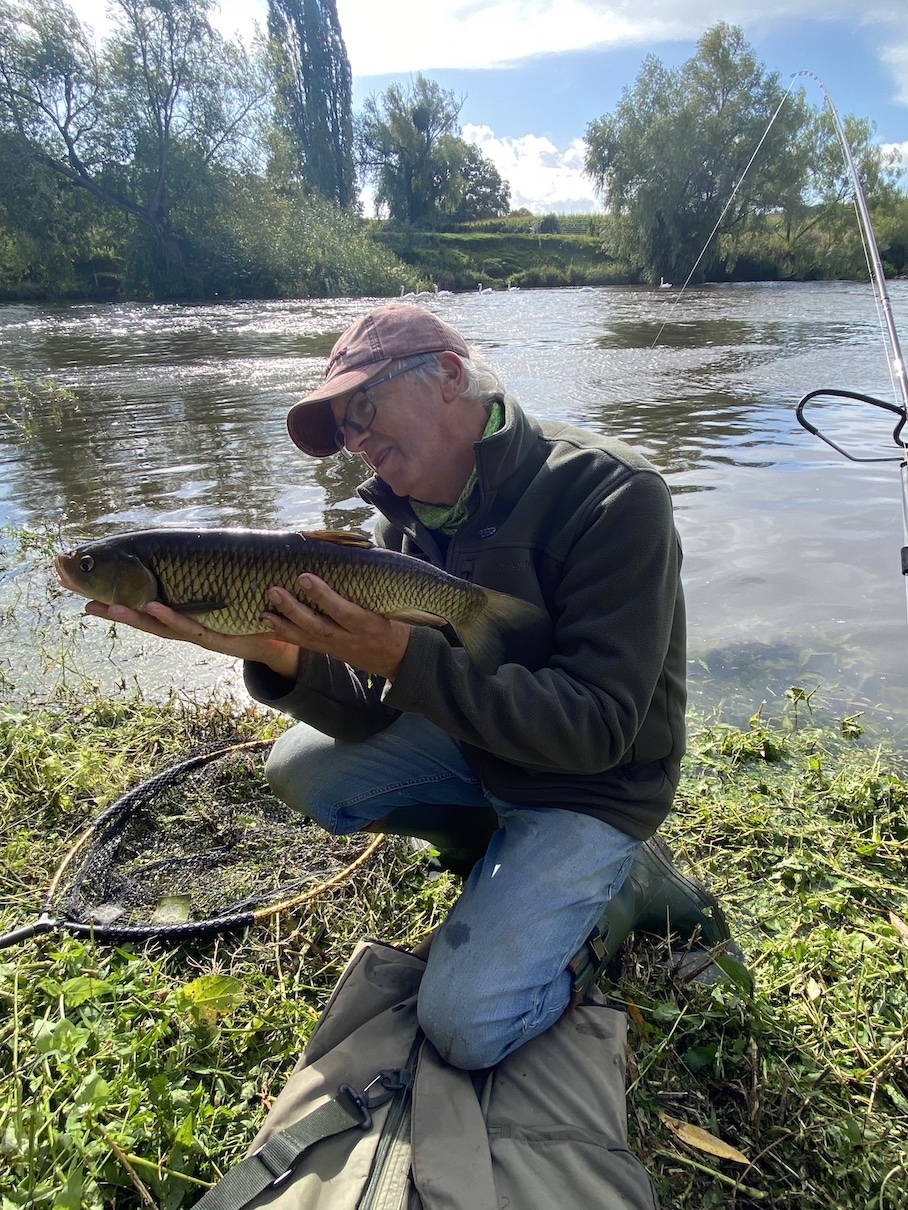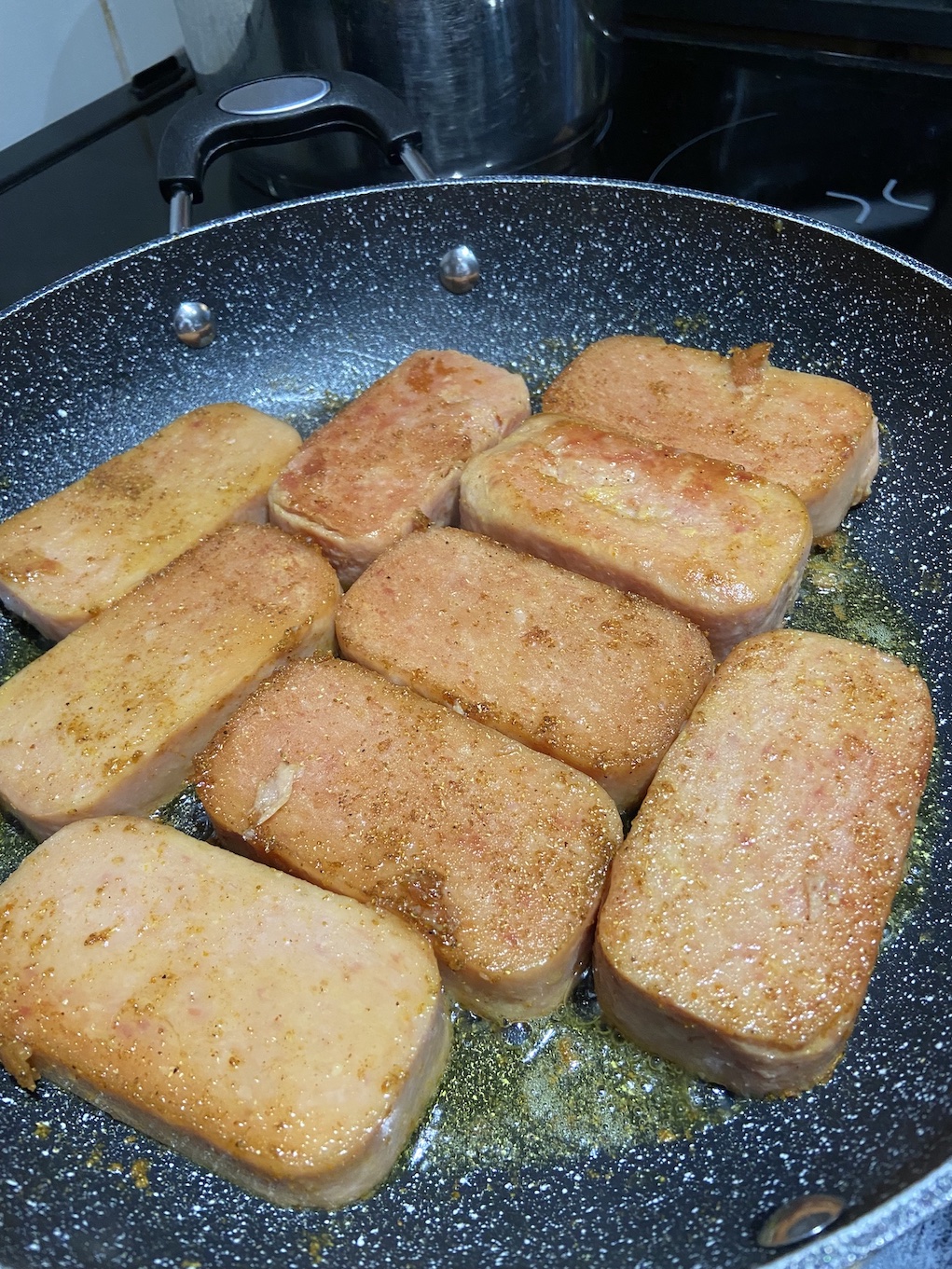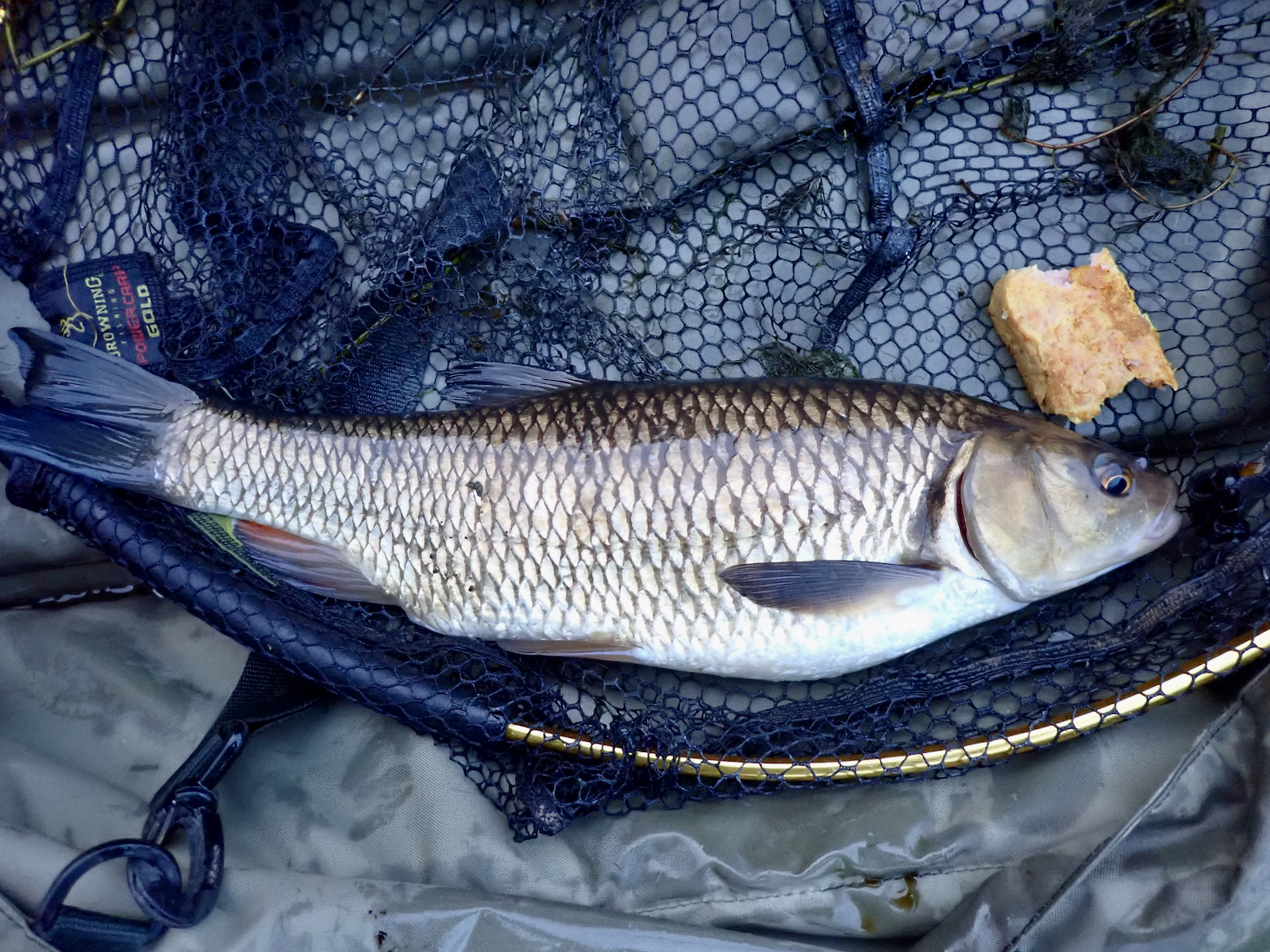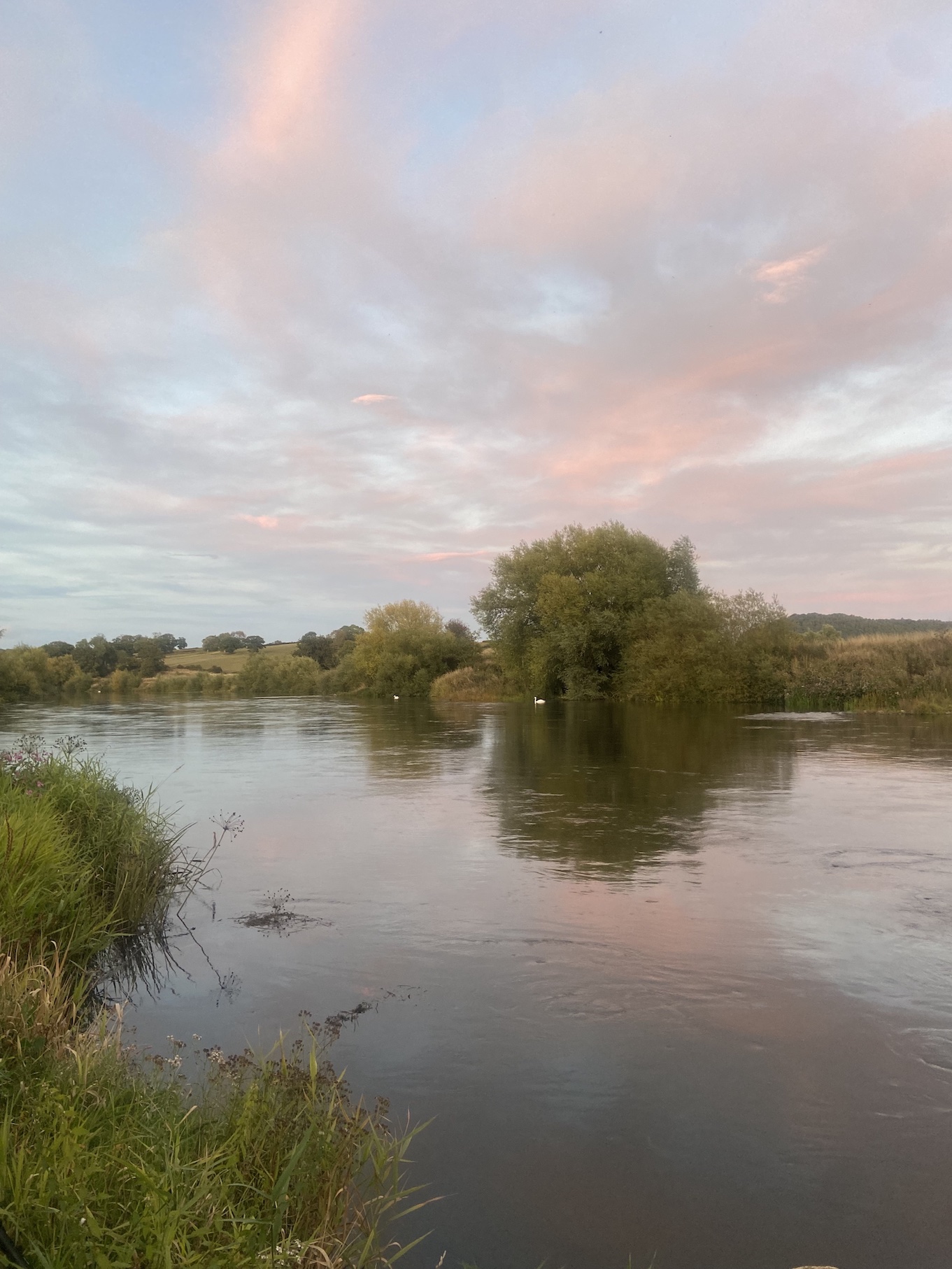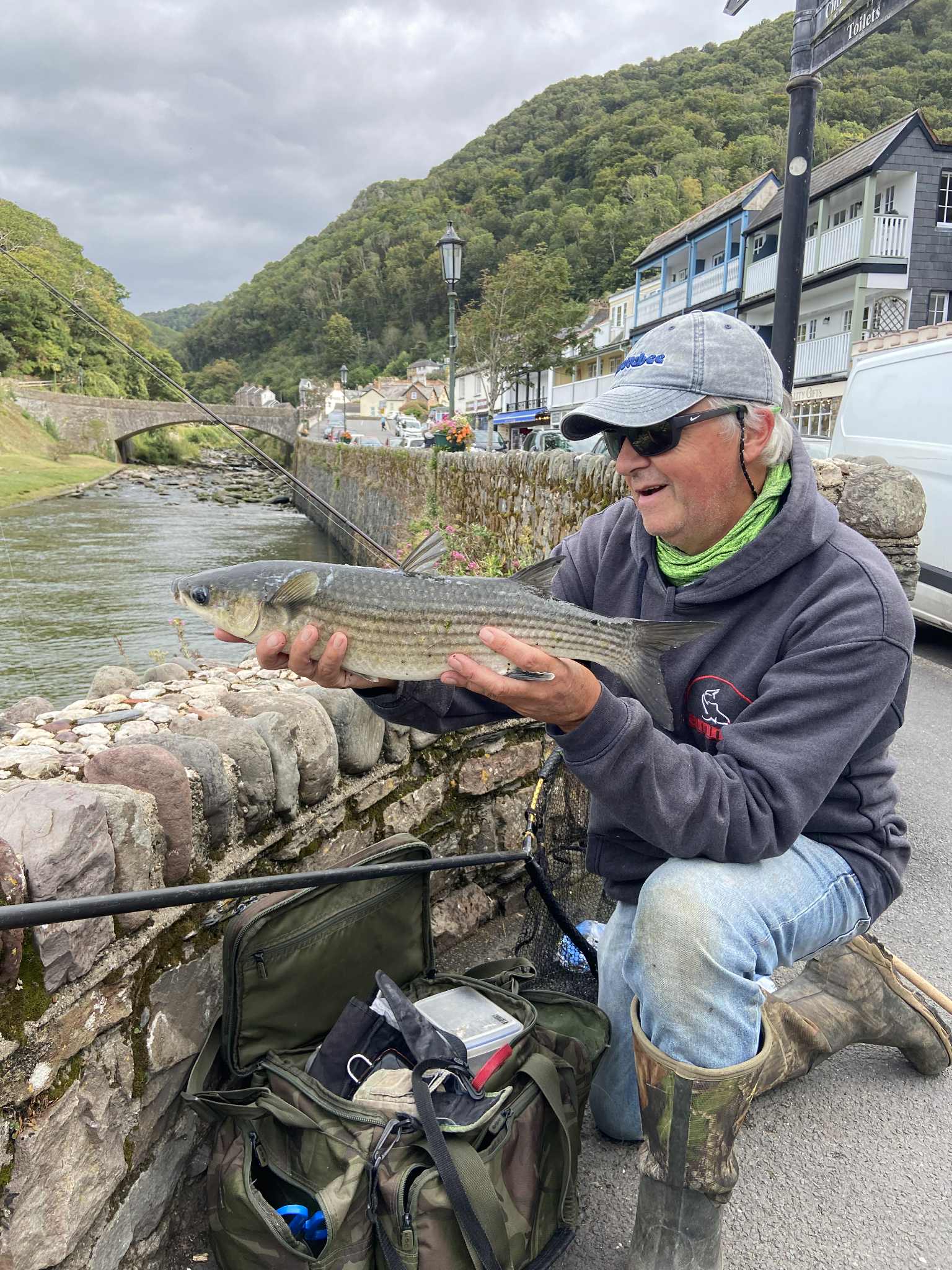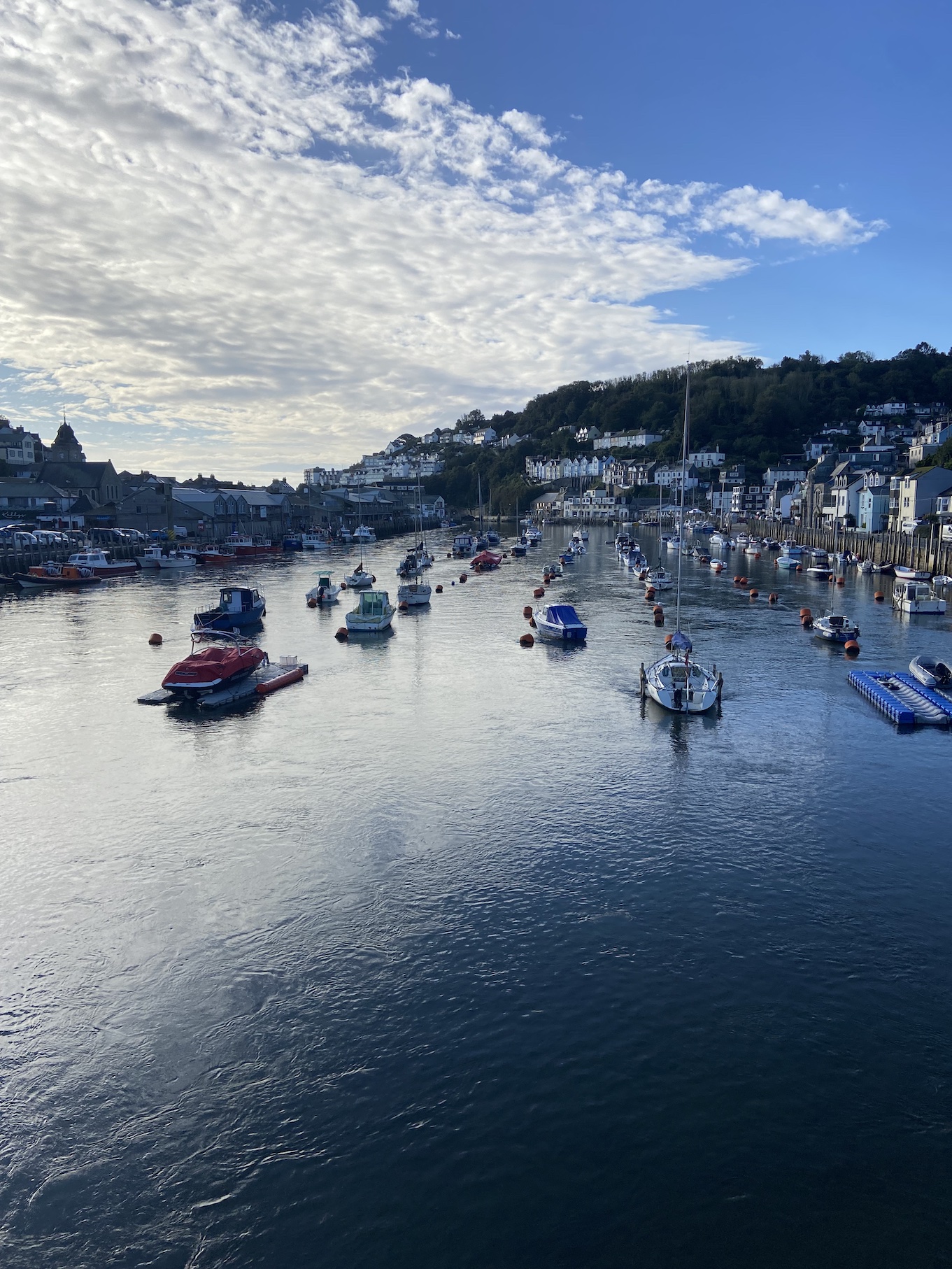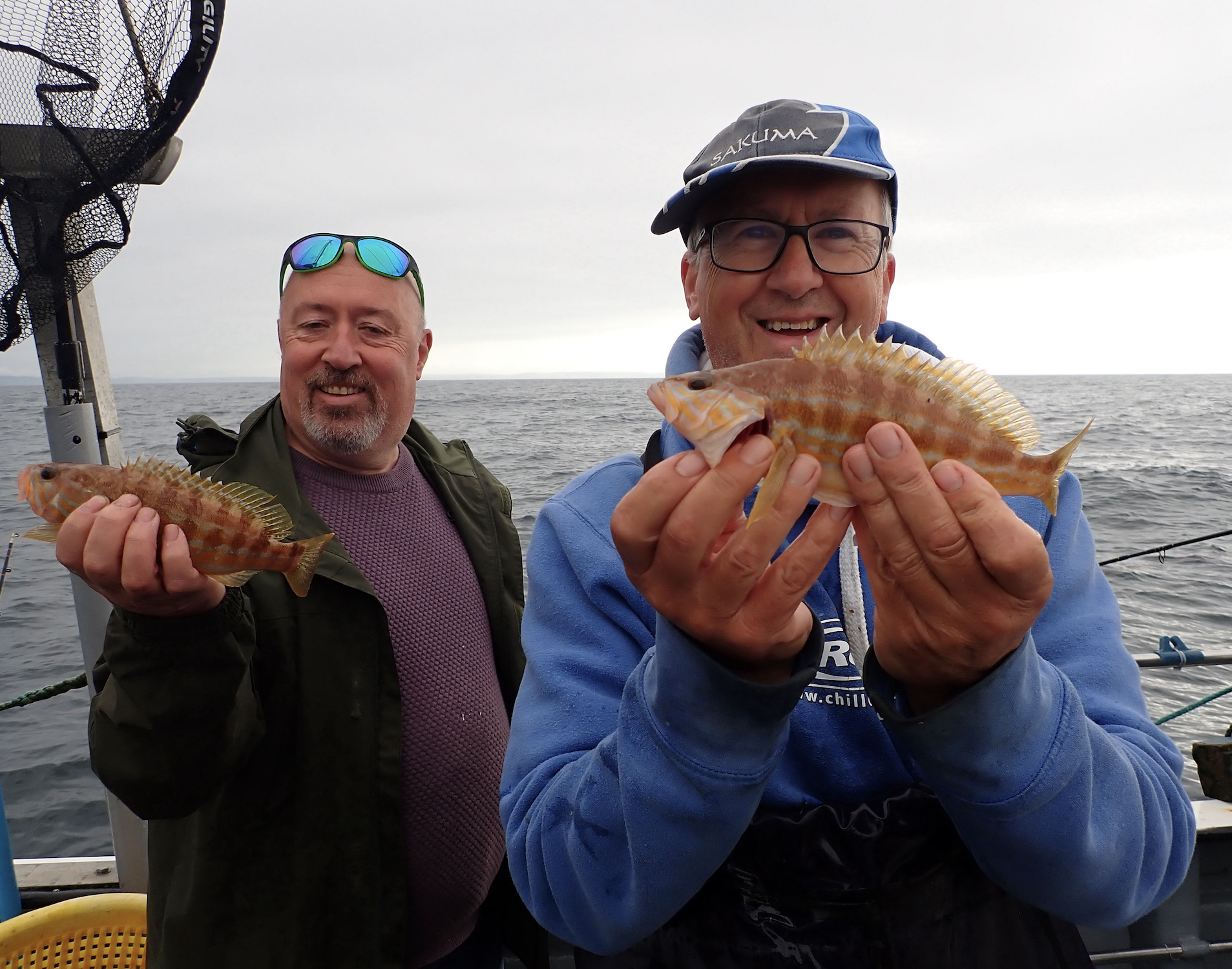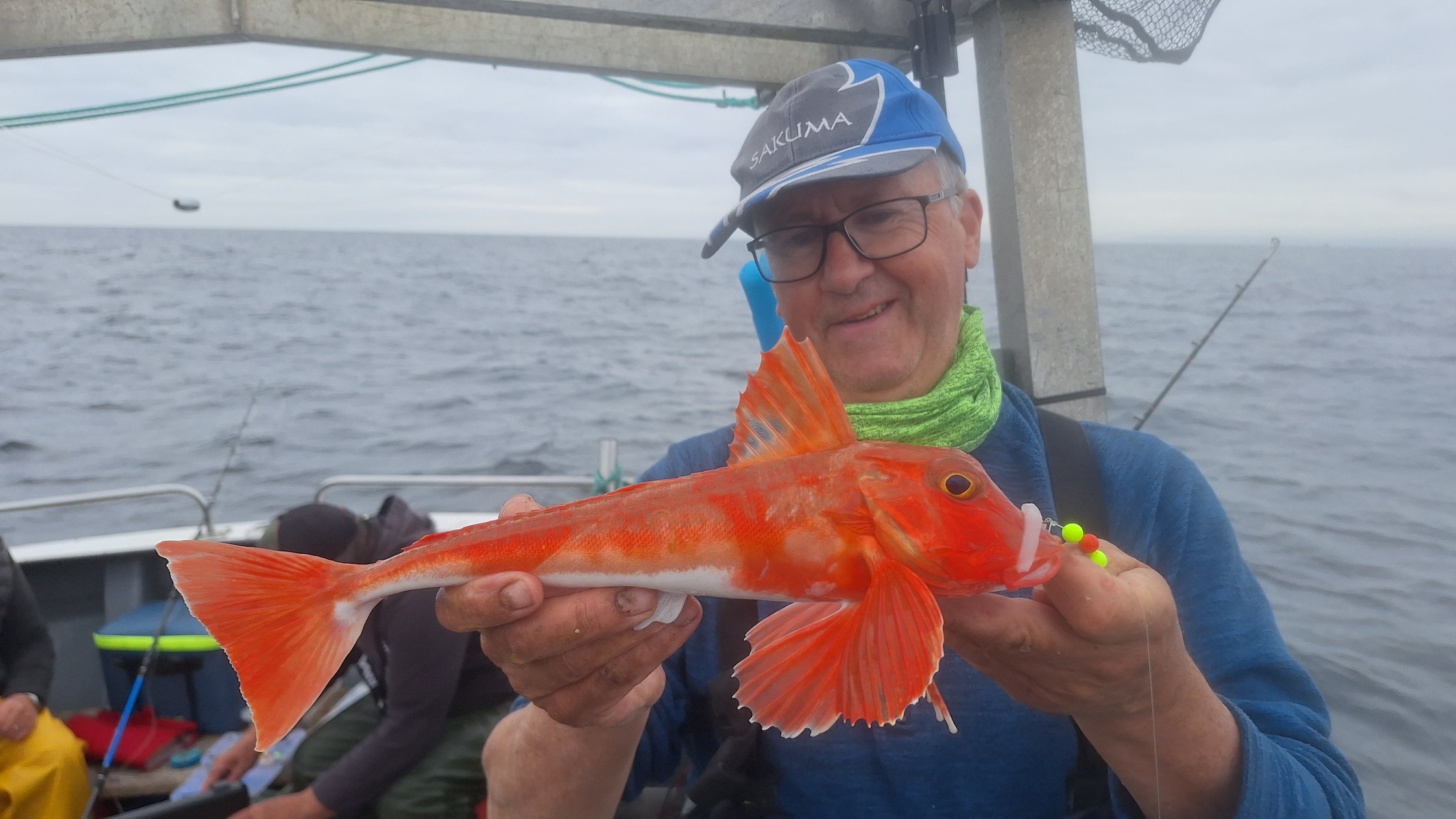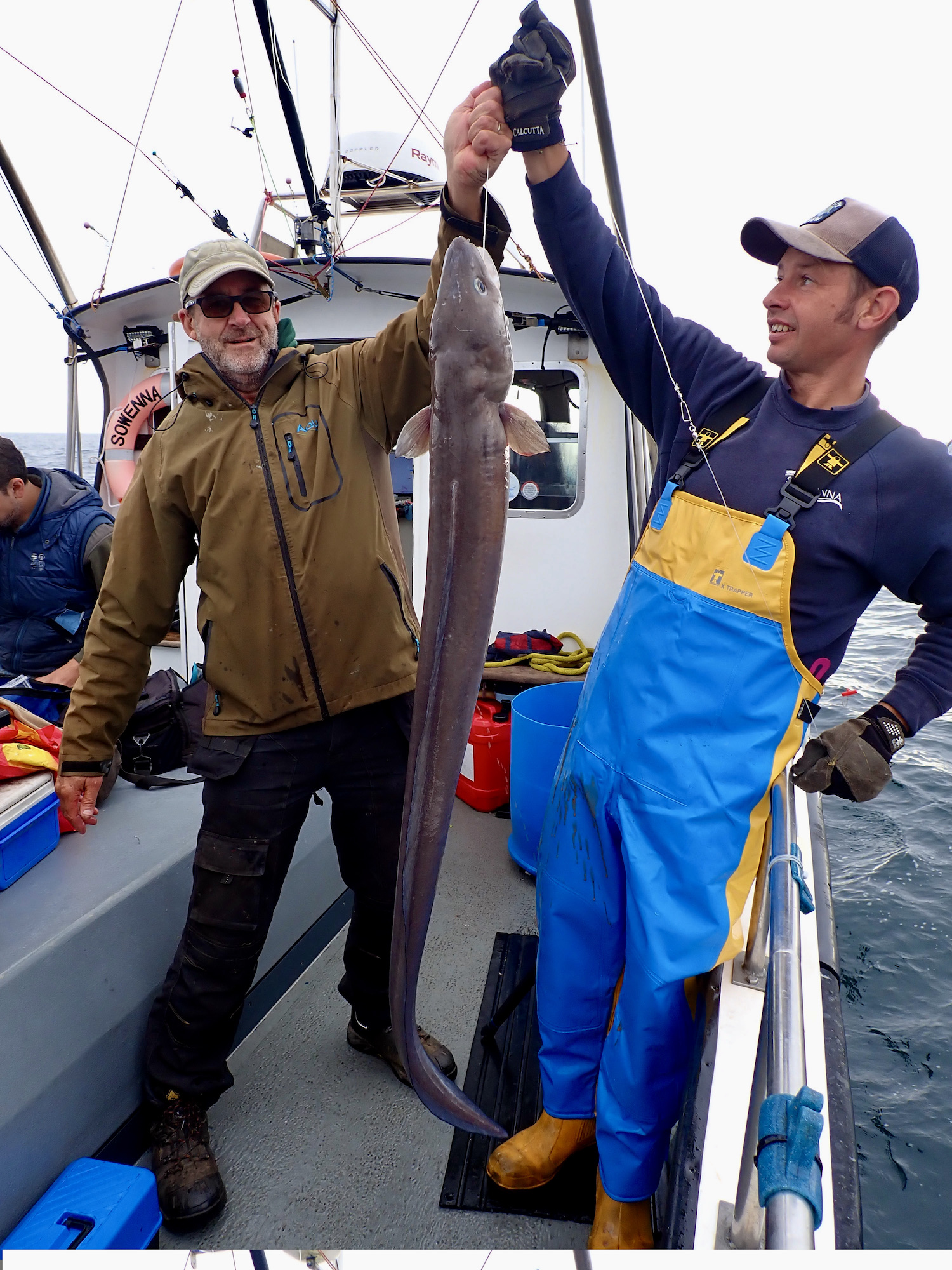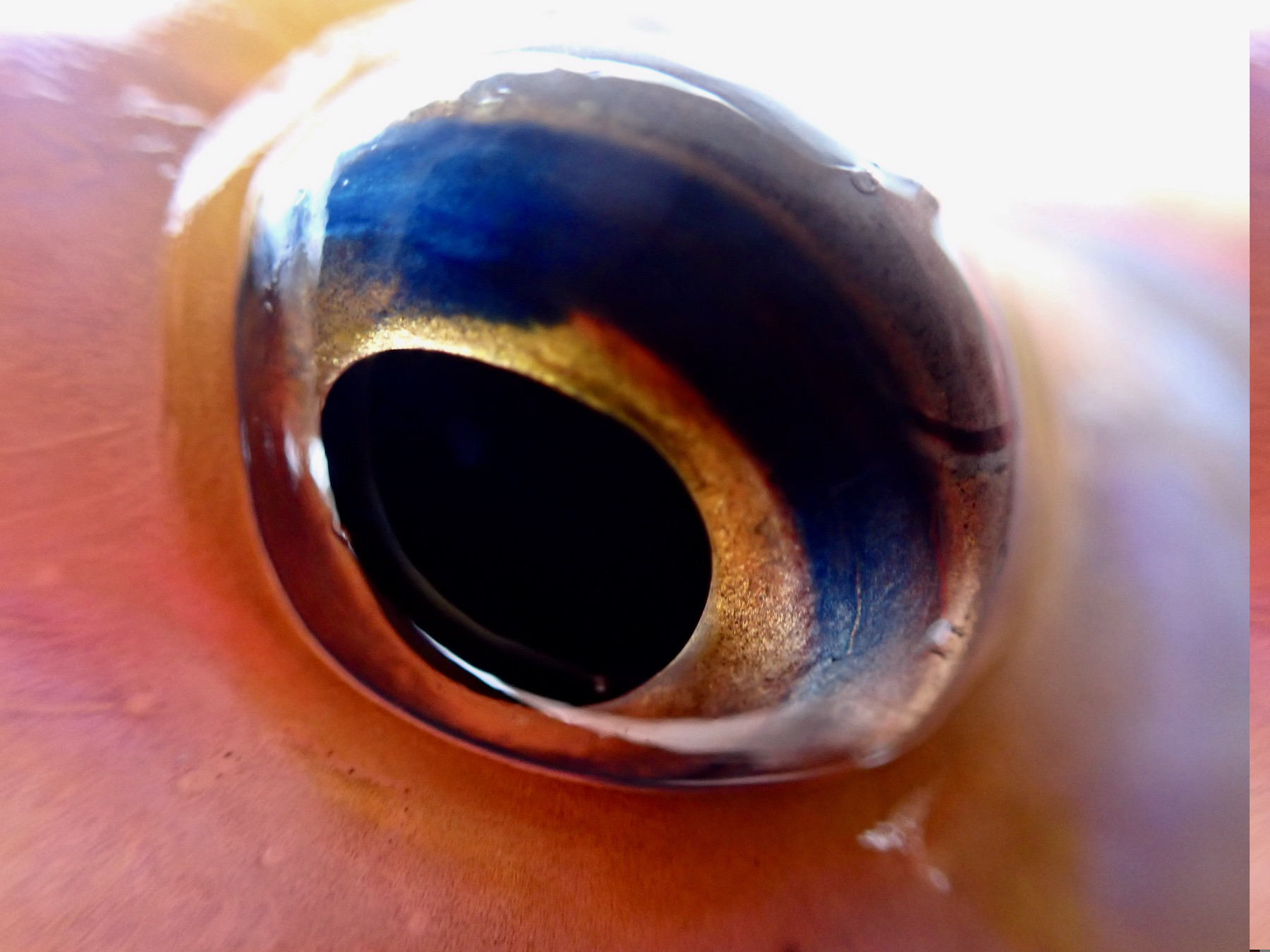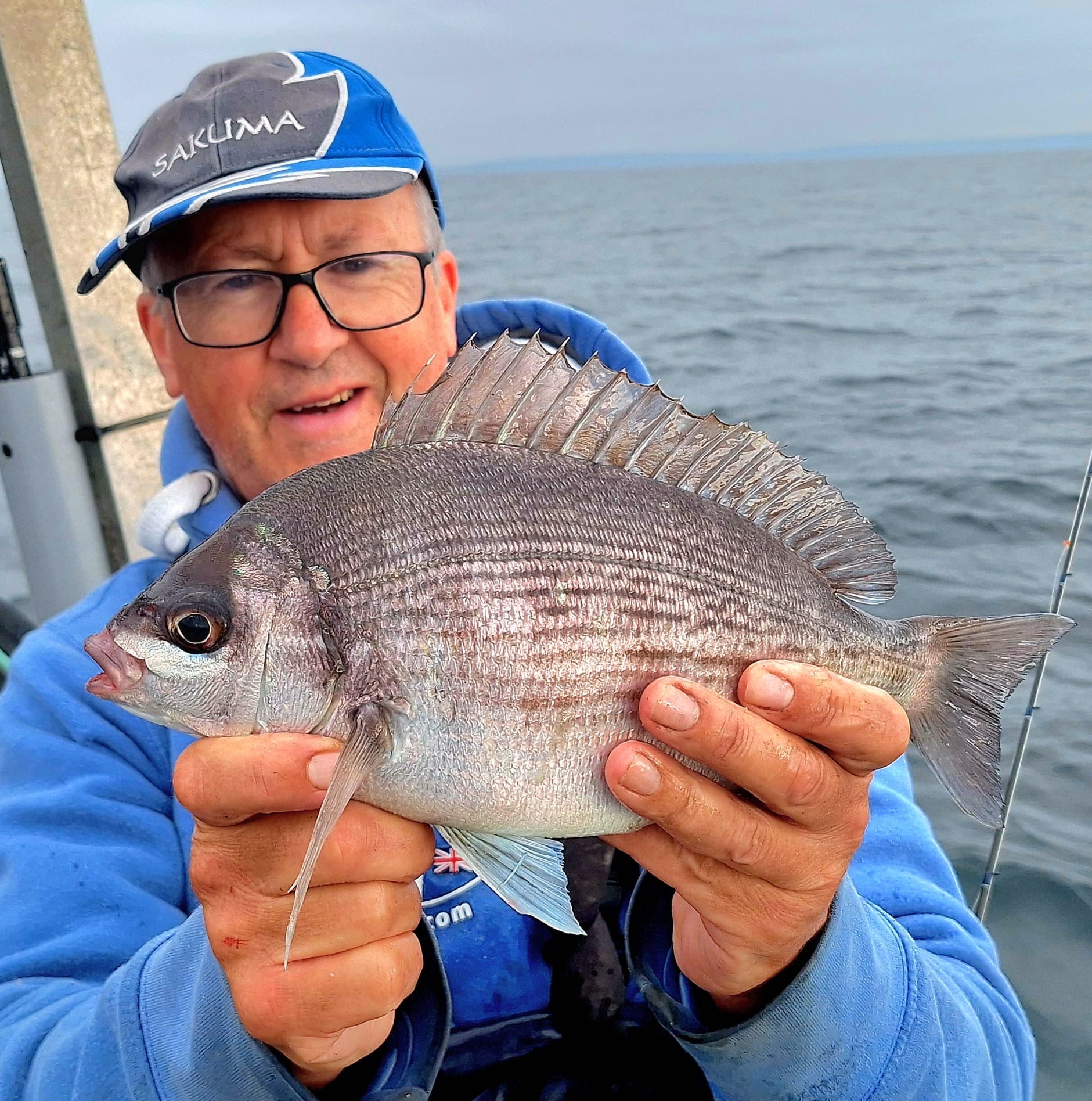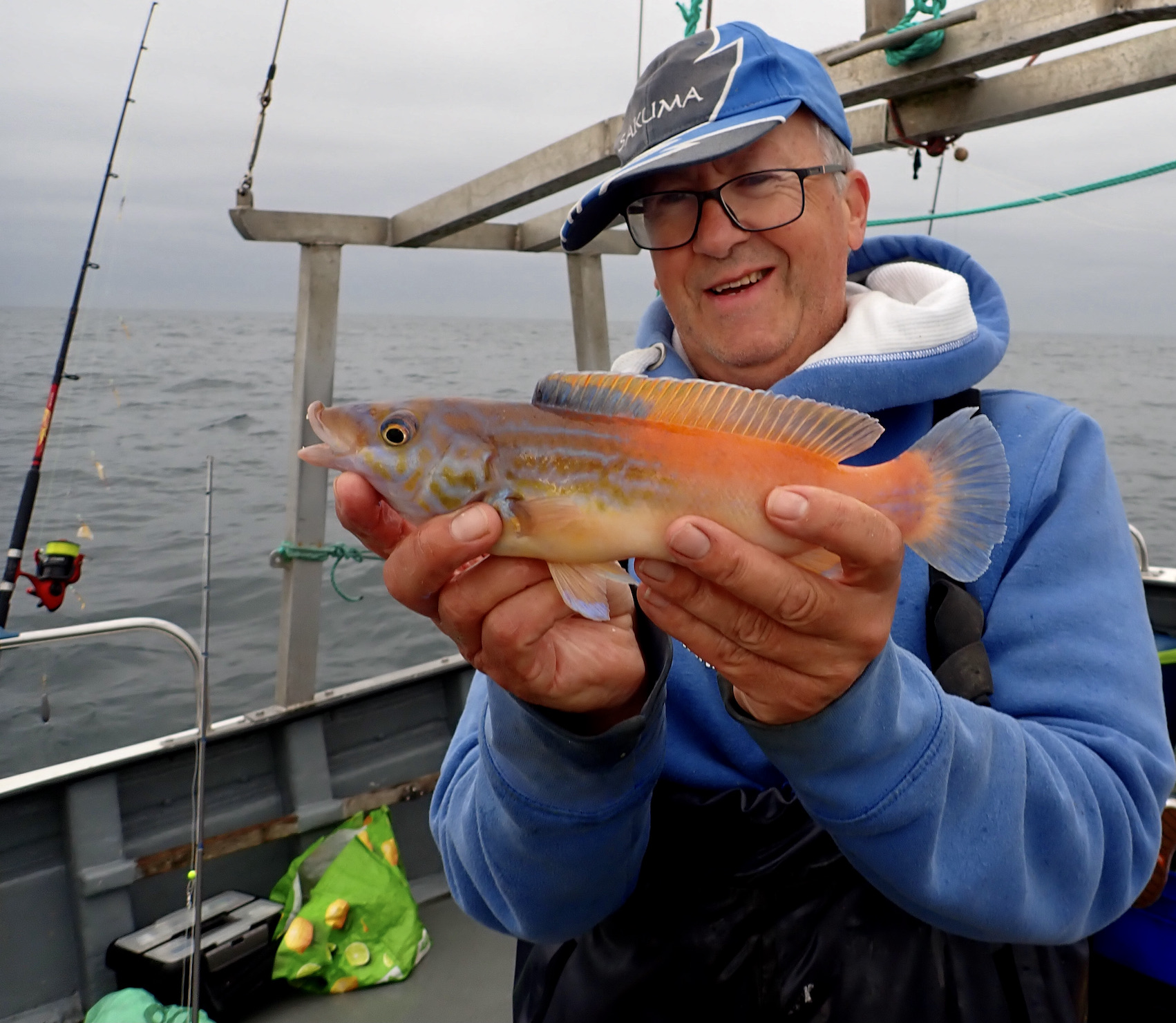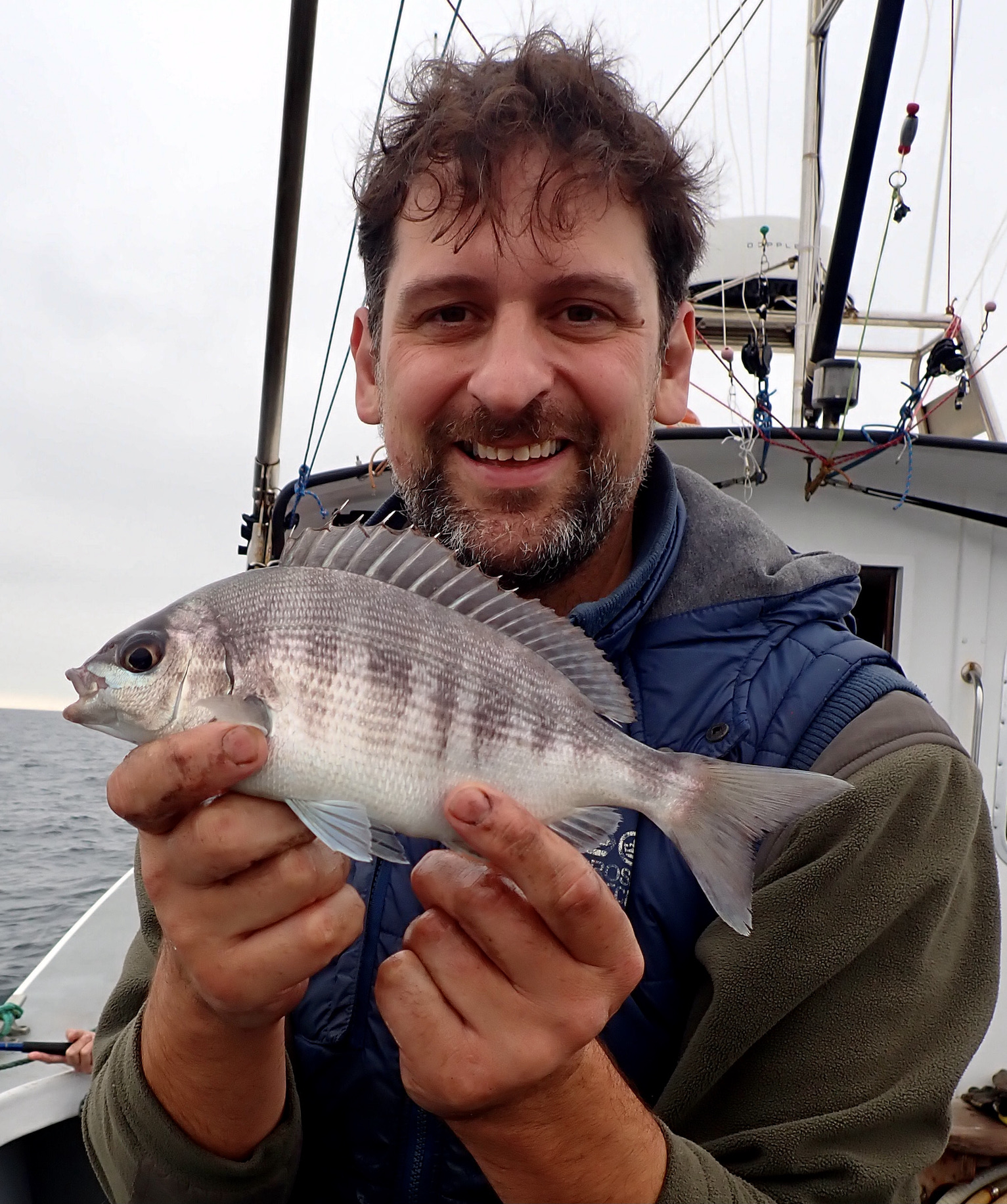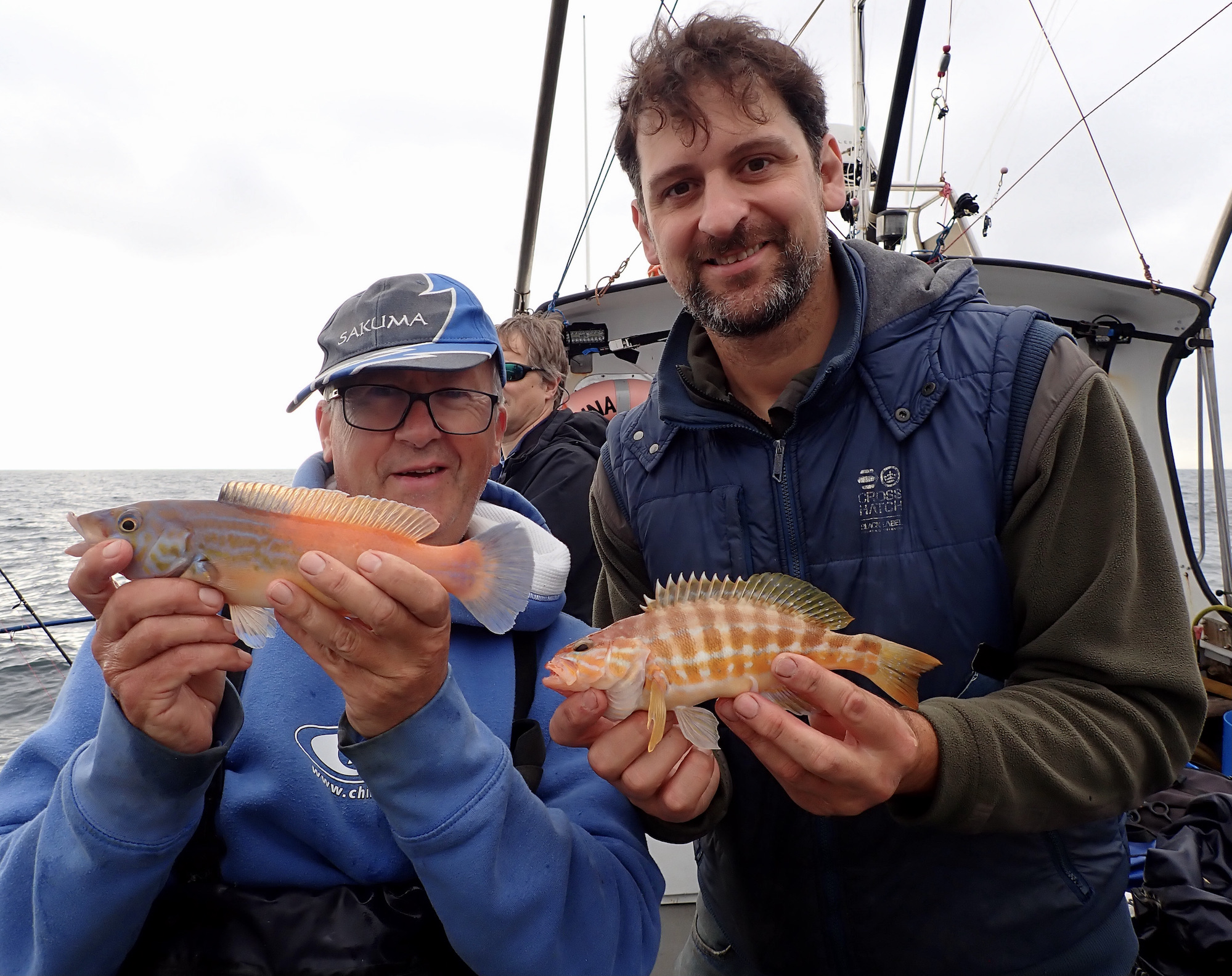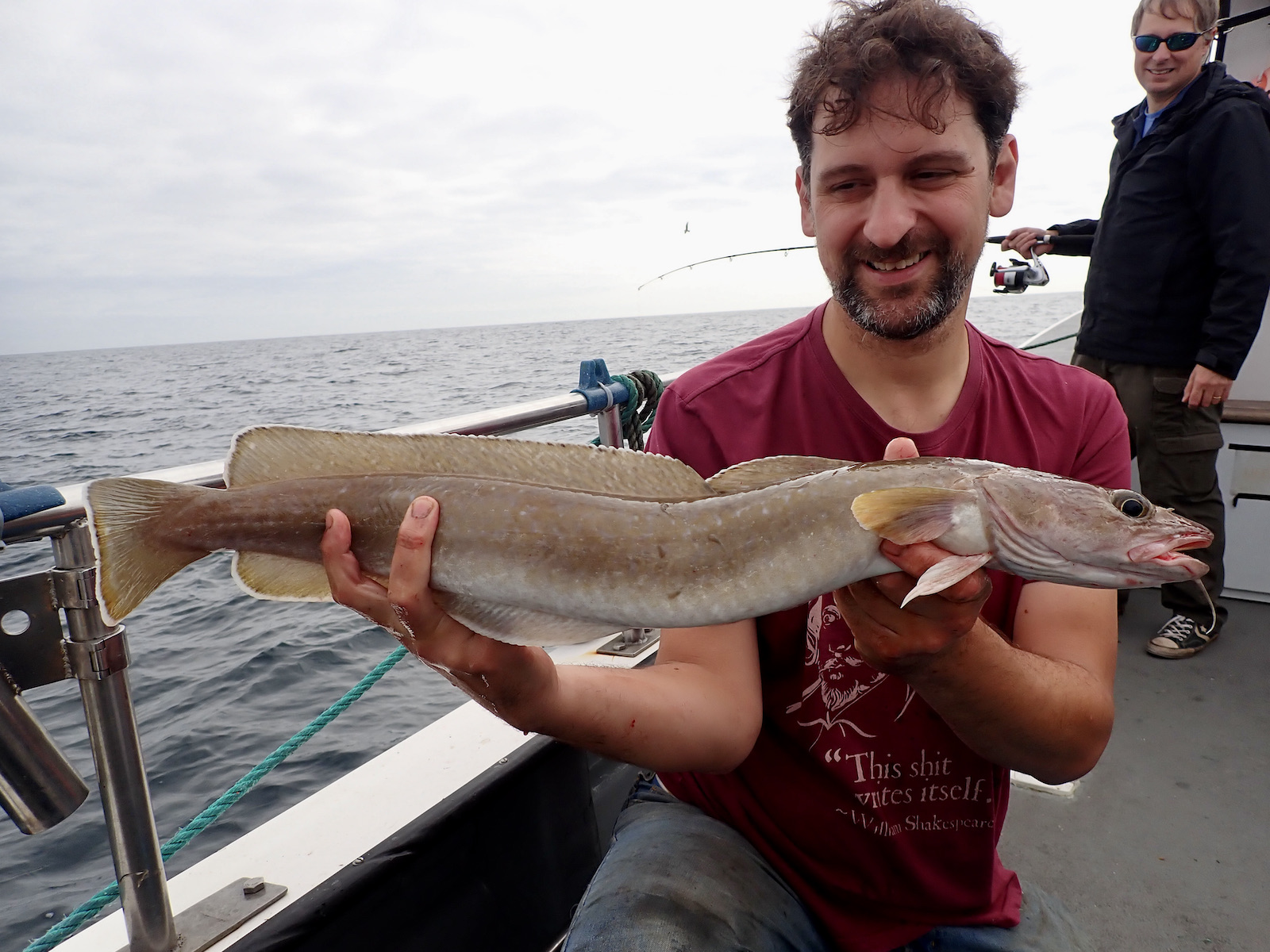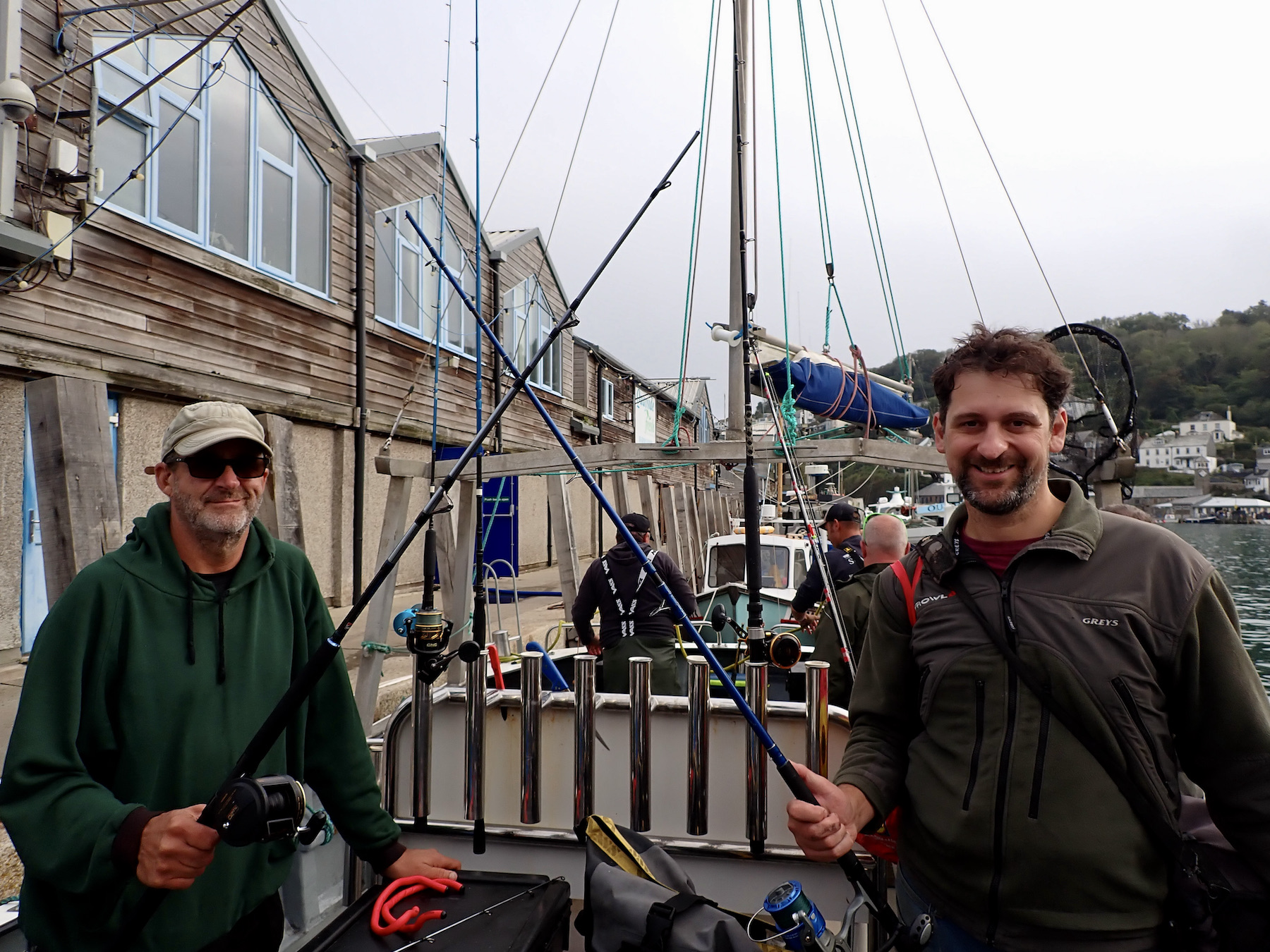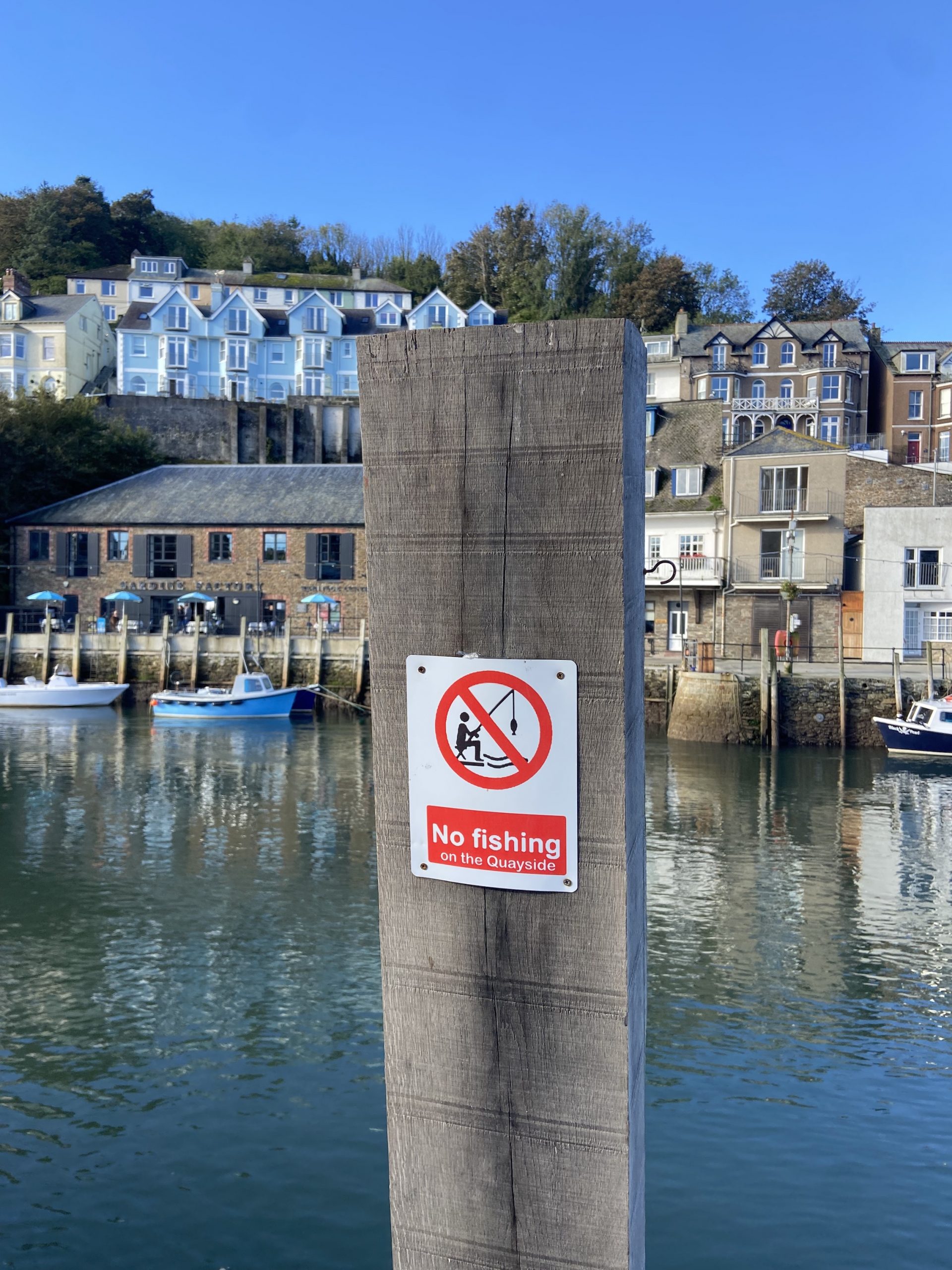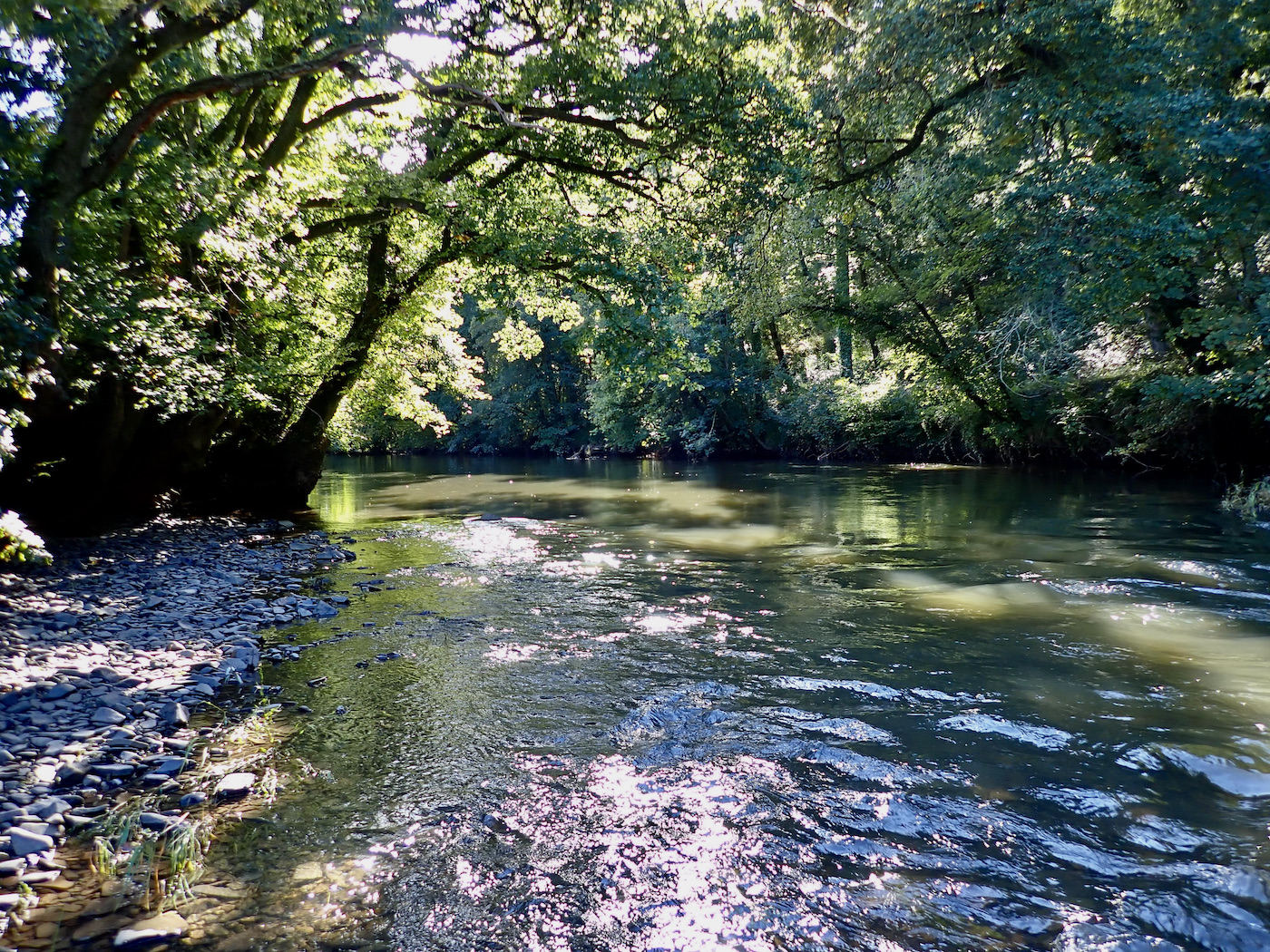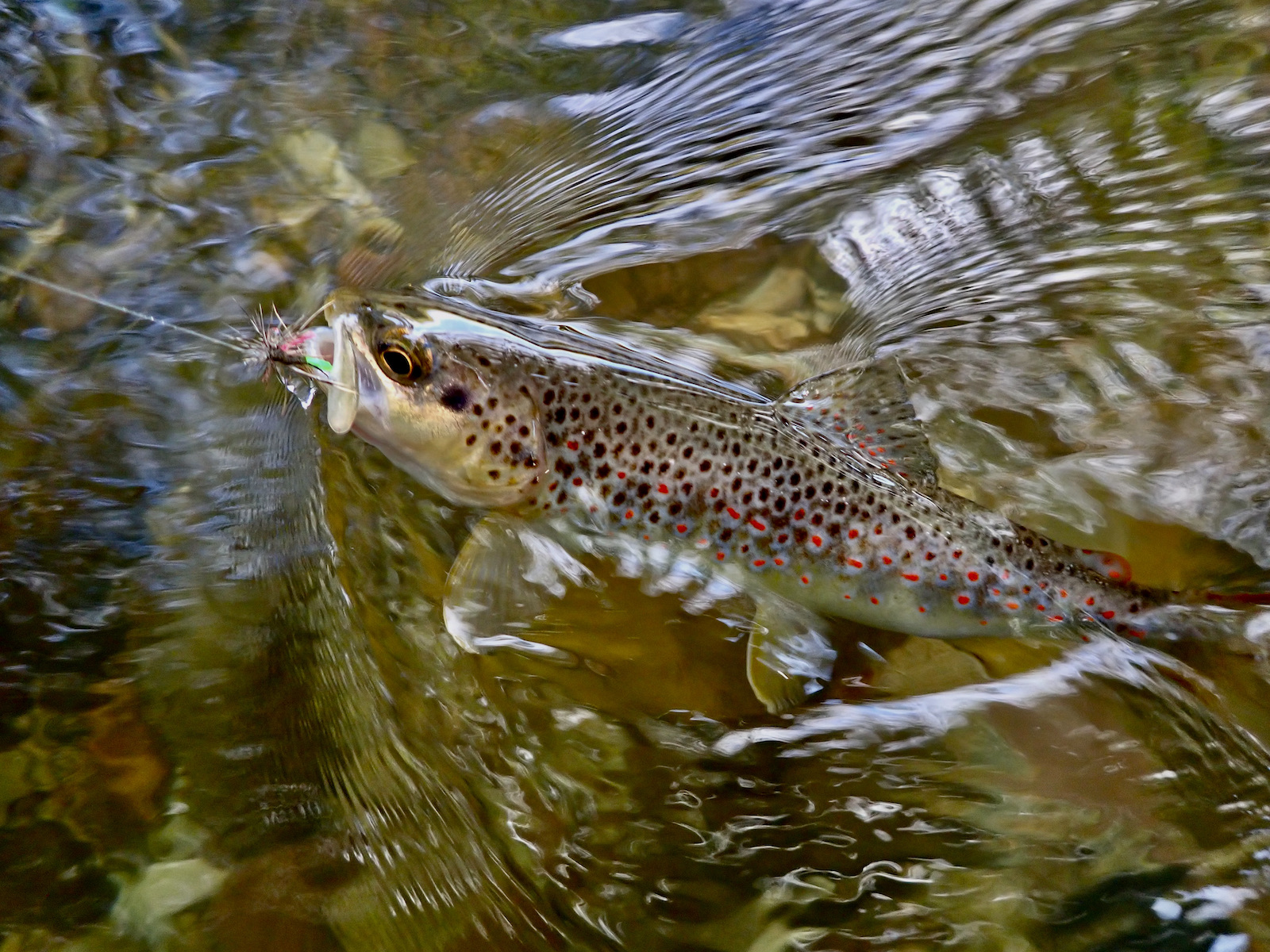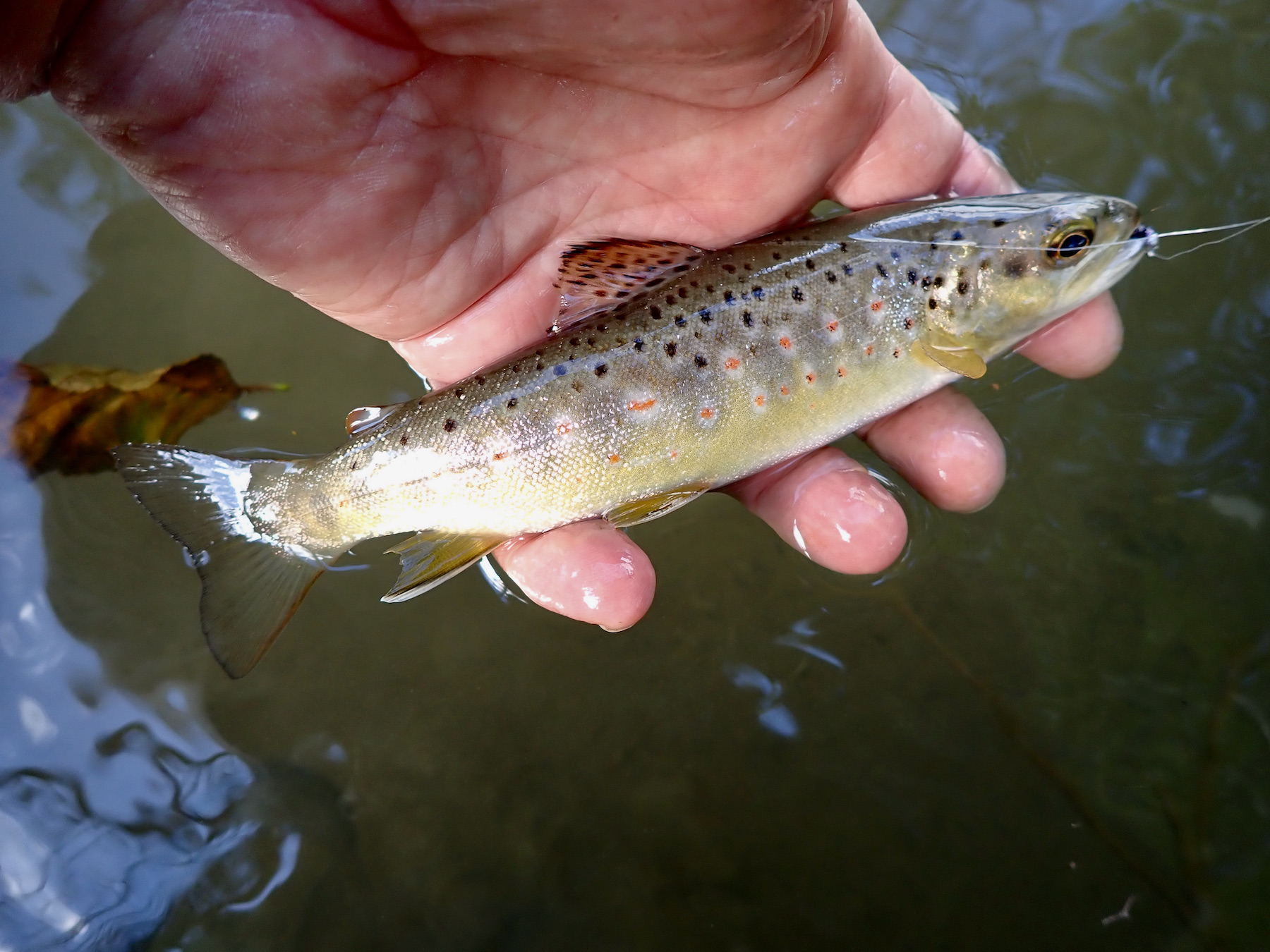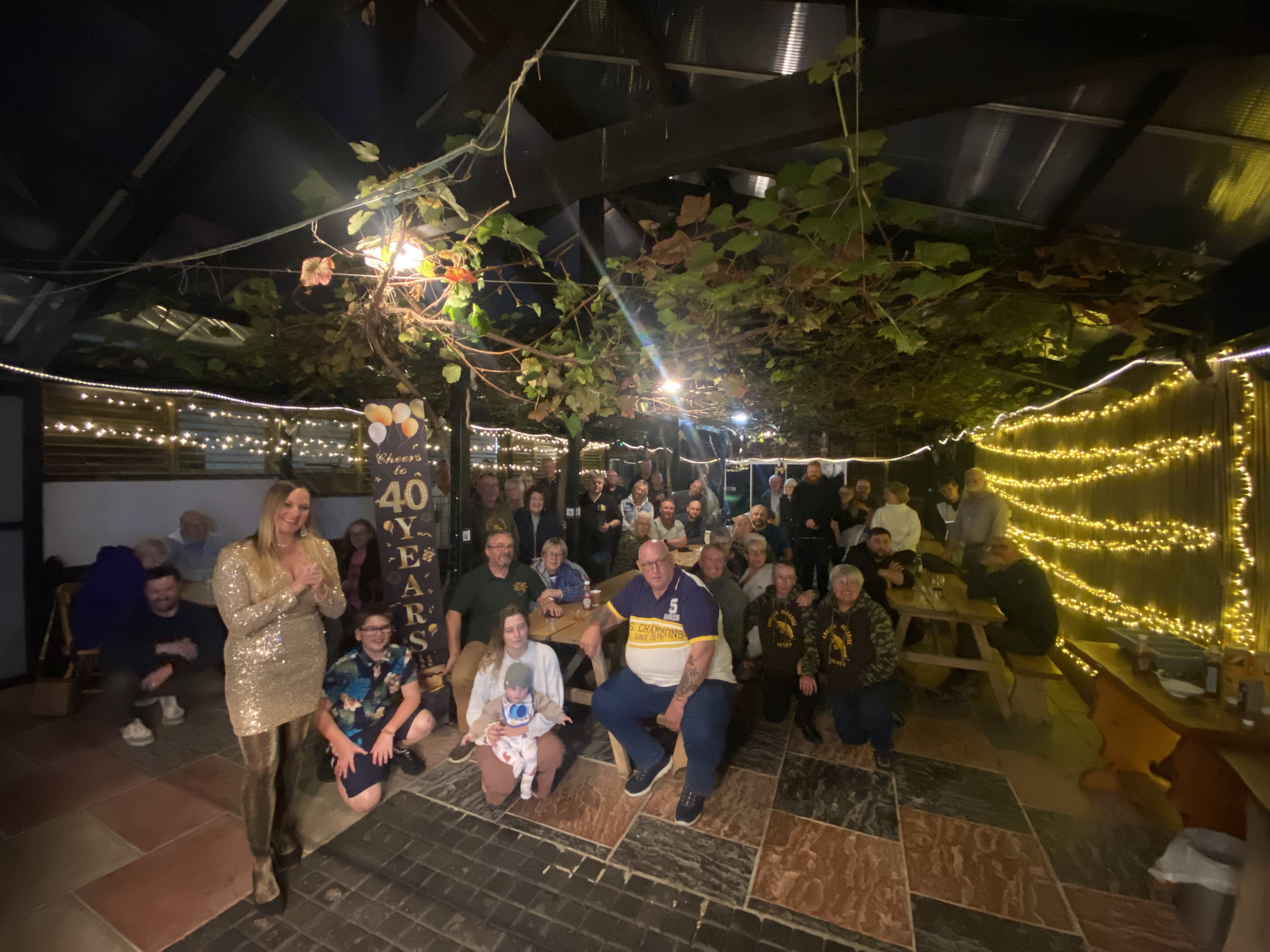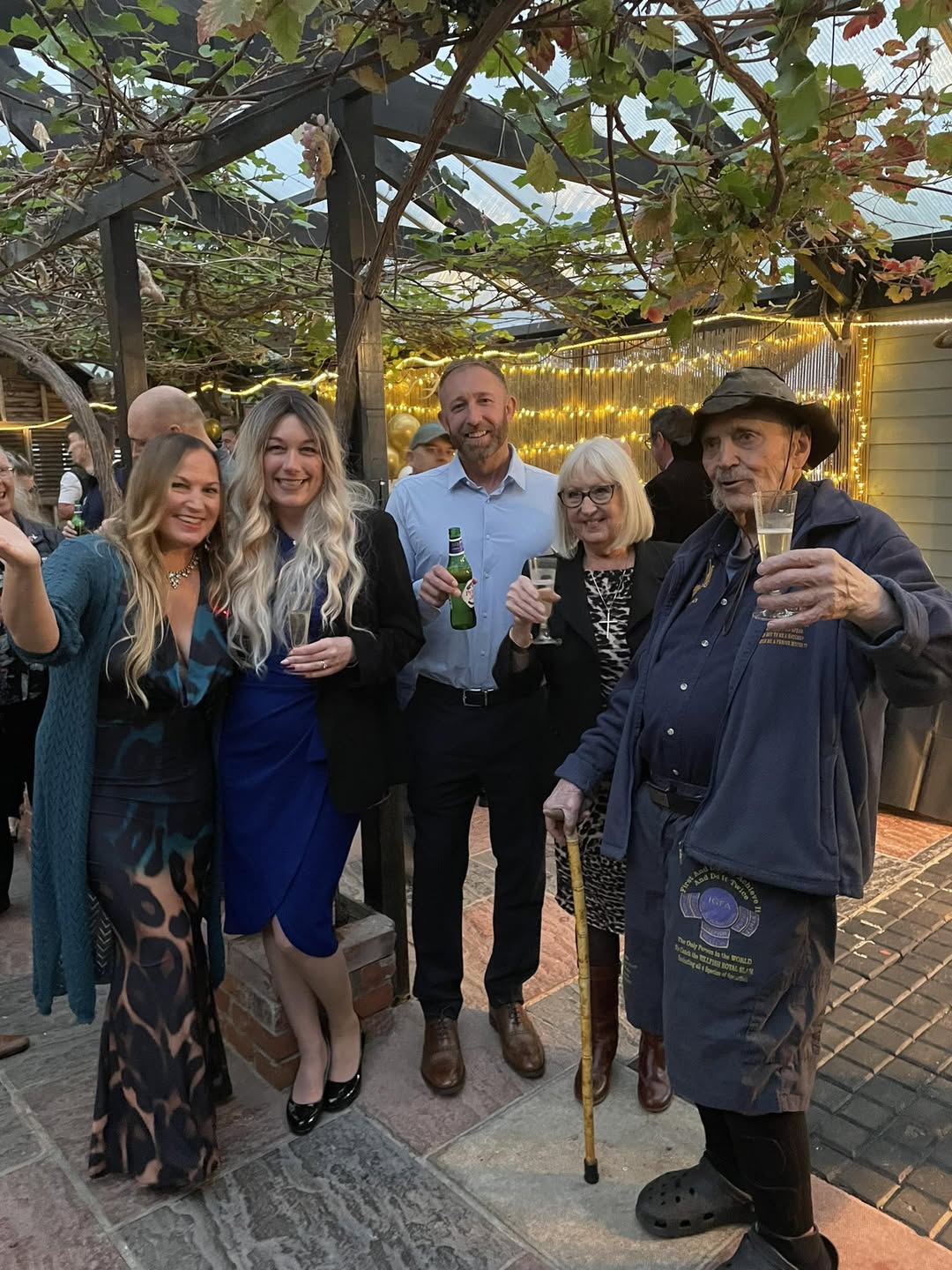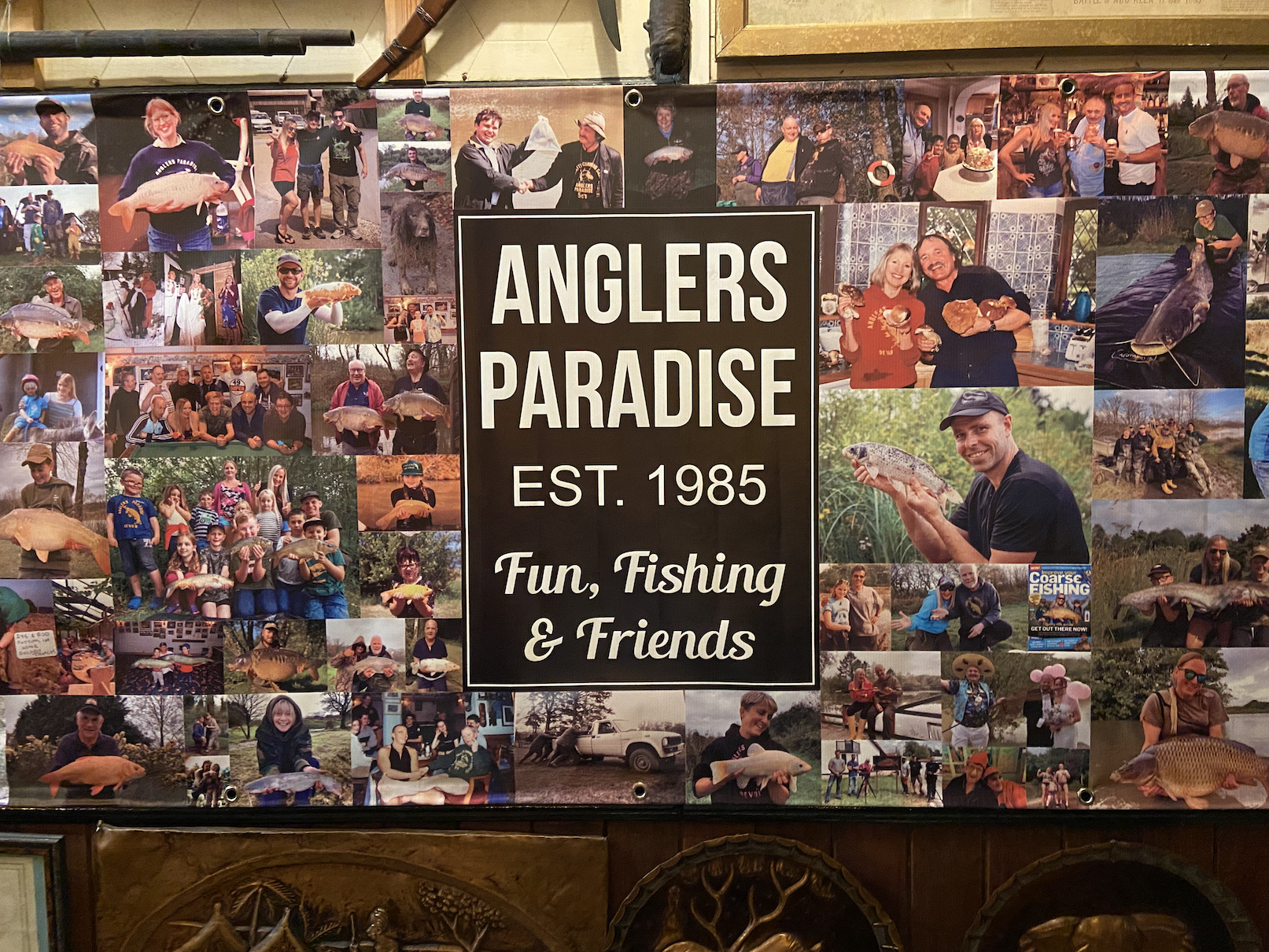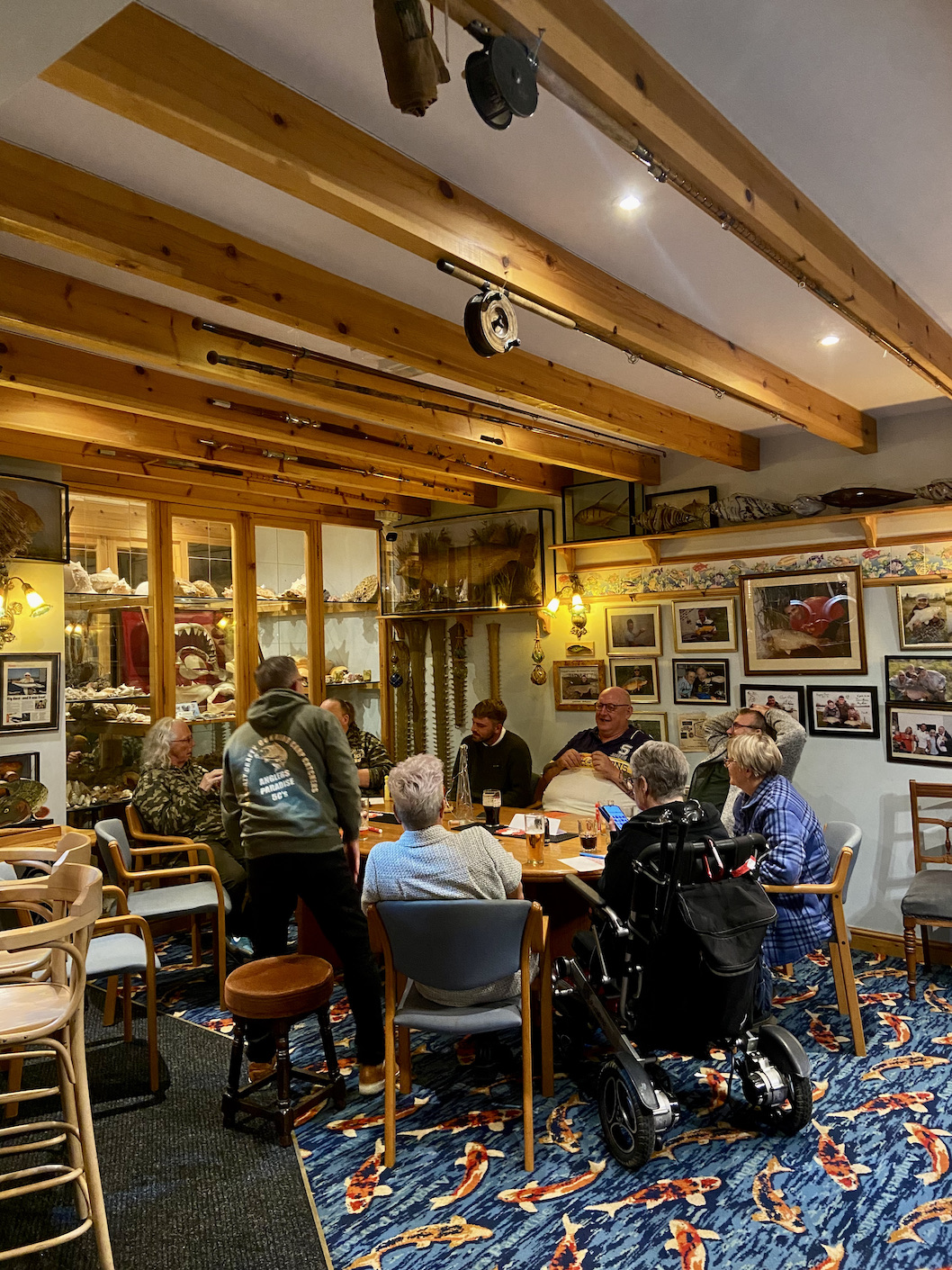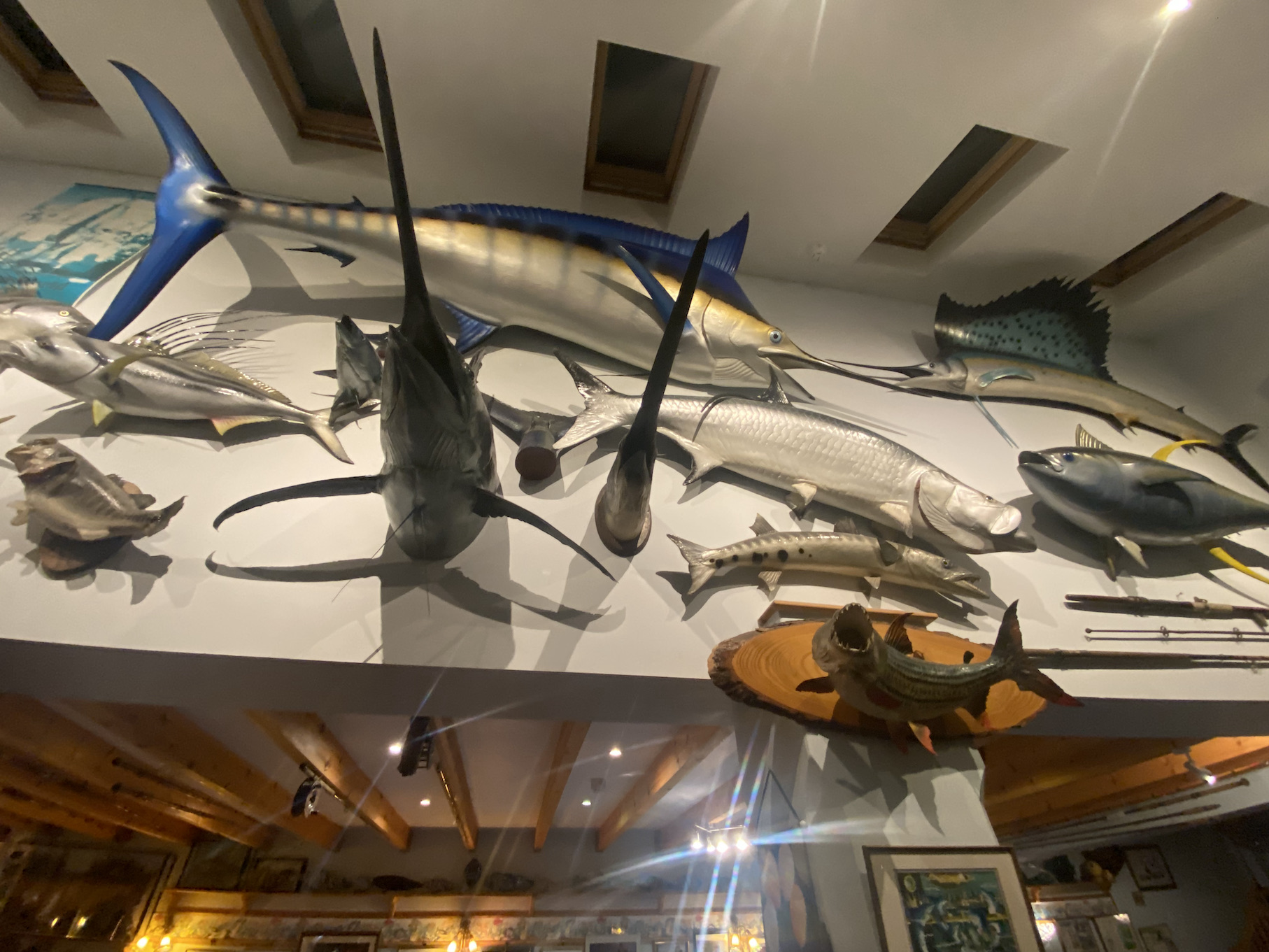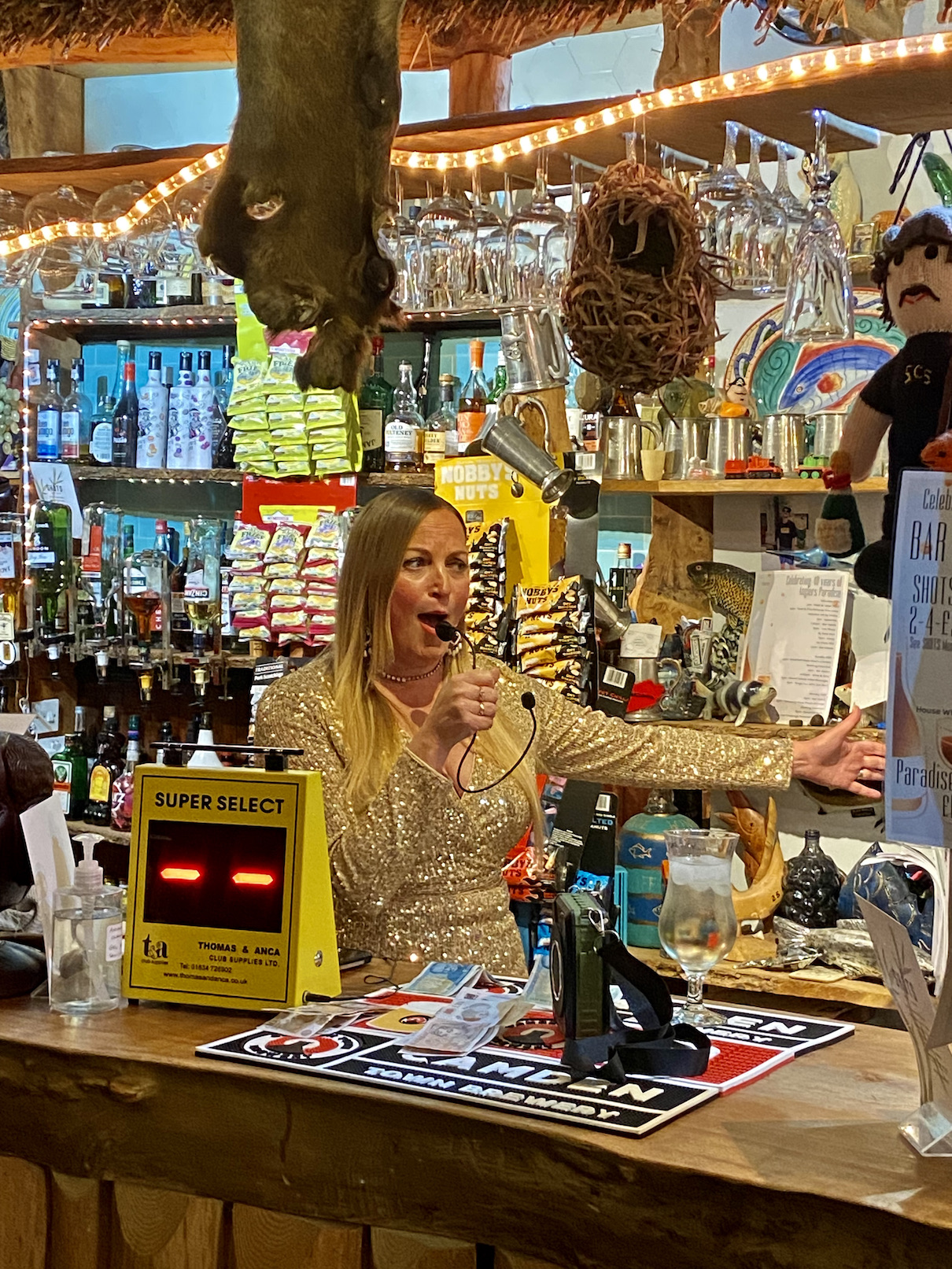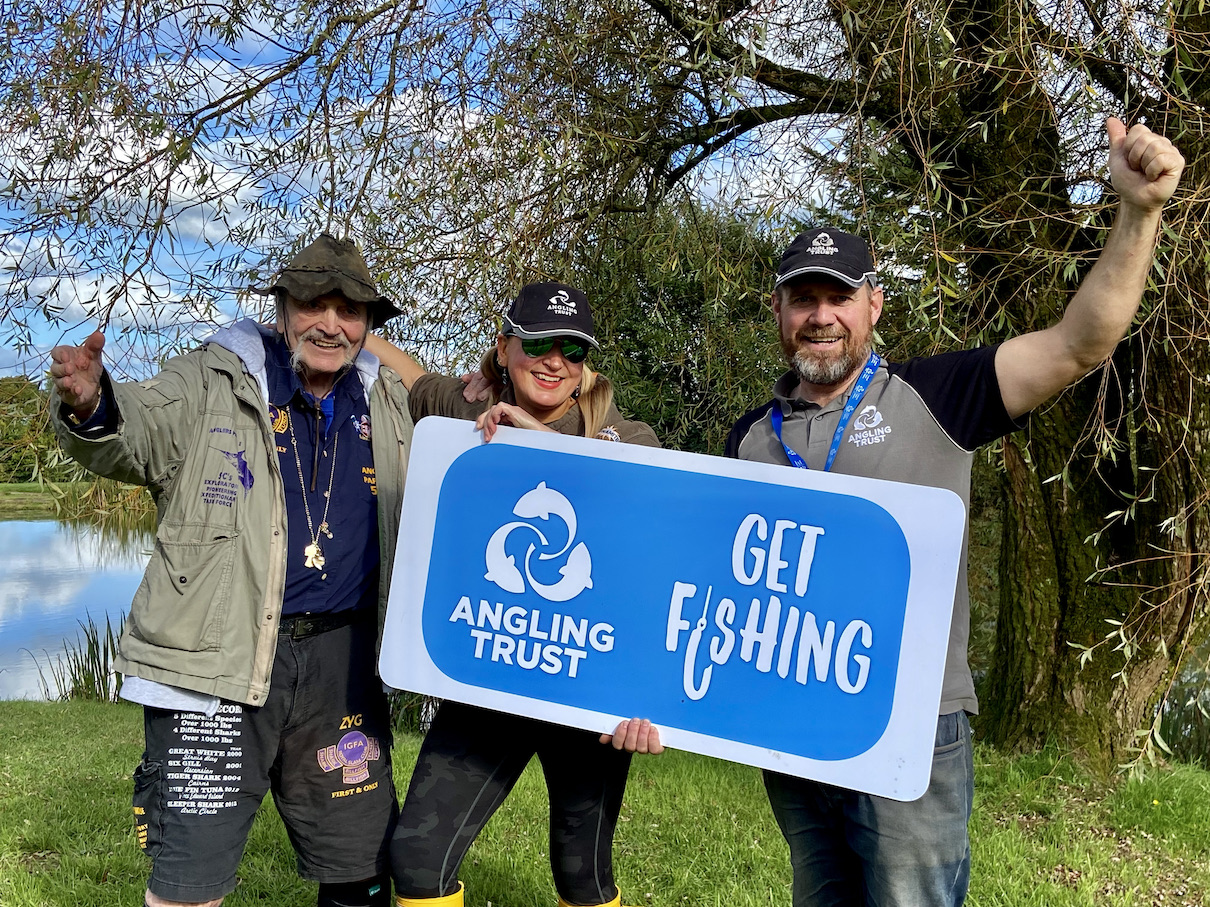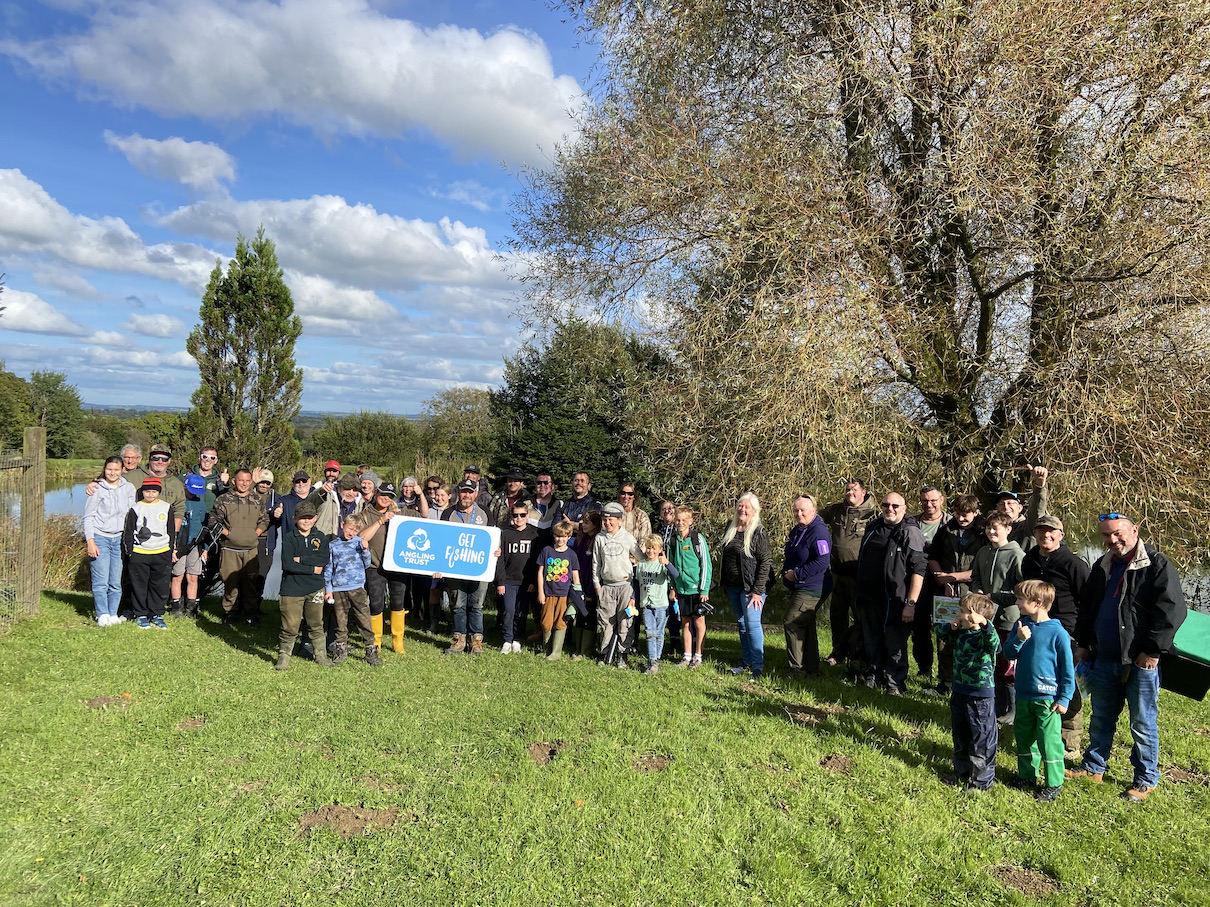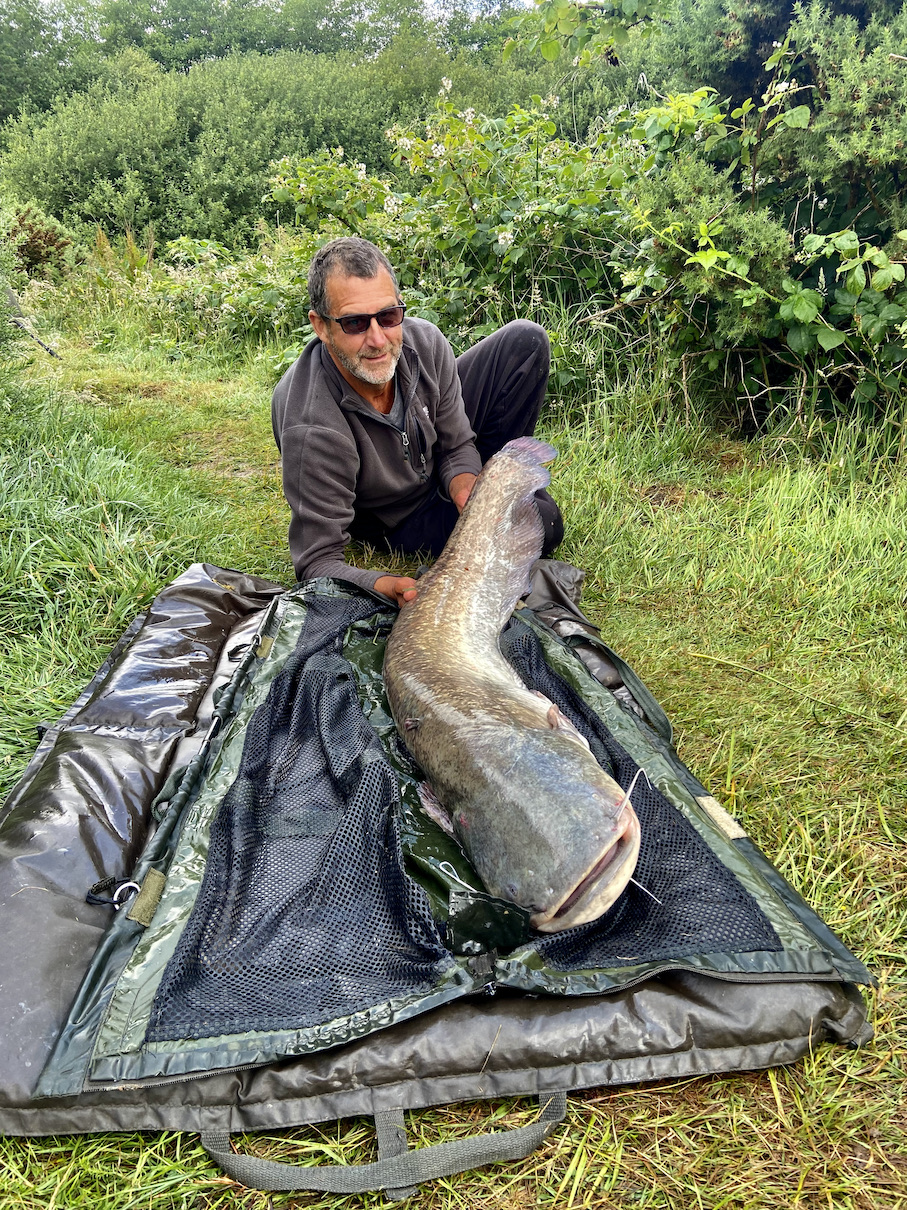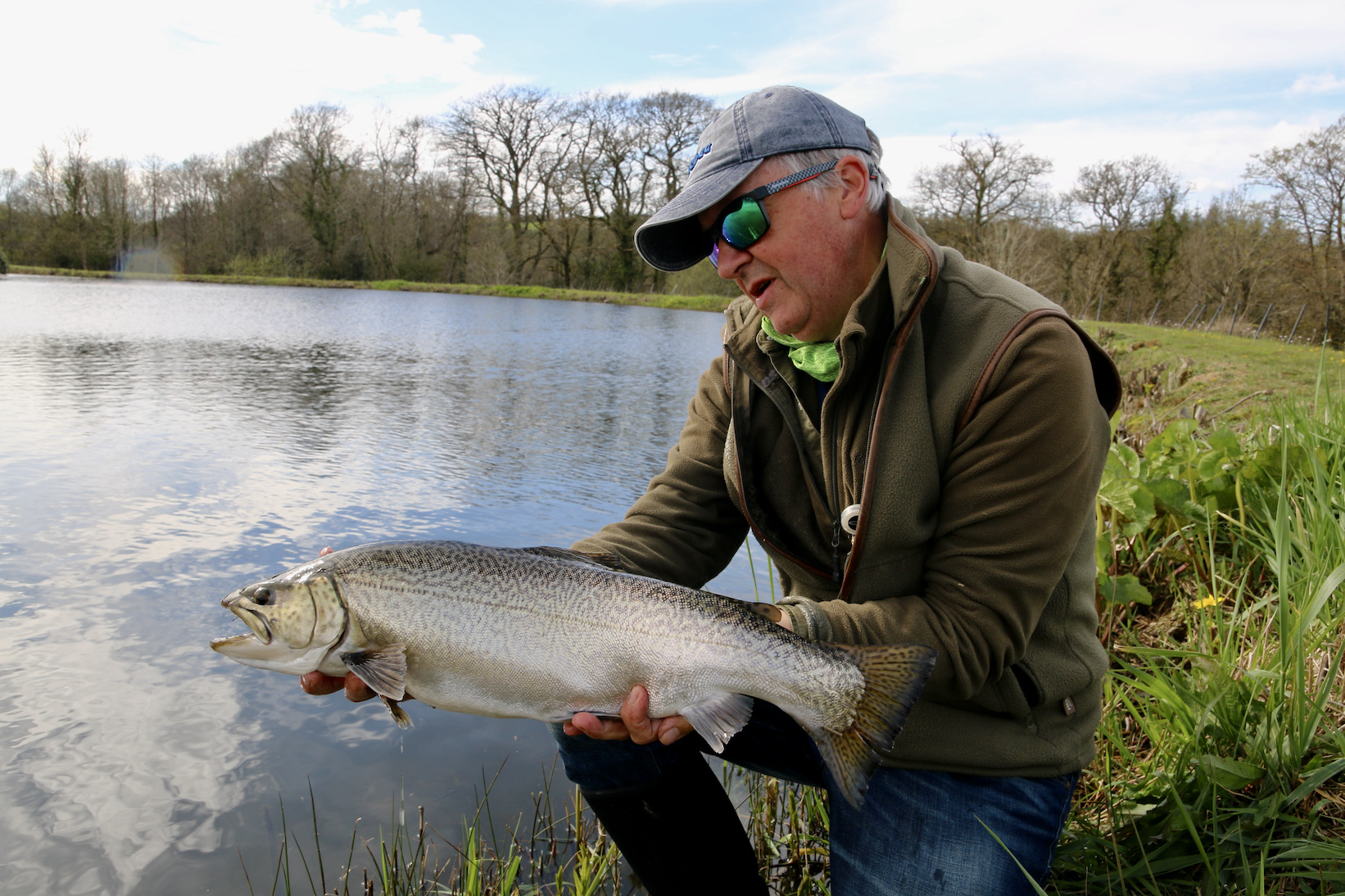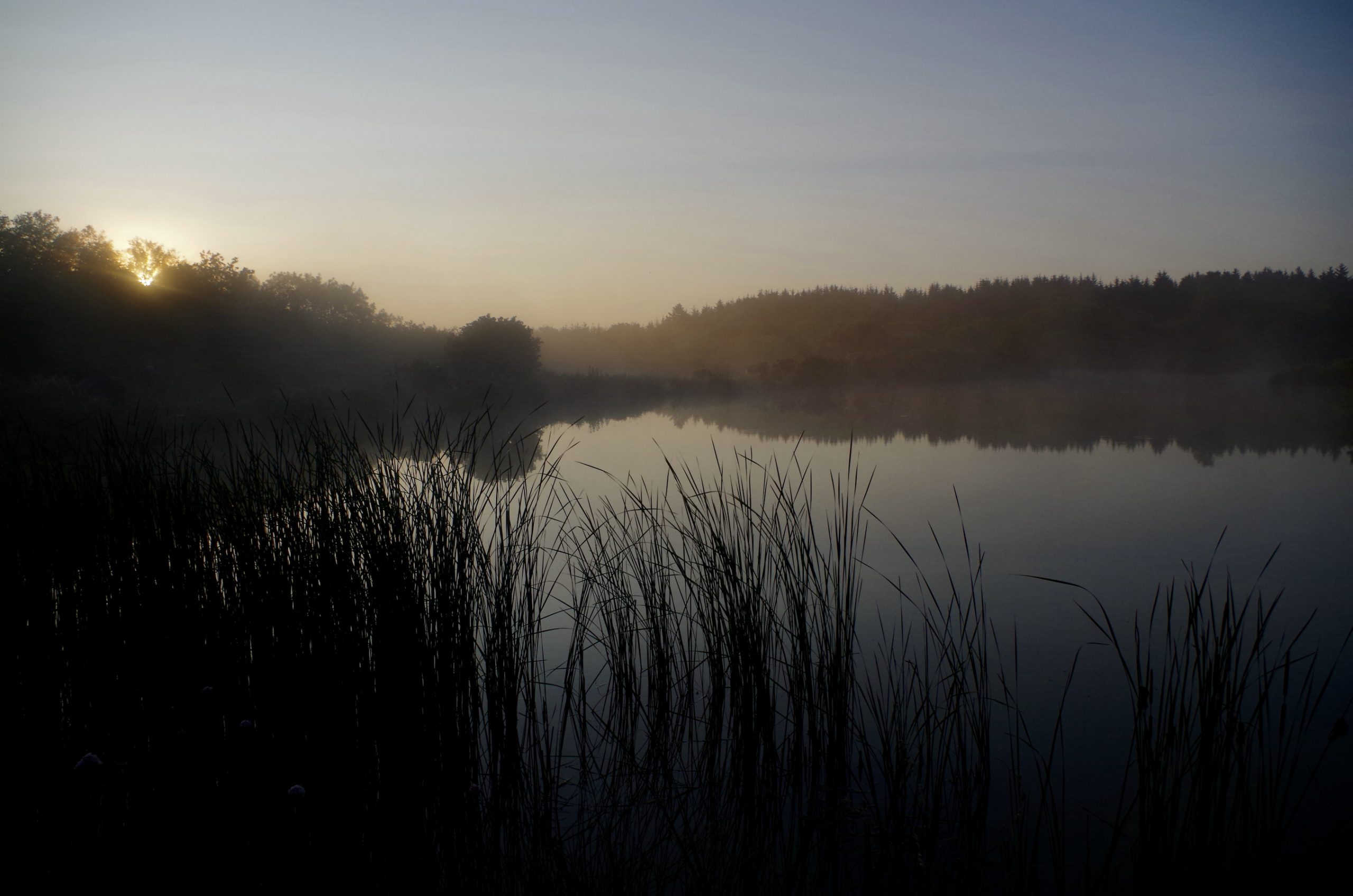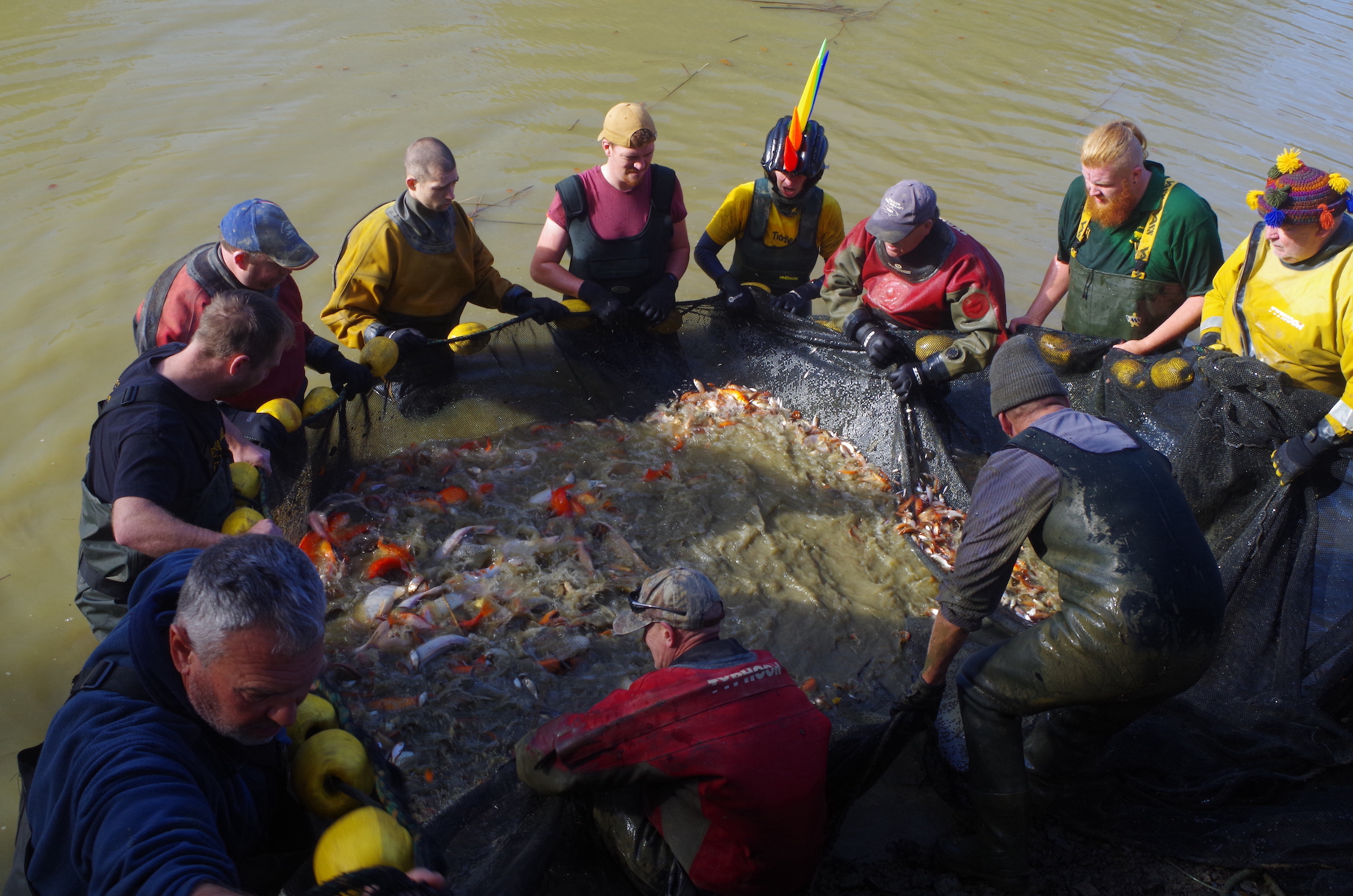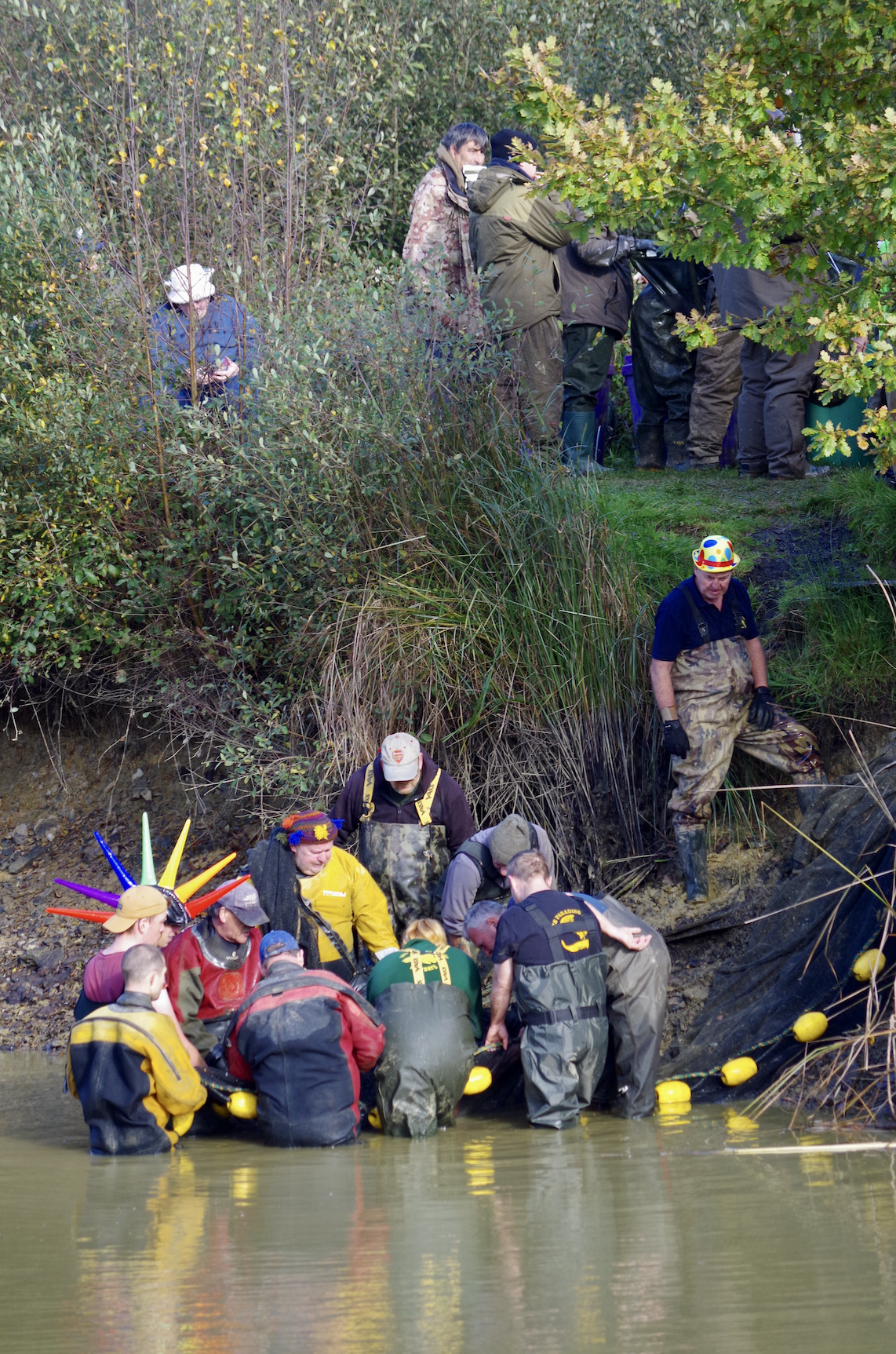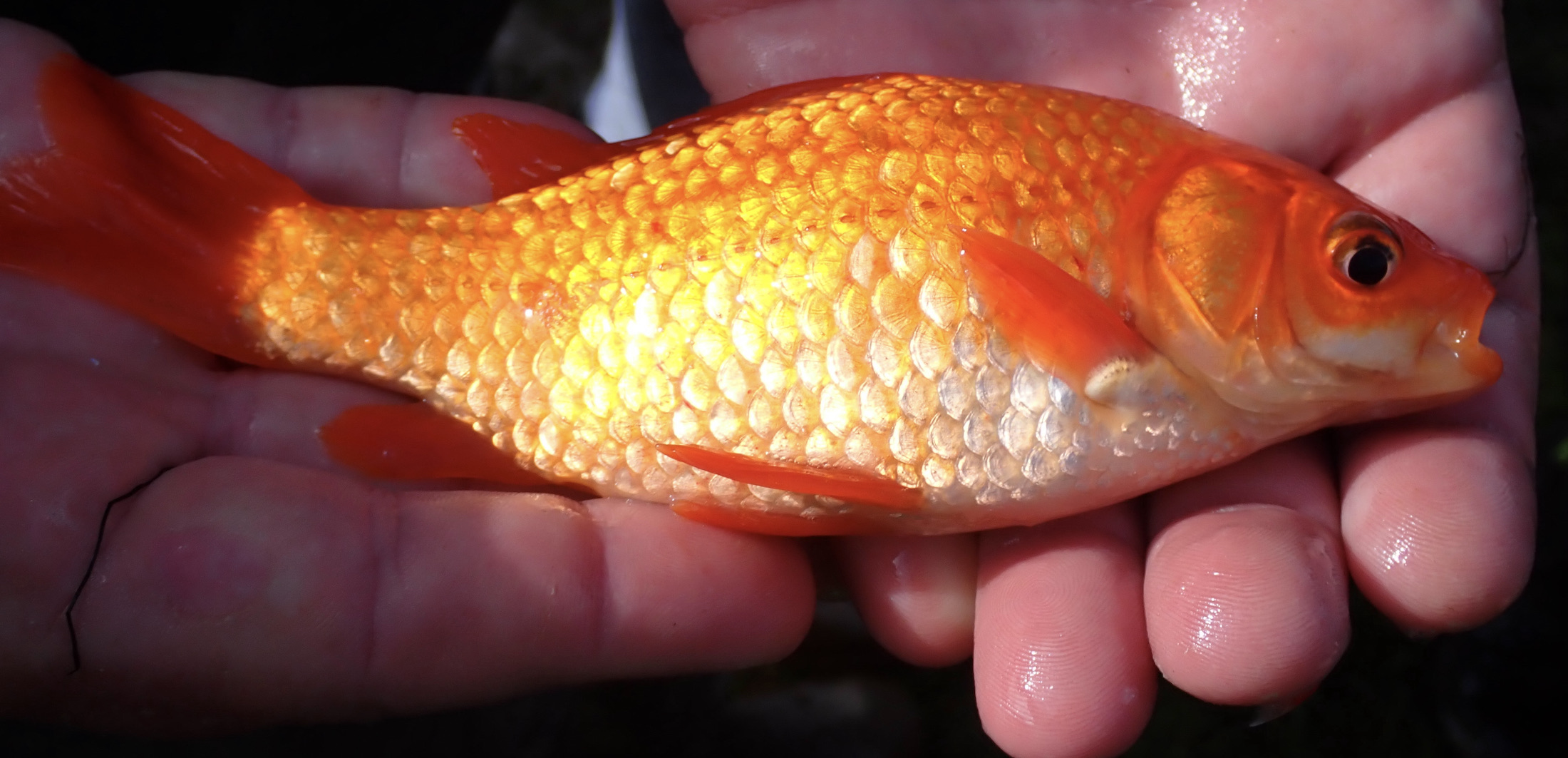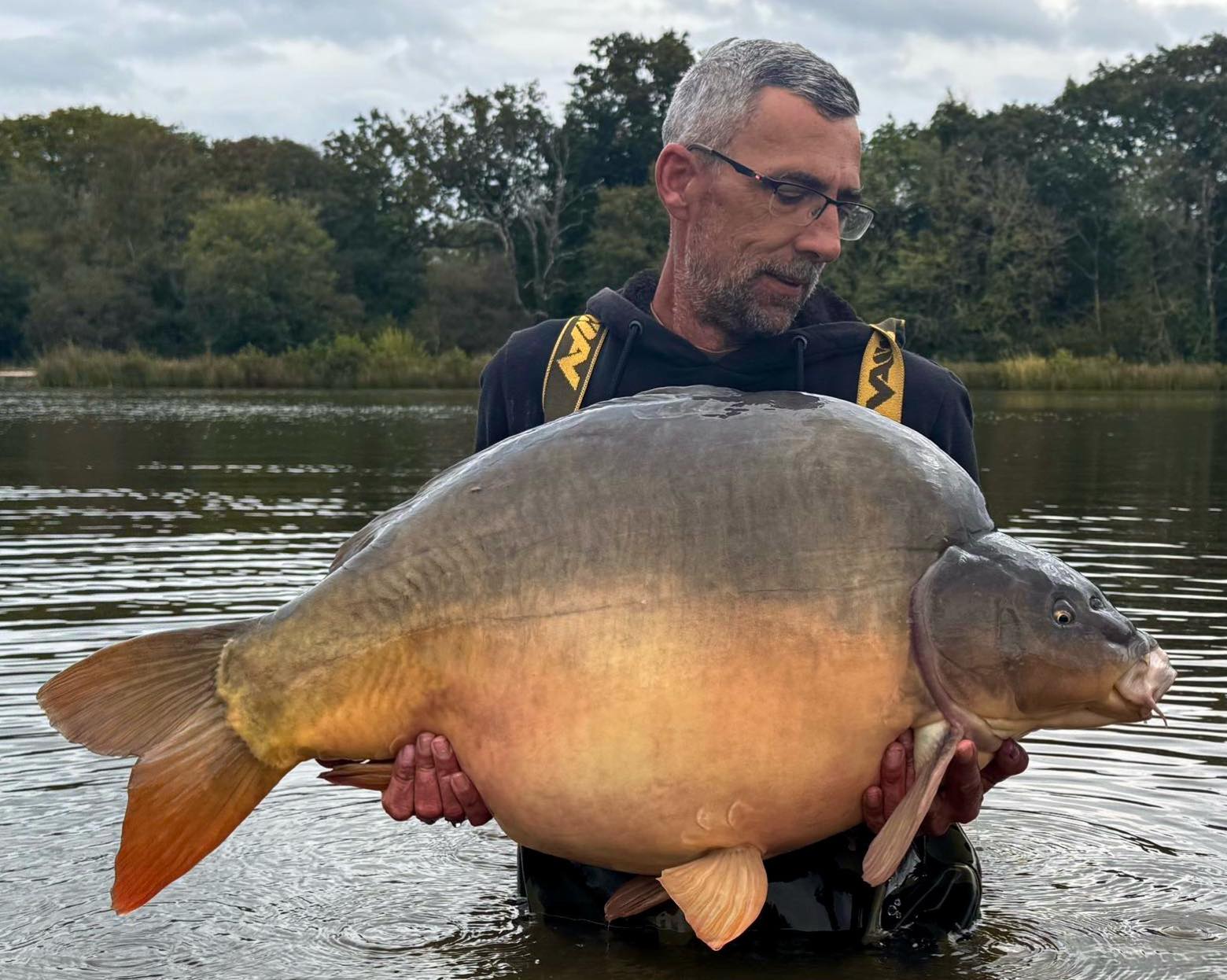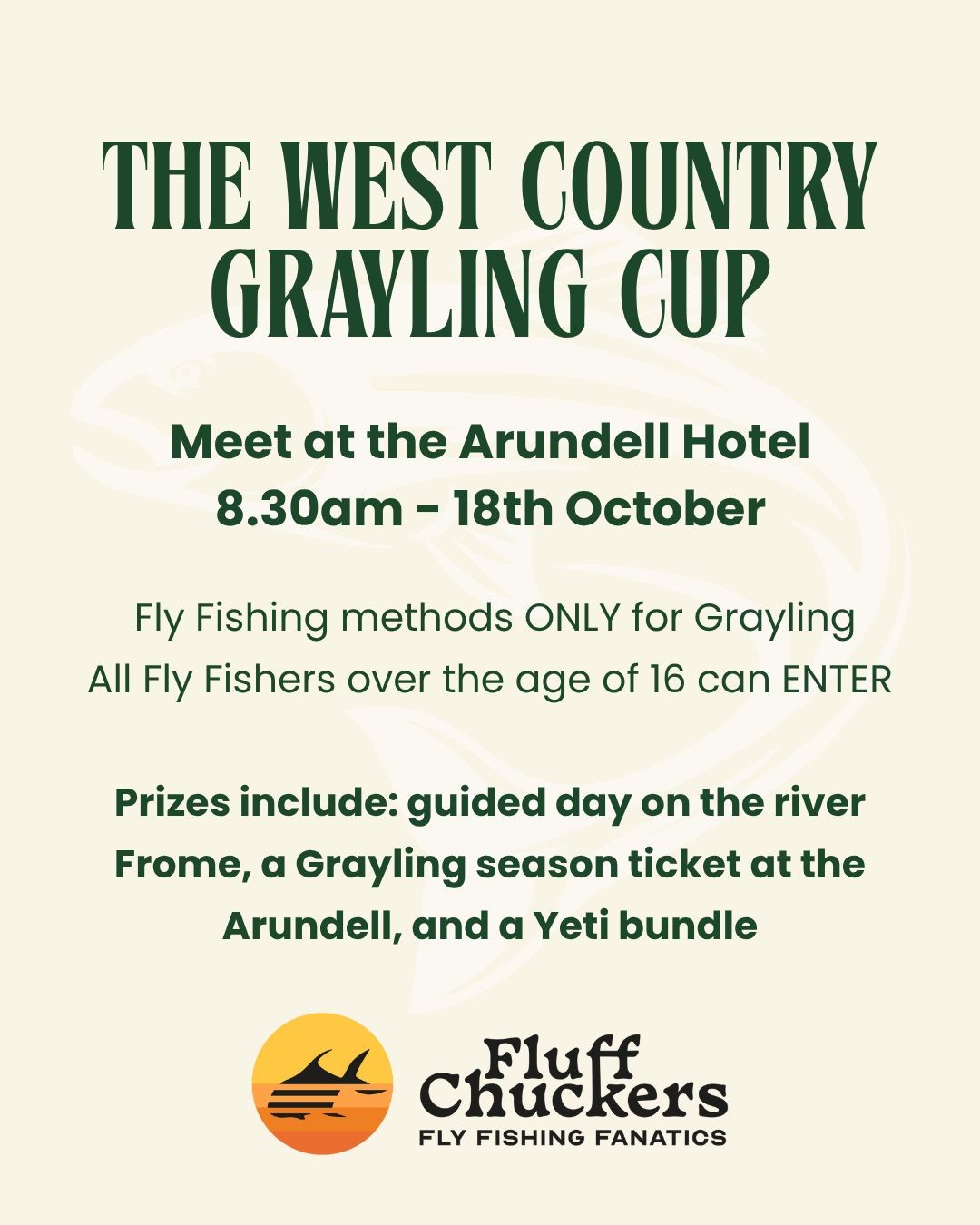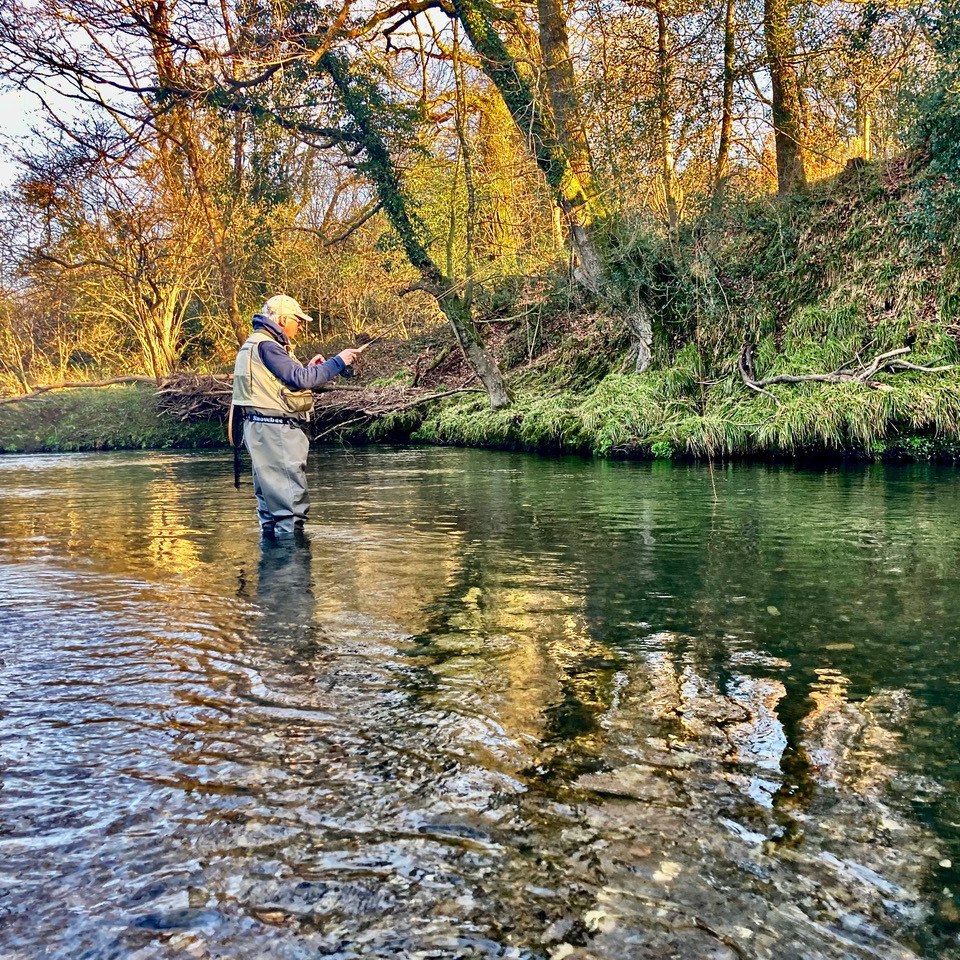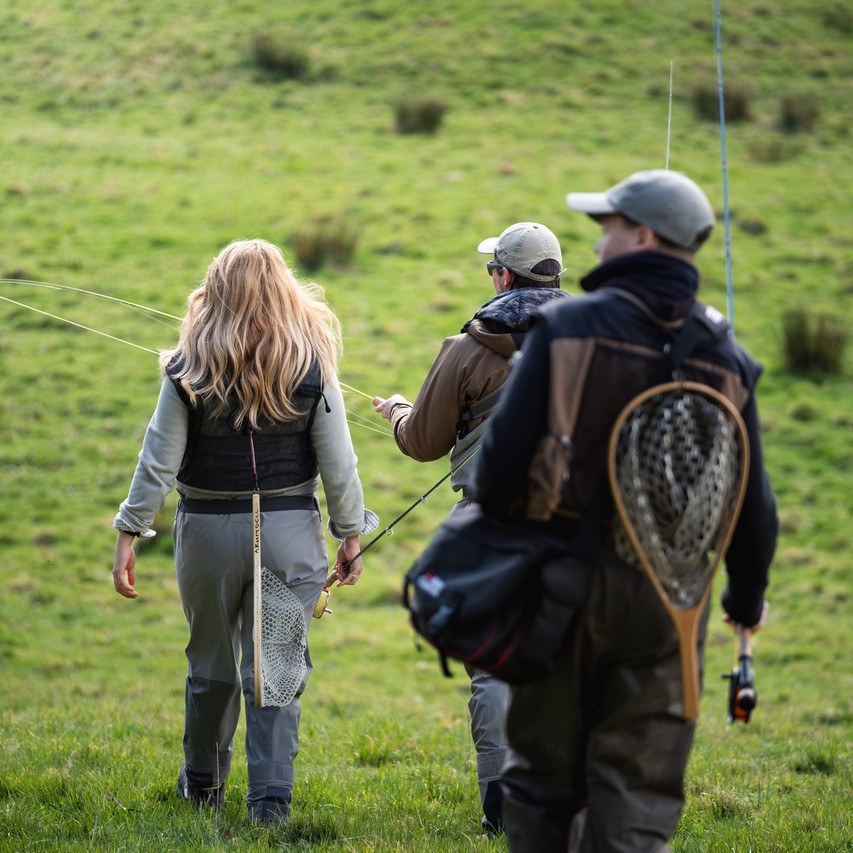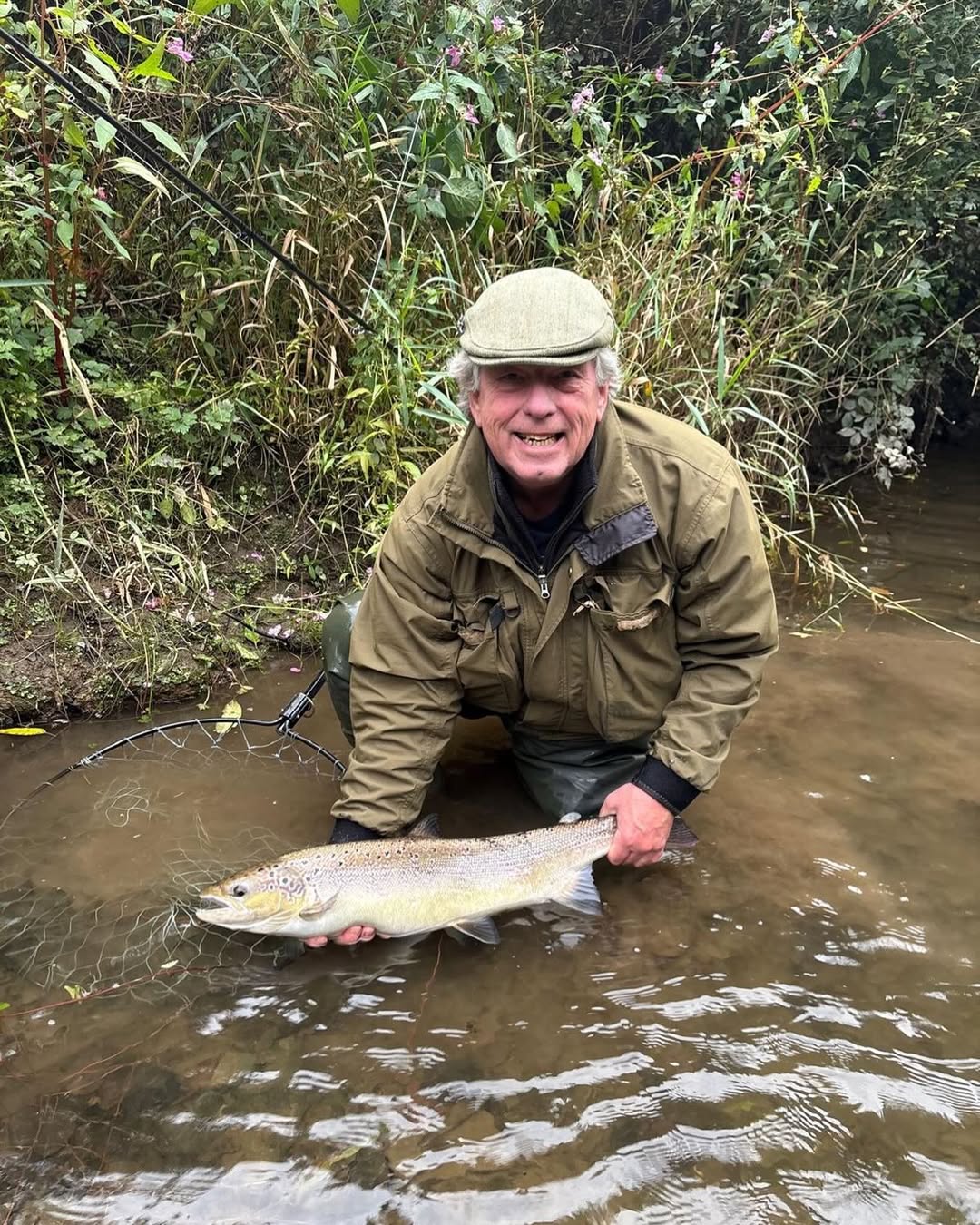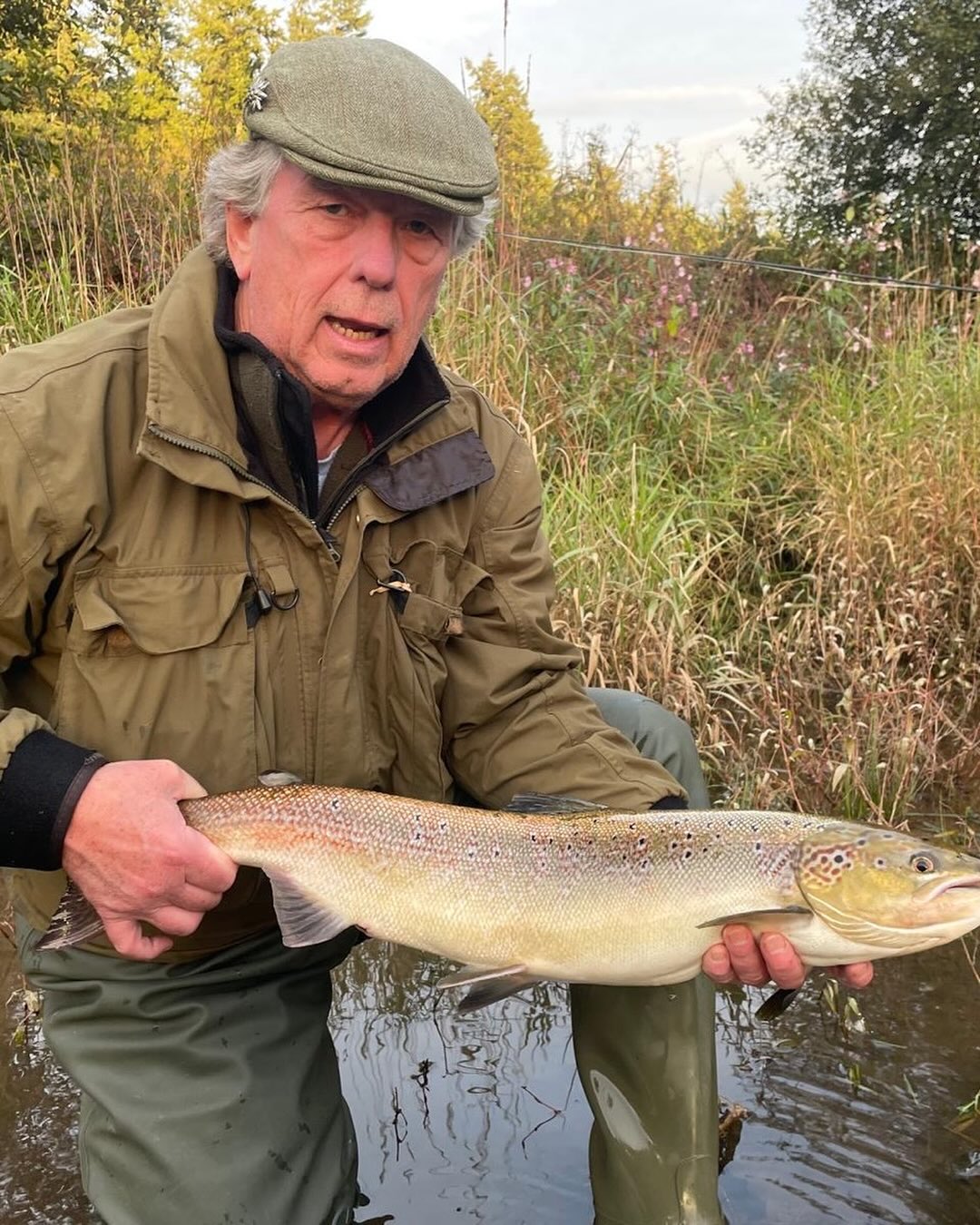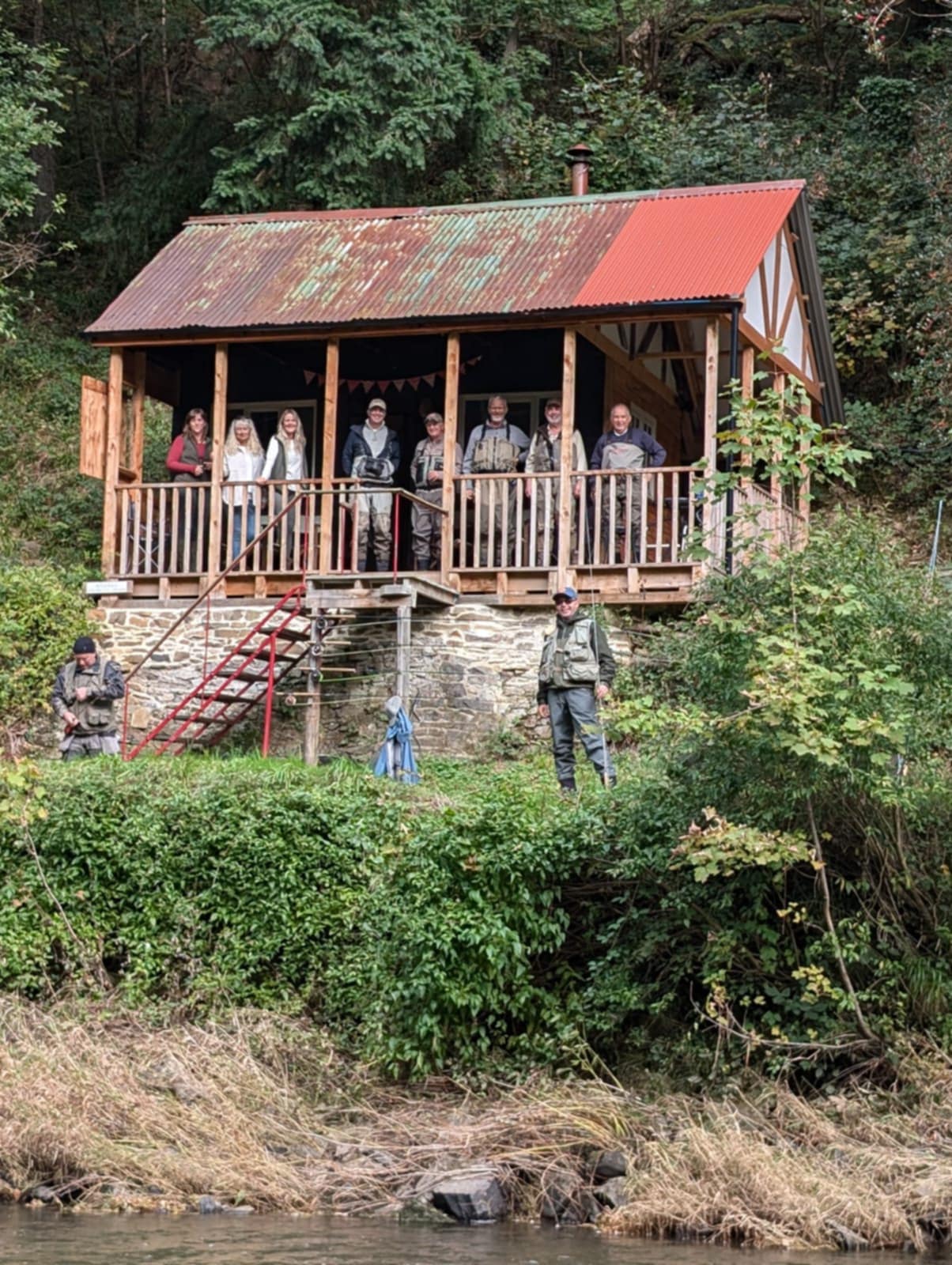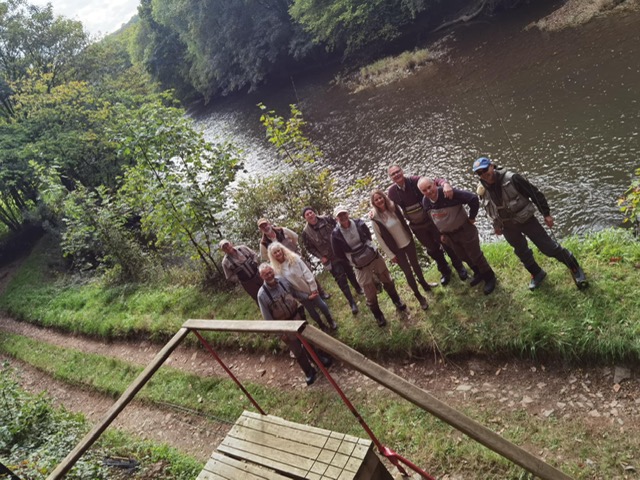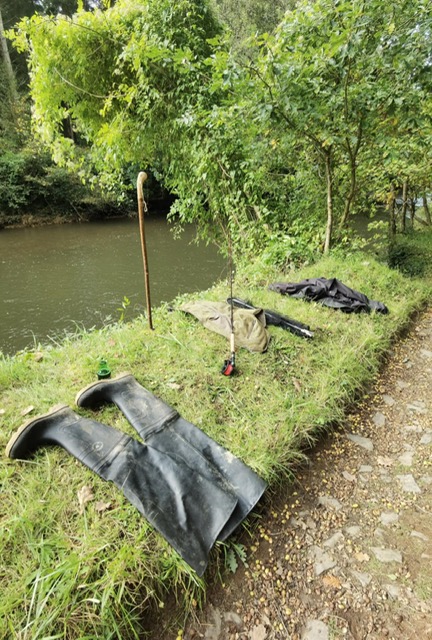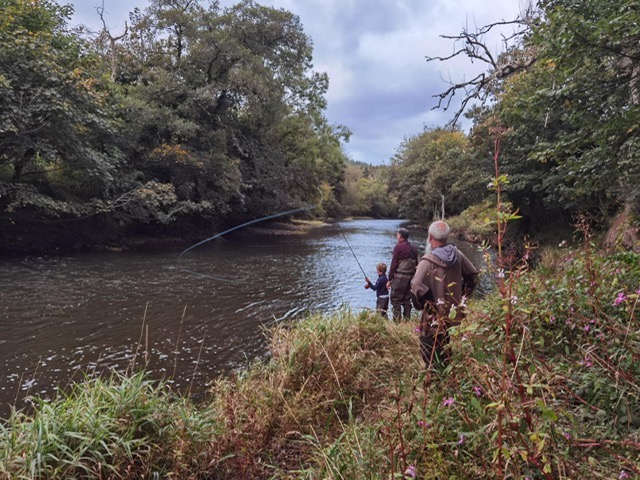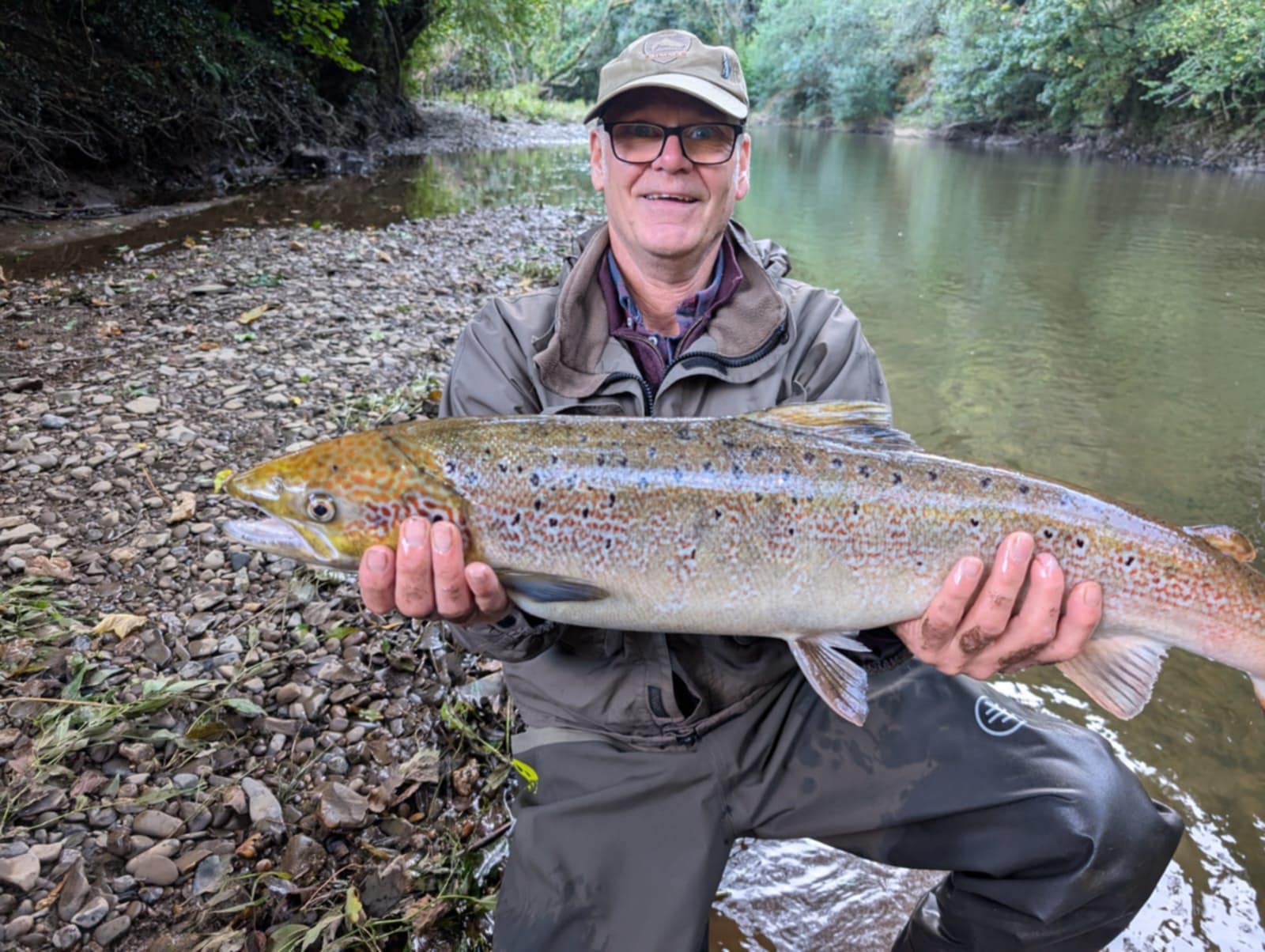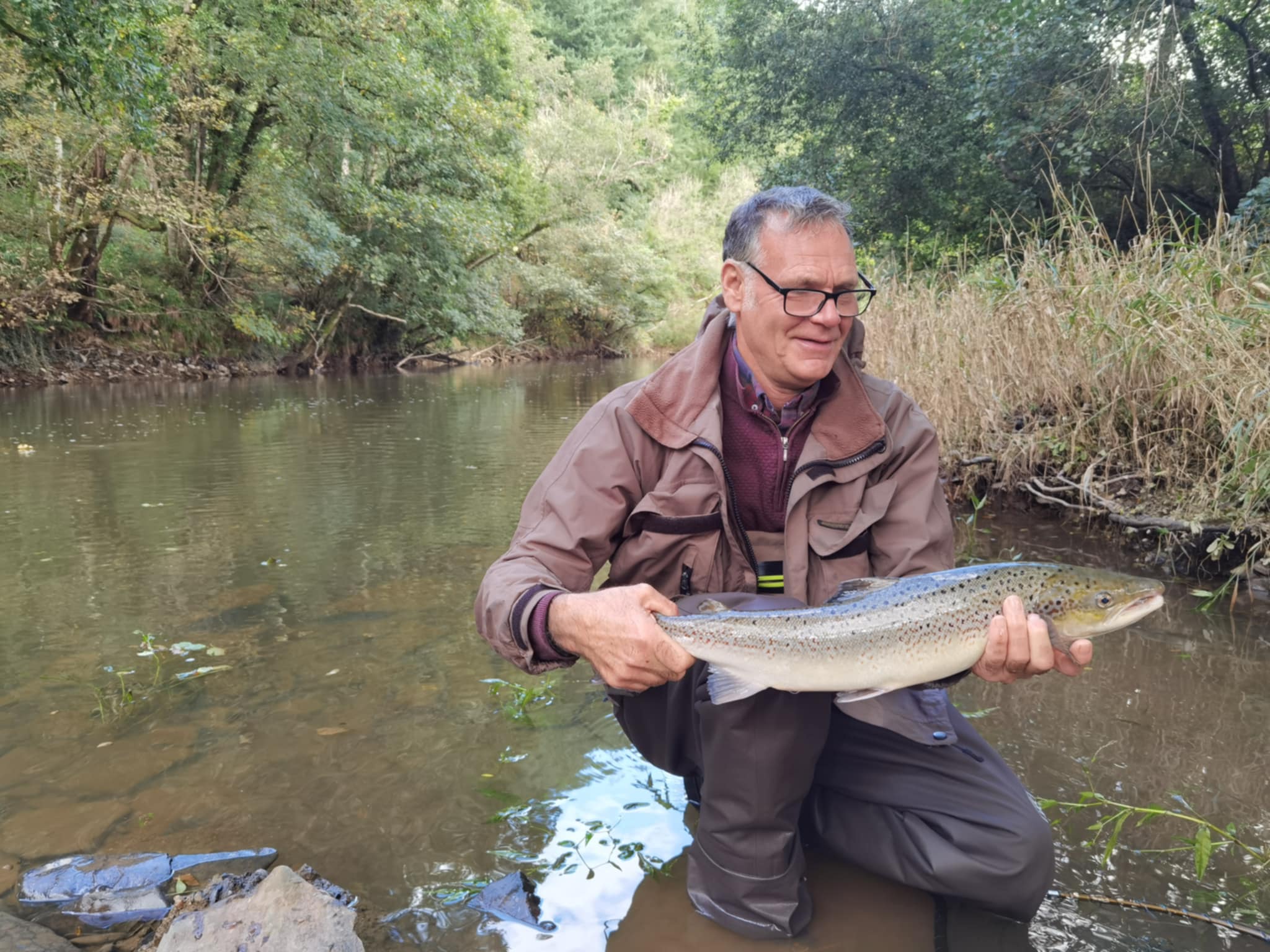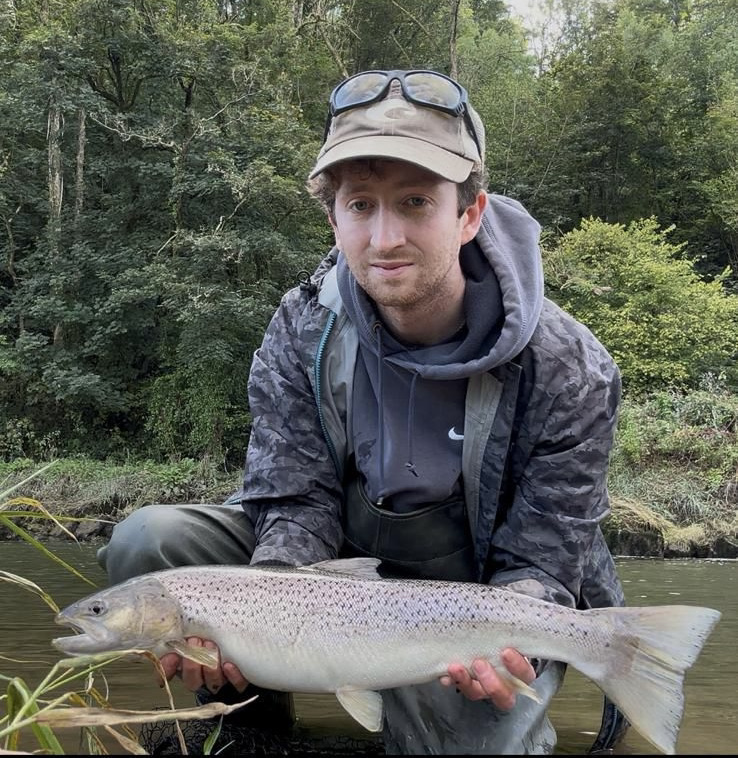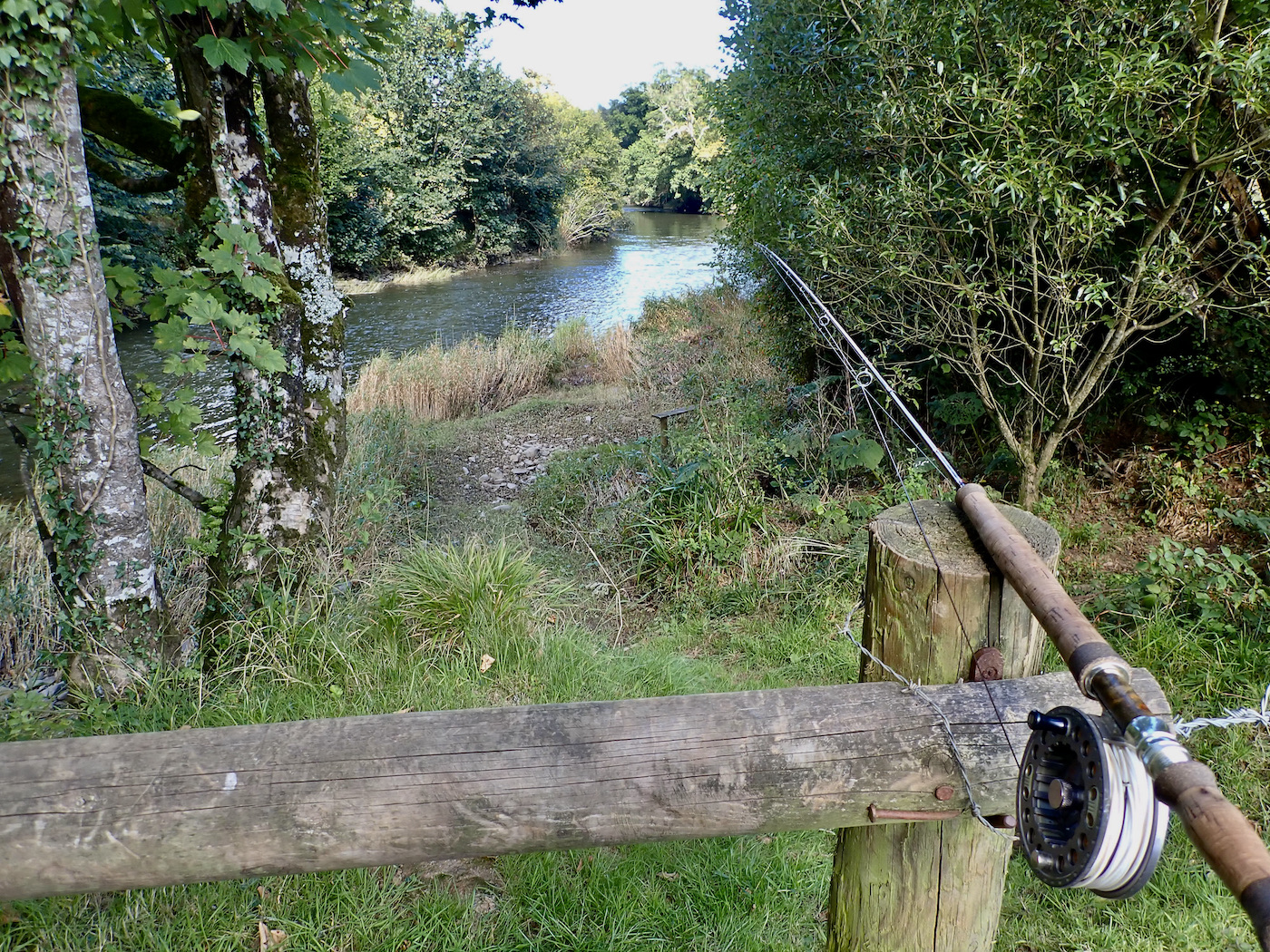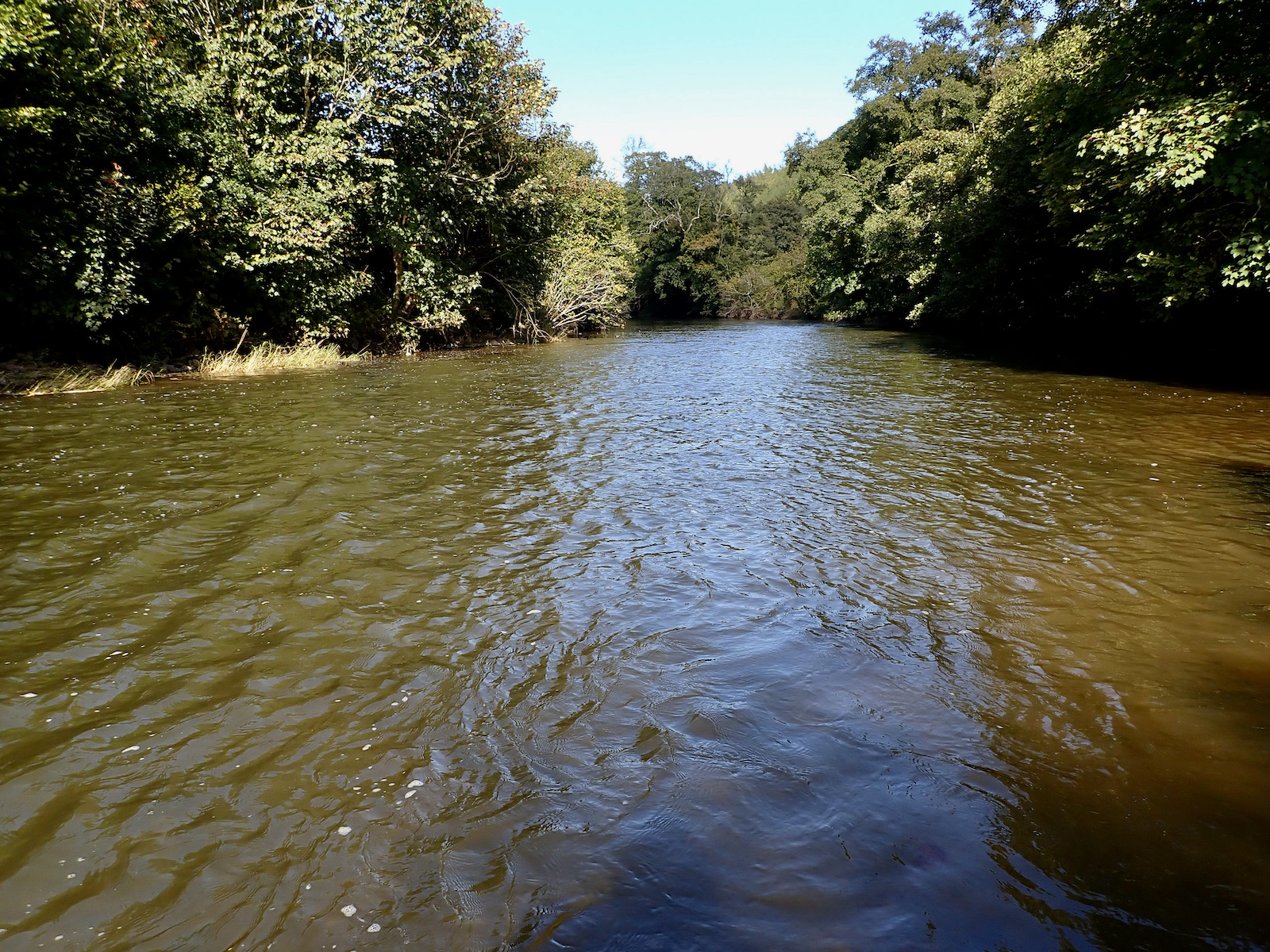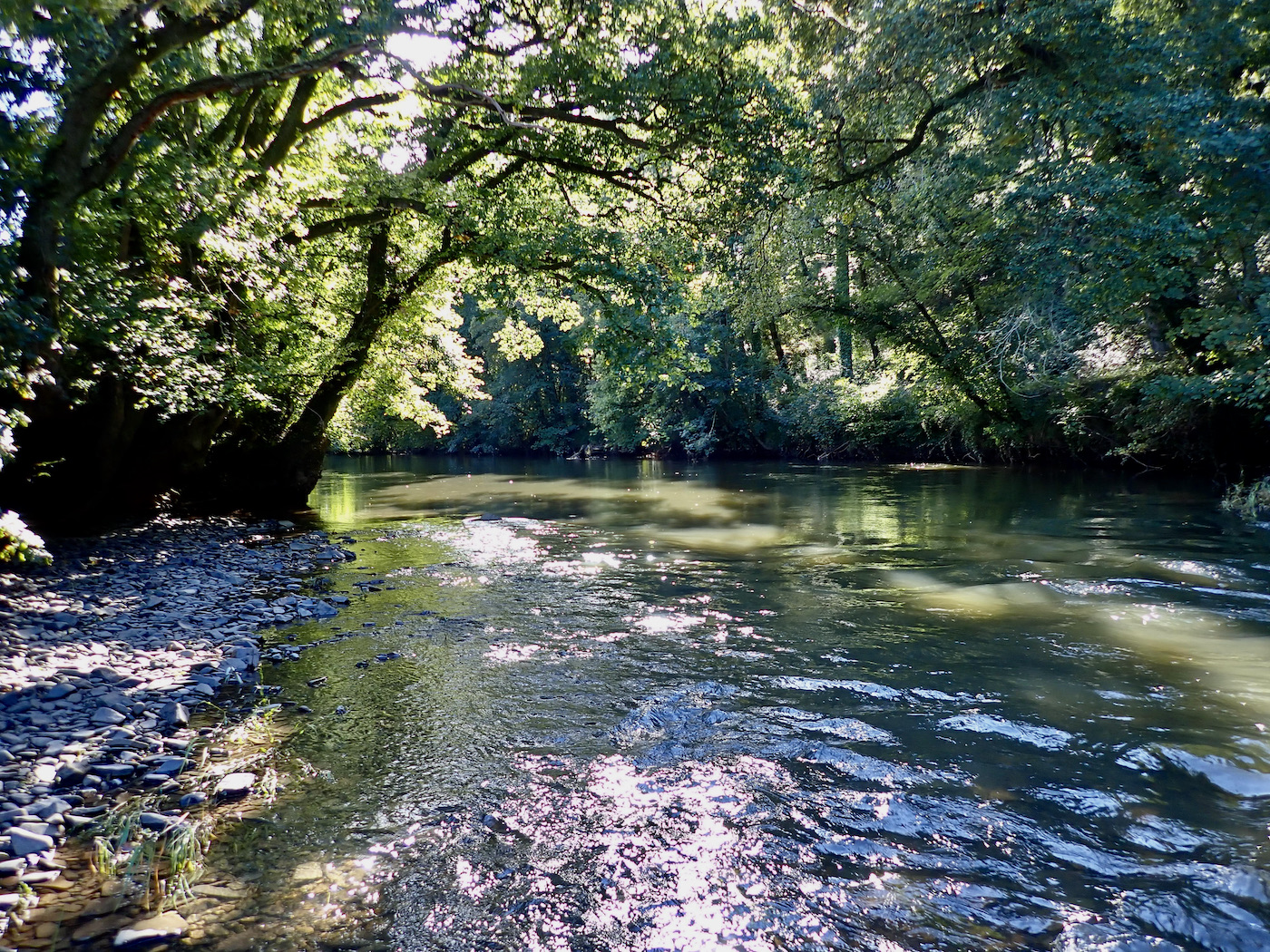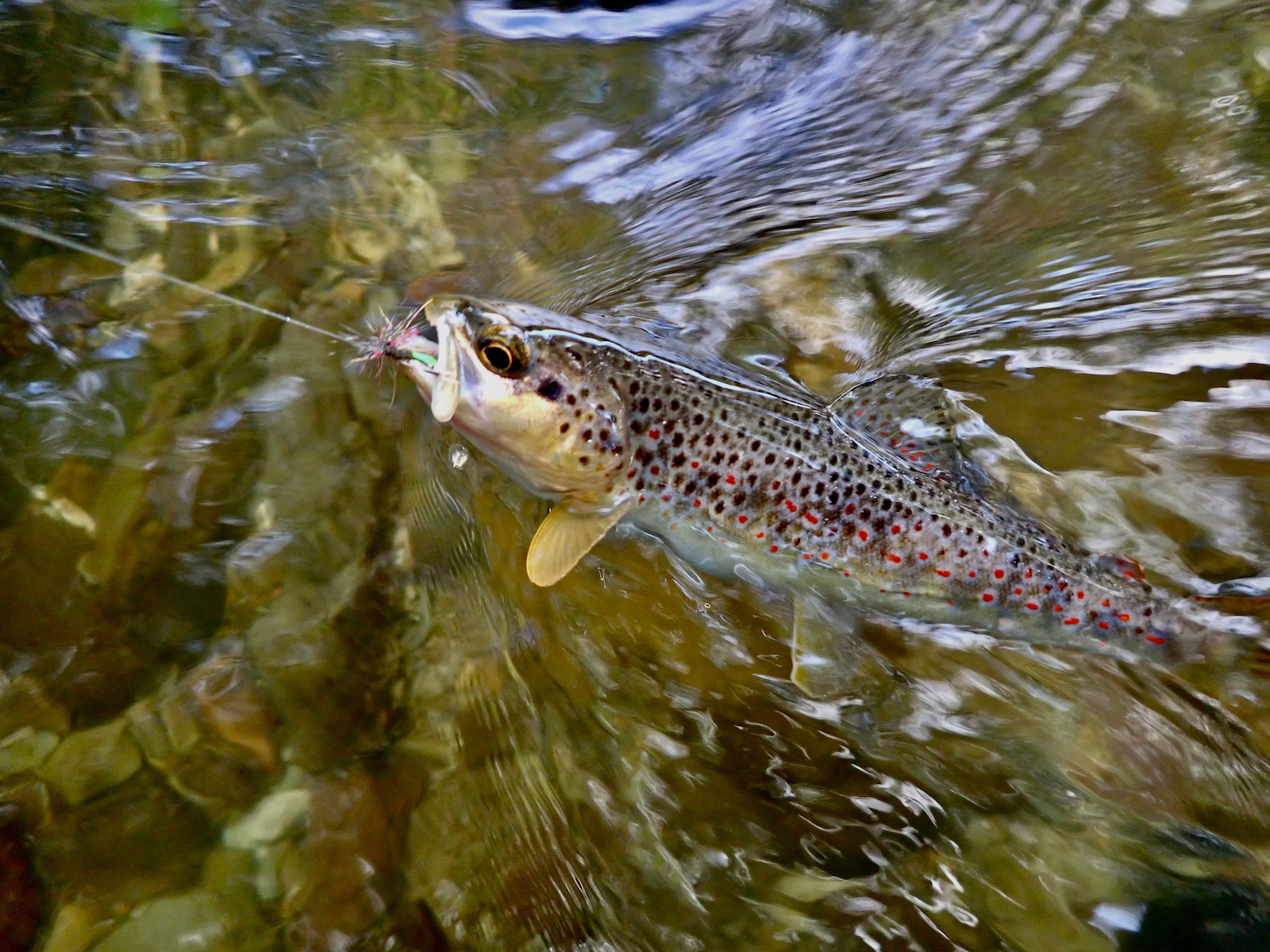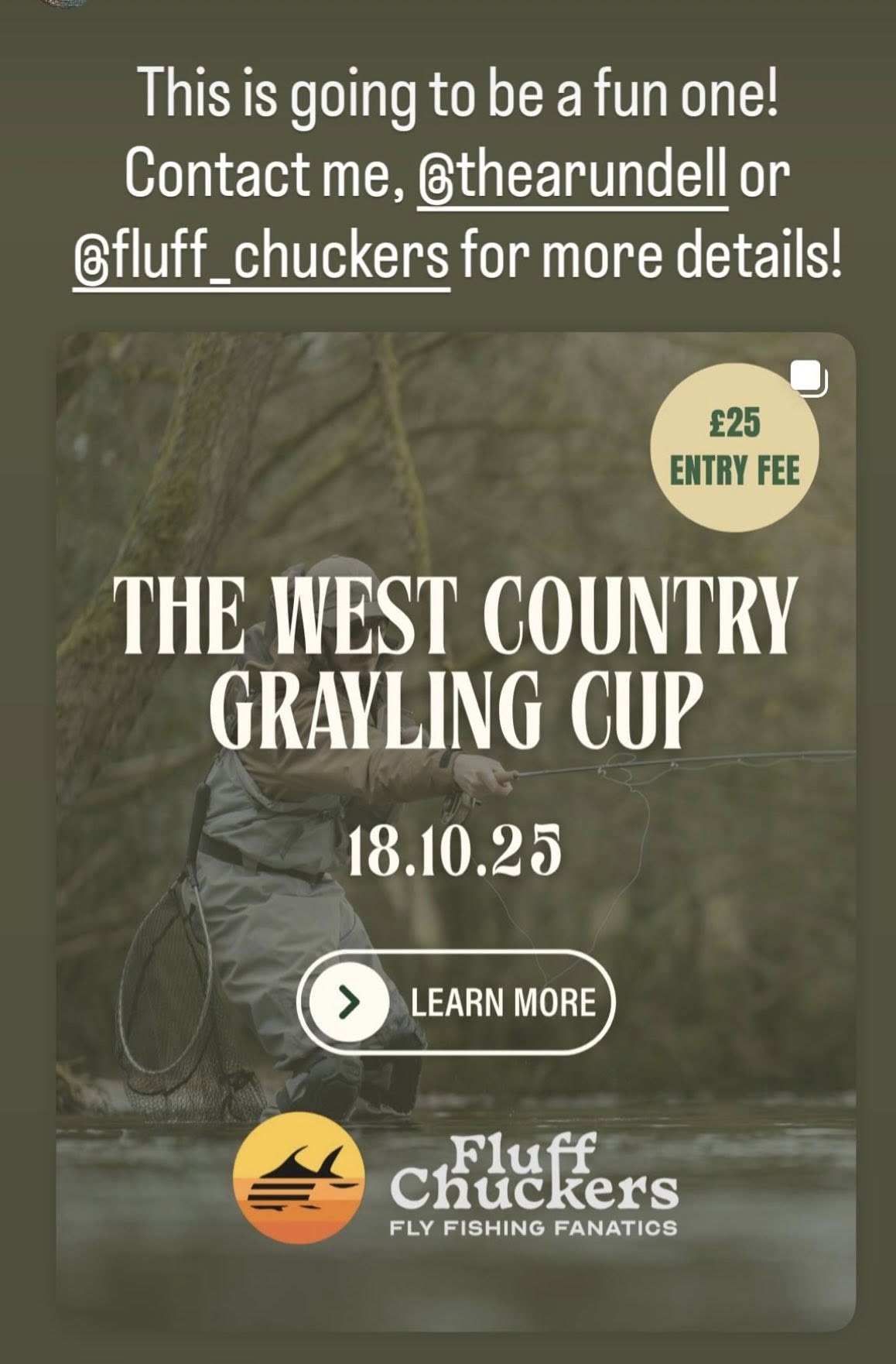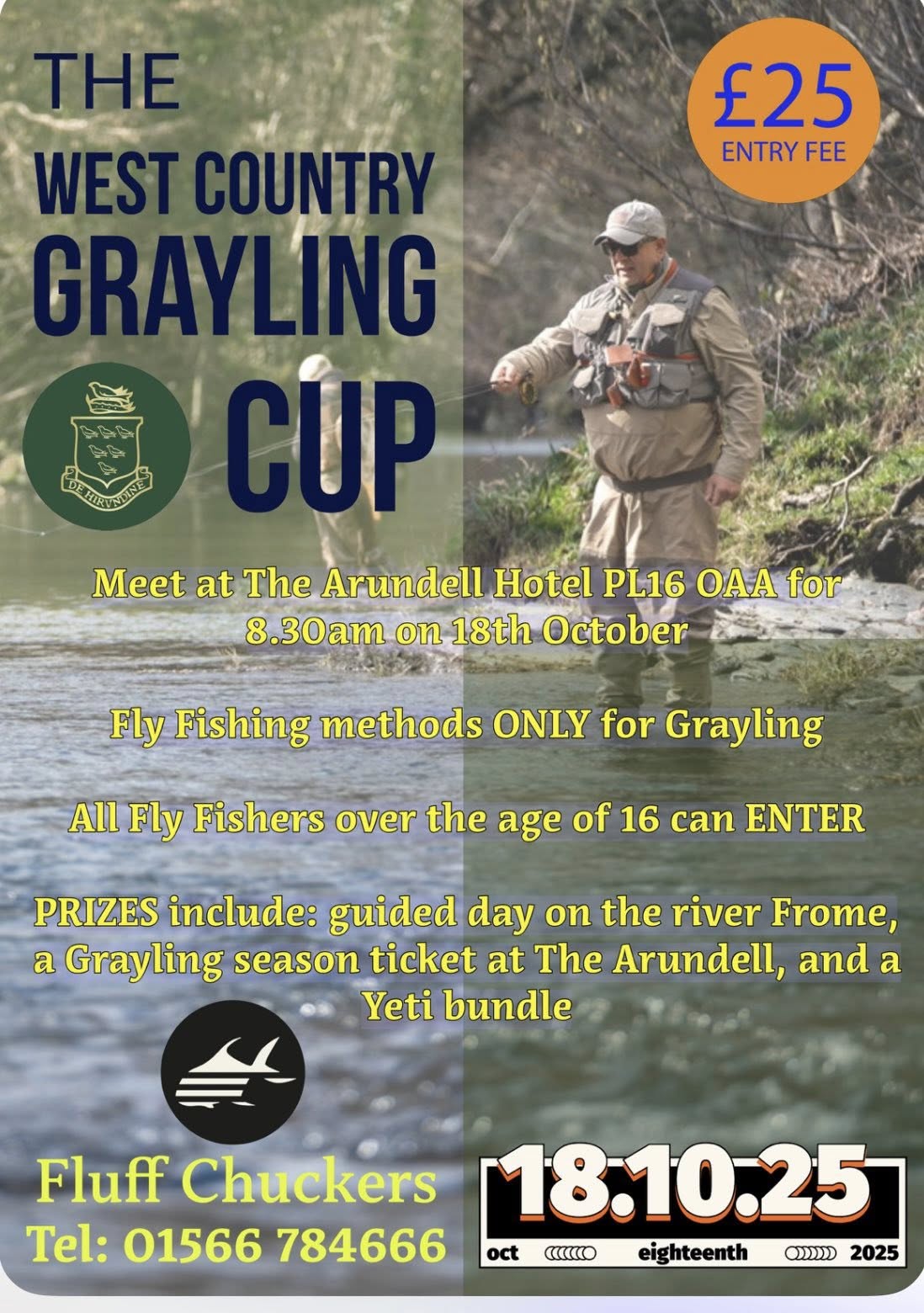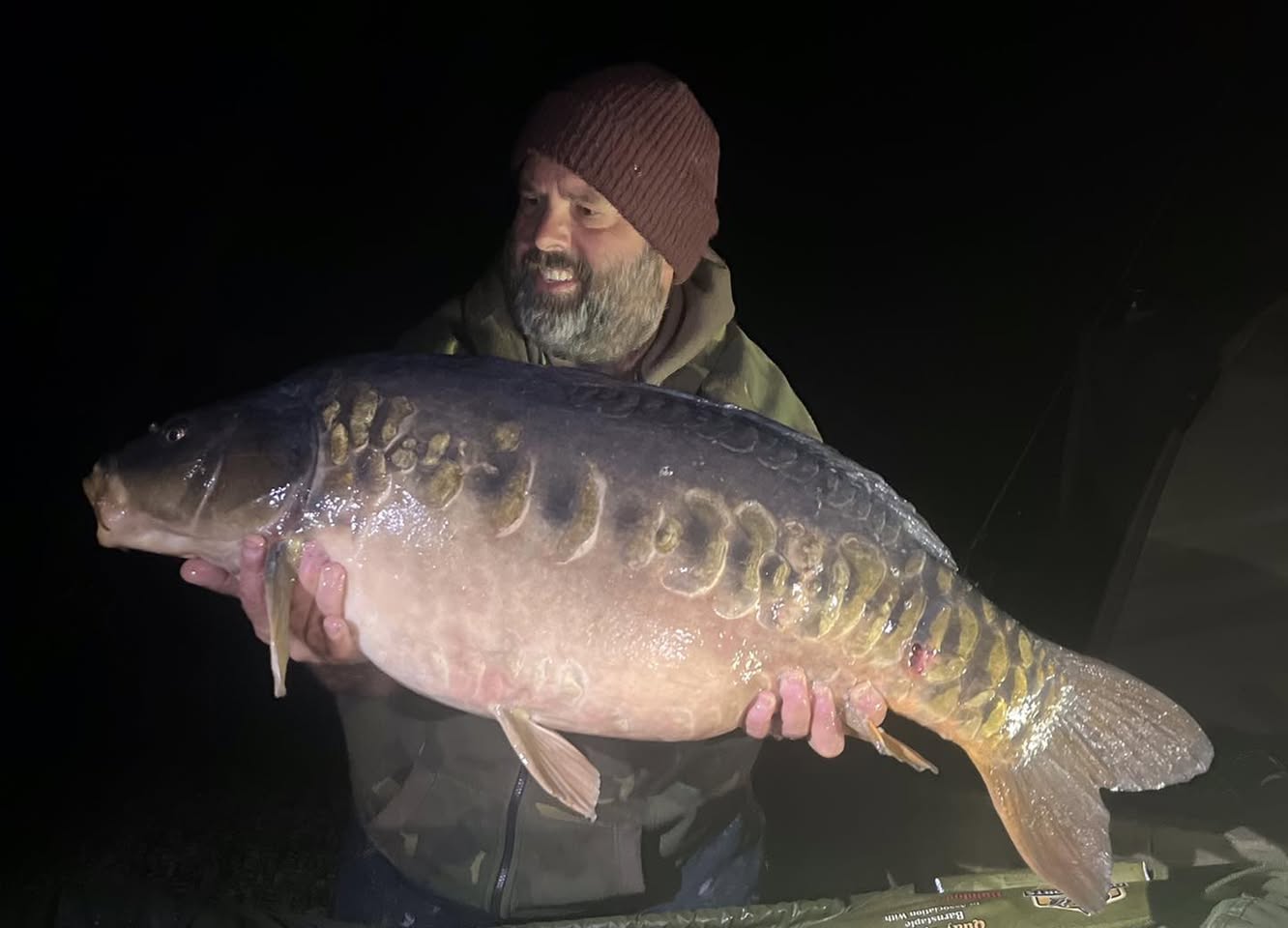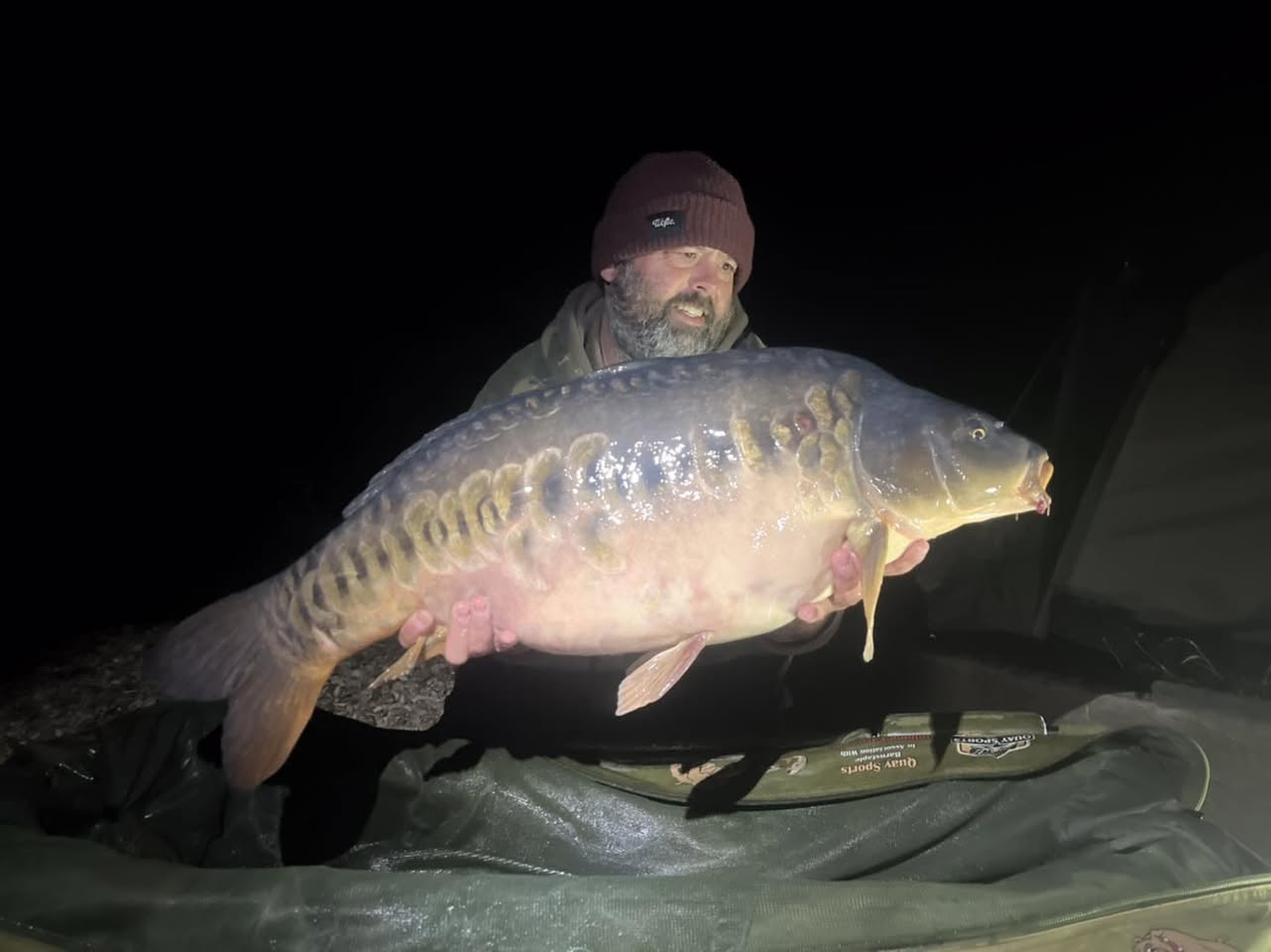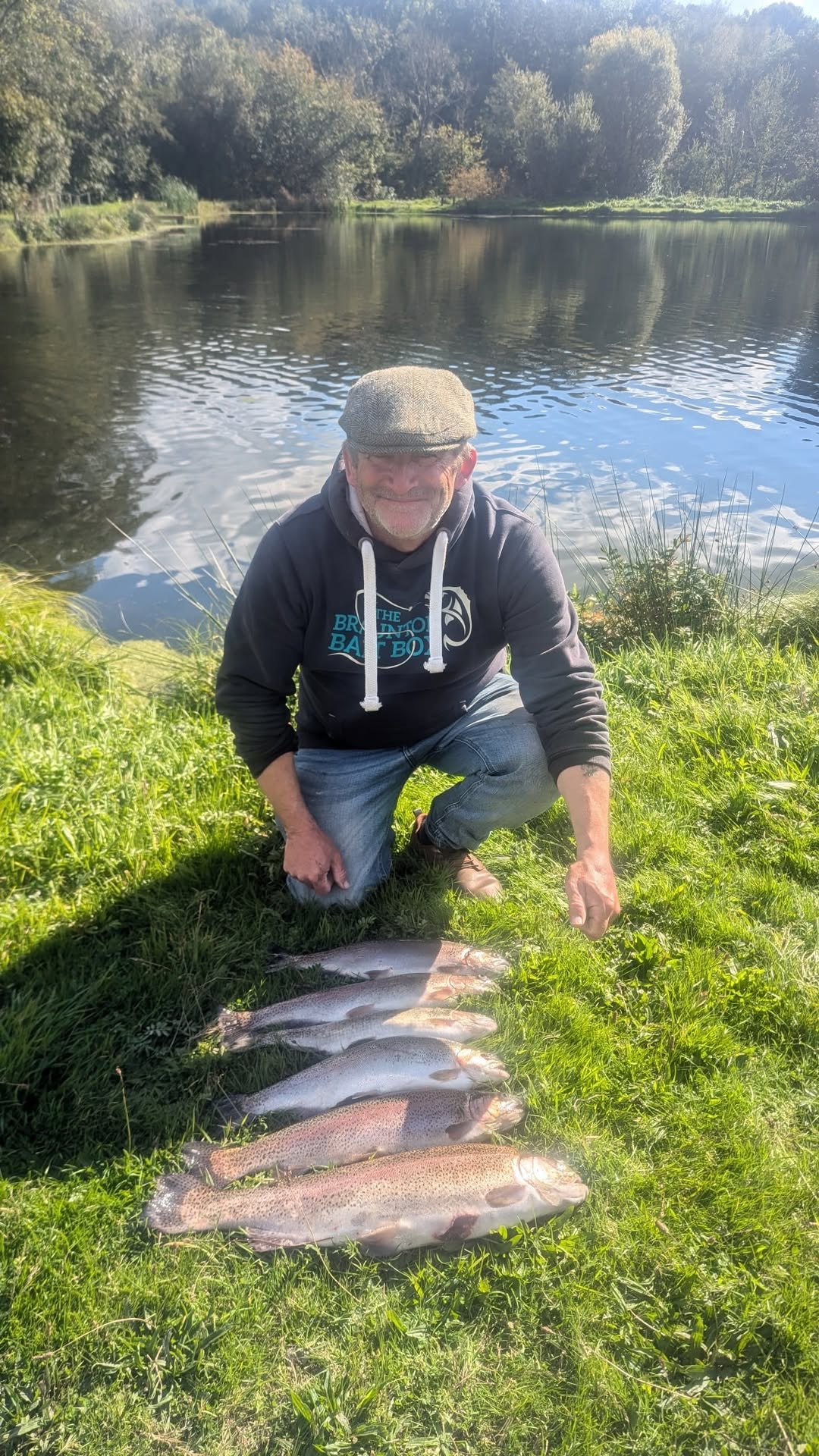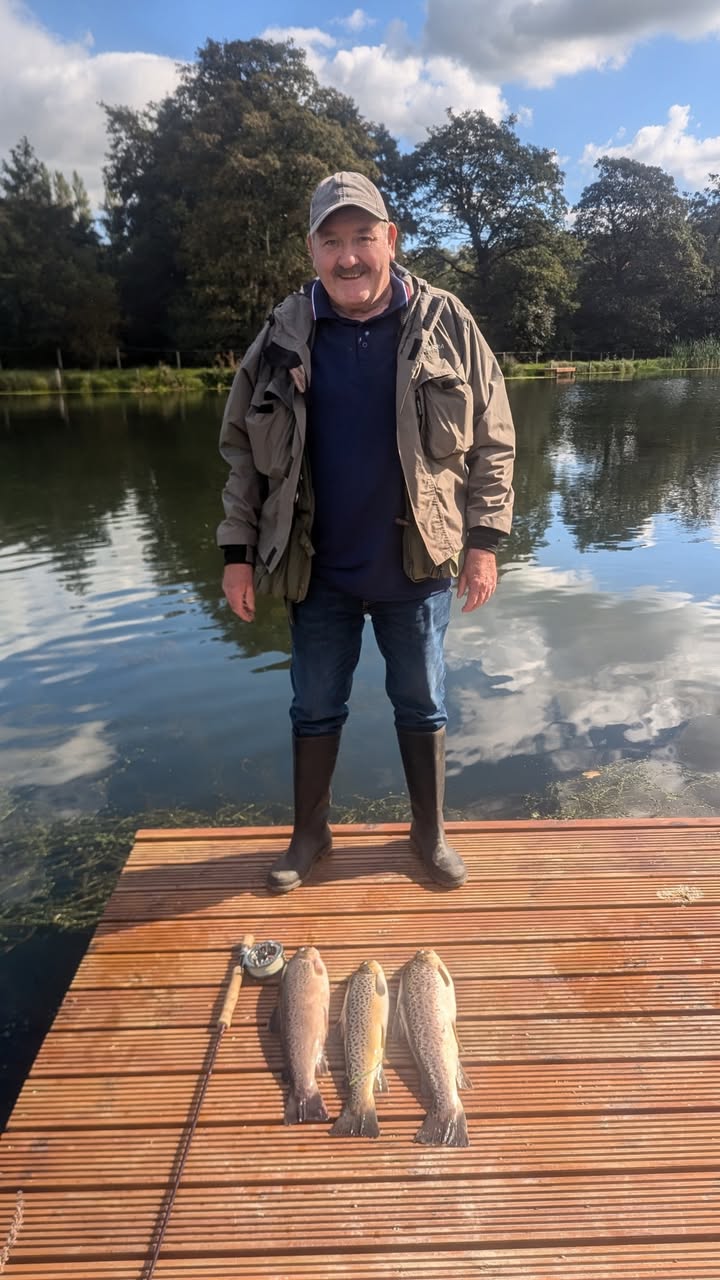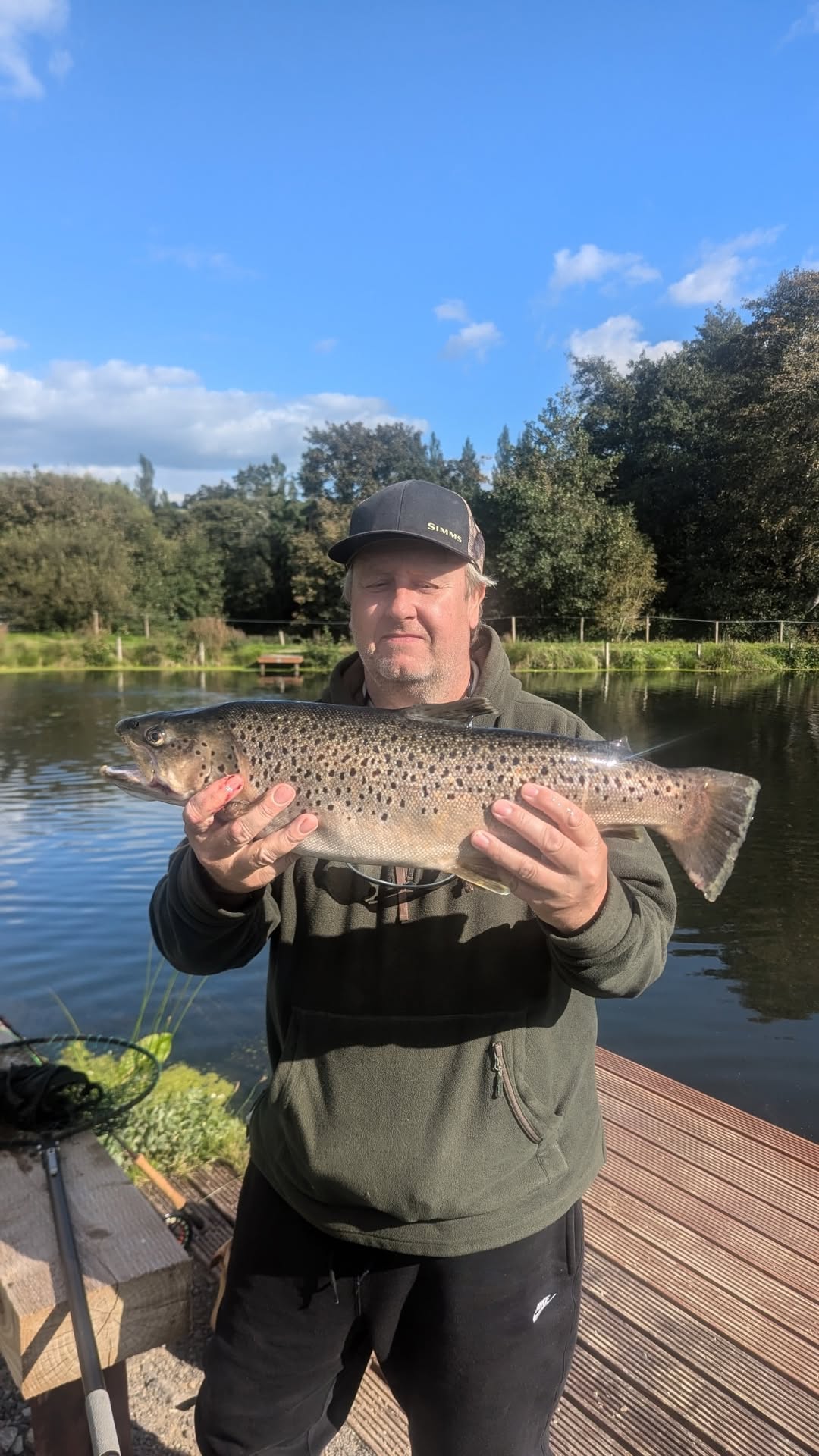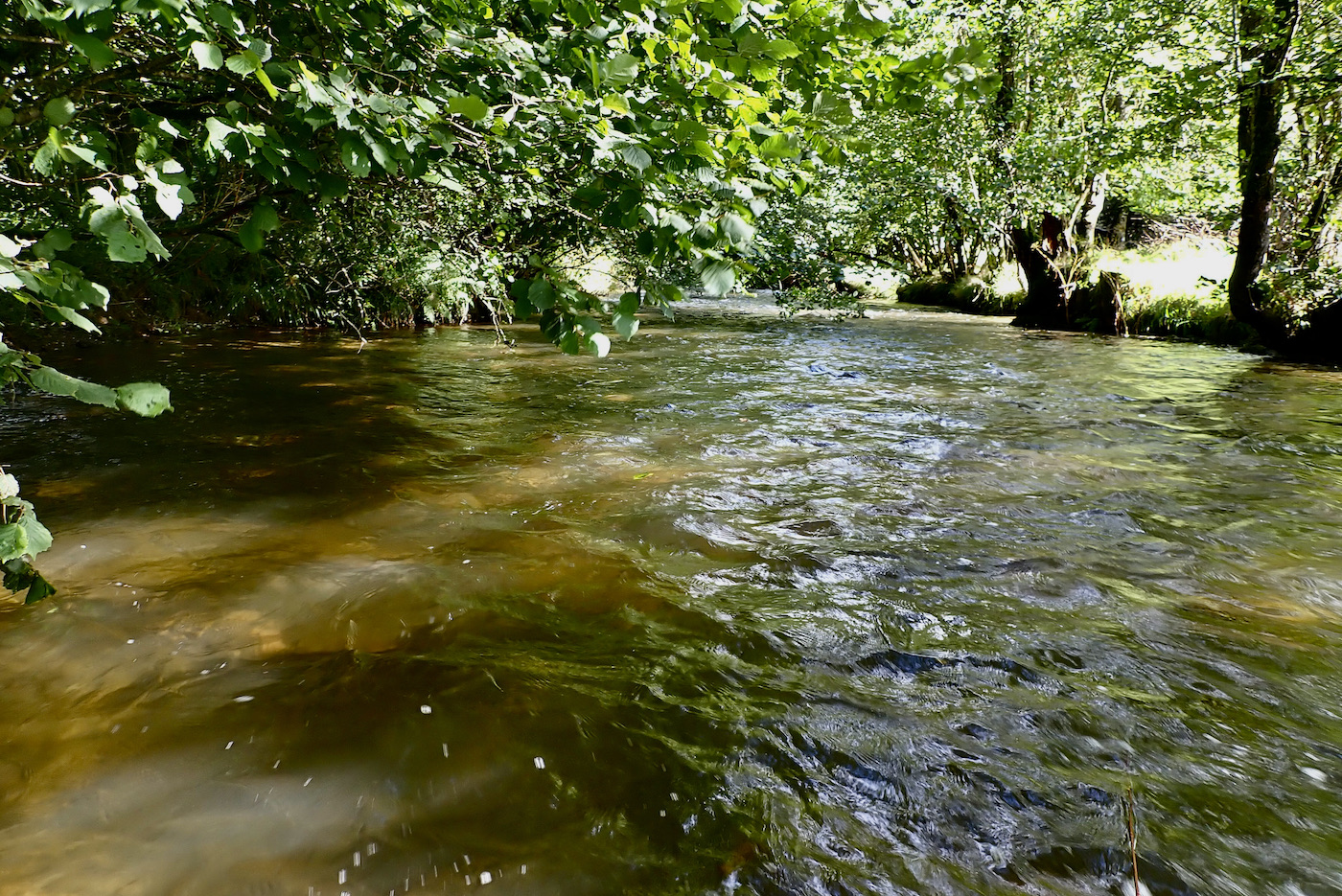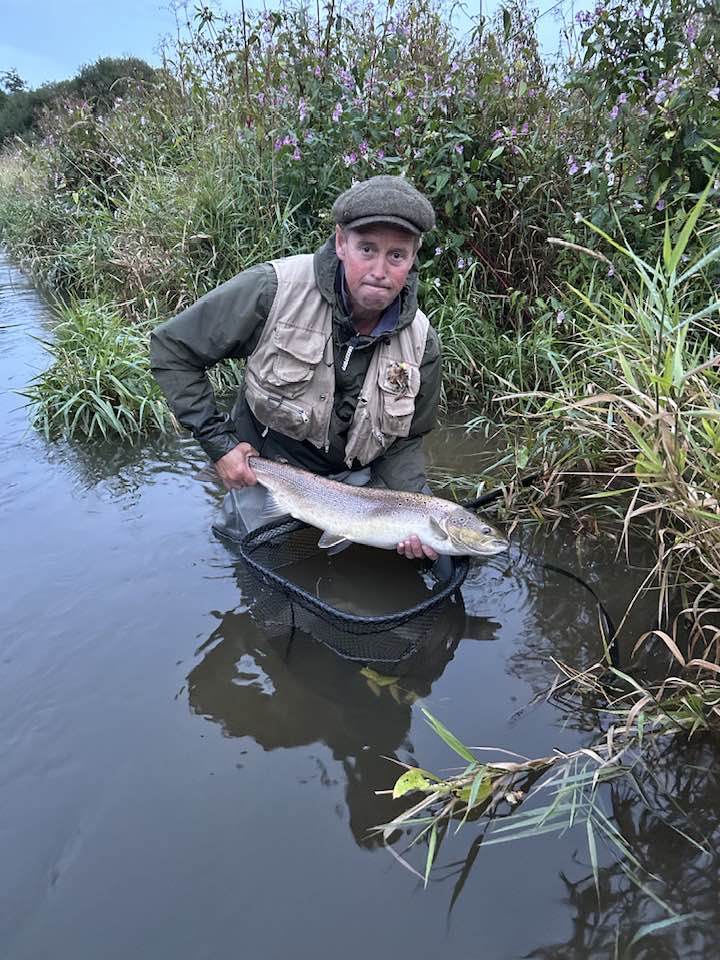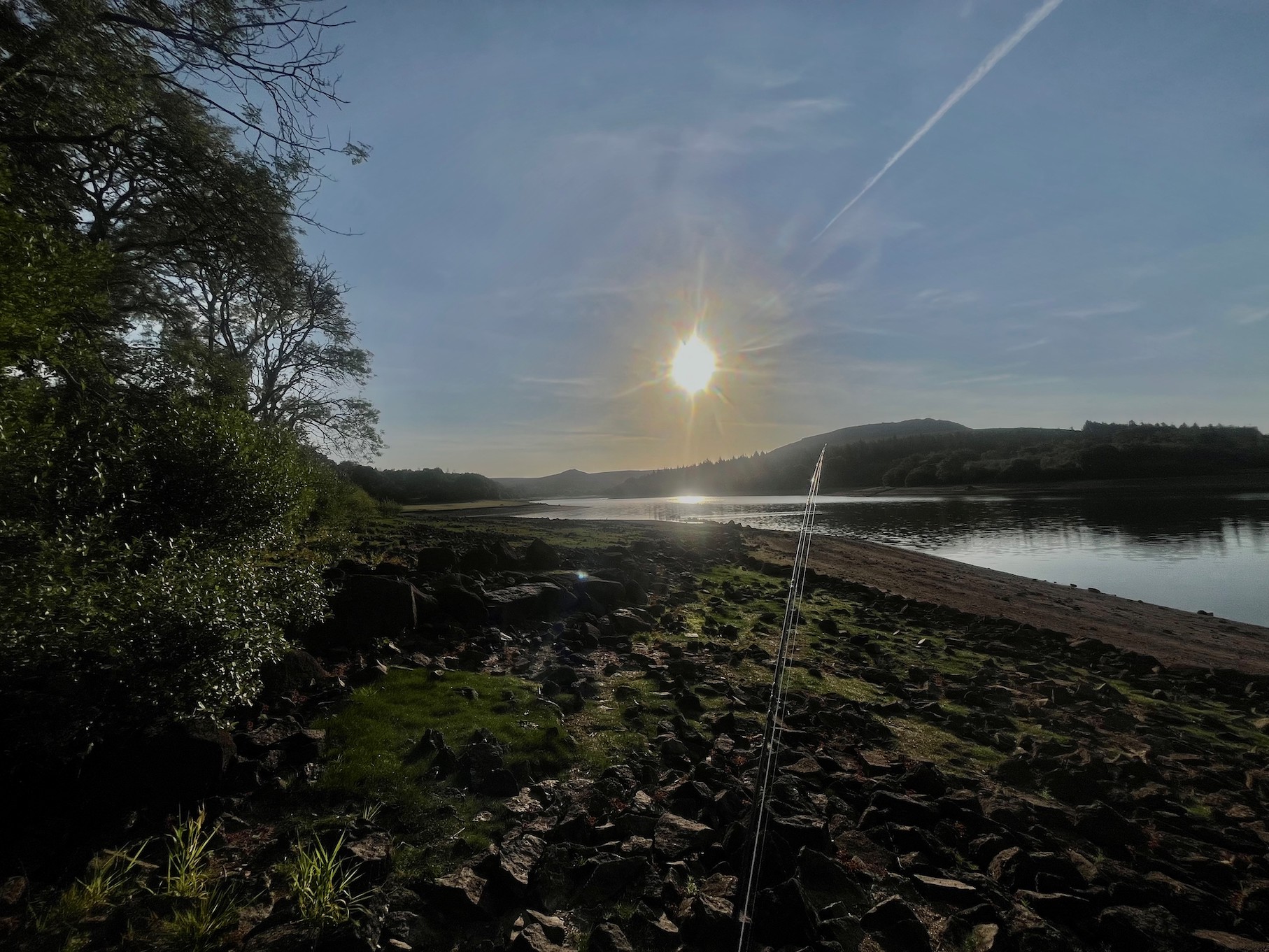

A welcome drop in temperatures, along with some rain helped to freshen the reservoir waters, although at some fisheries many fish preferred to stay in the deeper water, where boat anglers fared slightly better than their counterparts on the bank.
Fishing:
Kennick – In spite of the cooler temperatures, the fishing proved challenging at Kennick, with anglers averaging 1.7 fish per visit. The best locations included Sycamore Wall, Poplar Bay and Bracken Point, with boat anglers catching fish in Clampitts Bay and the deeper central water. An intermediate line or floating line with a sink-tip, or a sinking line proved to be the most successful tactic, fishing either nymphs and wets (Diawl Bachs, Montanas, Buzzers and Damsels) or lure patterns (Tadpoles and Boobies). Graham Roberts (from Totnes) and his boat partner caught thirteen rainbows to 3lb 12oz, with two others over 3lb, using fast sinkers and lure patterns (having previously had no success fishing on the top). Richard Berresford caught six rainbows to 2lb 10oz using a Tequila Booby fished deep with a slow figure-of-eight retrieve with pauses from a boat, and two rainbows to 3lb using a mini snake pattern on an intermediate line on a further visit. Water levels are down to 45% capacity at the time of writing.
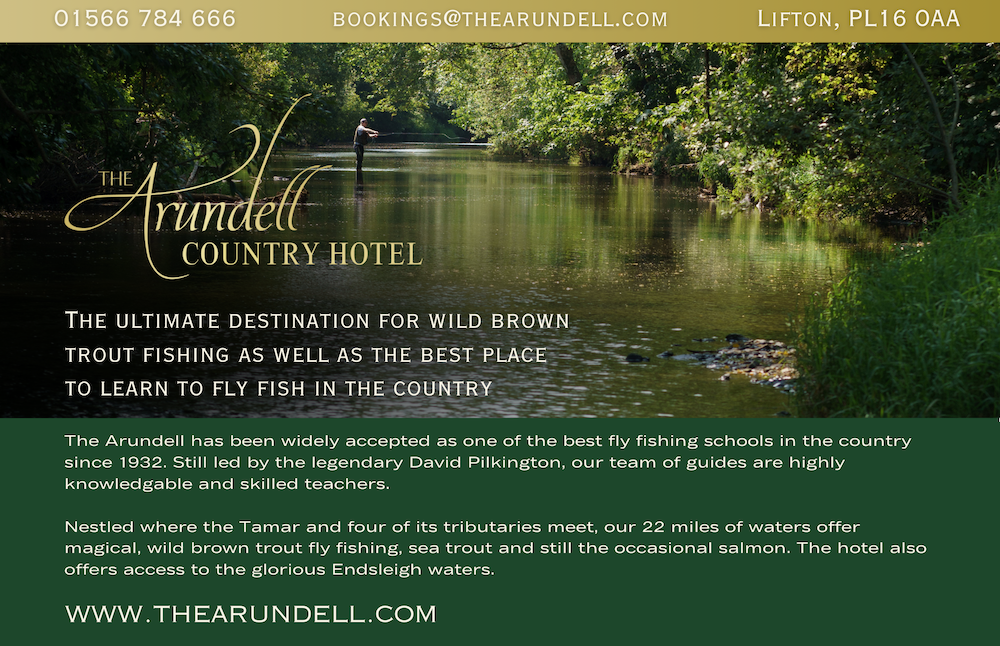
Burrator – The fishing at Burrator improved this month, with anglers averaging 3.9 per visit, with fish being caught all over the reservoir (including Longstone, Pig Trough, Discovery Bay, Bennett’s and Sheepstor). With fish coming to the surface to feed, floating lines with dry patterns (Foam Daddies, Bob’s Bits, Sedges and Hoppers) produced some good sport, while deeper feeders were caught on intermediate lines using nymph (Buzzers, Damsels, Montanas) and lure (Tequila Blob, Yellow Streamer, Cormorant, FAB, Black and Green Blob) patterns, fished with a variety of retrieval methods. Gordon McLeod (from Tavistock) caught eleven rainbows to 2lb using a Tequila Blob fishing early in the morning. Daniel Forrester (from Hatherleigh) also caught eleven rainbows to 2lb between Sheepstor Bank and Pig Trough Bank – in spite of plenty of surface activity, he could only interest his fish with deeper lure patterns (particularly Candy Floss Boobie). Water levels are now down to 40% capacity.
Stithians – The fishing improved as the month progressed, with lightweight floating lines together with dry patterns (Hares Ear Parachute, Midge Hopper, Elk Hair Sedge, Daddies and Beetles) producing some excellent surface sport. Deeper feeders took a selection of nymph patterns (mainly Damsel Nymphs) and lures (FAB, Cruncher Apache, Minkie and Orange Blob). Popular locations included Goonlaze, Ray’s Beech, Pipe Bay, Hollis, Oub Bay and Sluice Bank). Levels are down to 60% capacity at time of writing.

Colliford – The sport improved dramatically during the month, with anglers averaging 4.1 fish per visit. The best locations included the Middle Car Park, Lord’s Waste, The East Bank and the bank near the dam. Plenty of Sedge and Midge hatches meant that the browns were keen to feed off or just under the surface, taking Bibio Hoppers, Bob’s Bits, Black and Peacock Spiders, Black cdc Emergers, Zulus and Soldier Palmers. Water levels are now at 54% capacity.
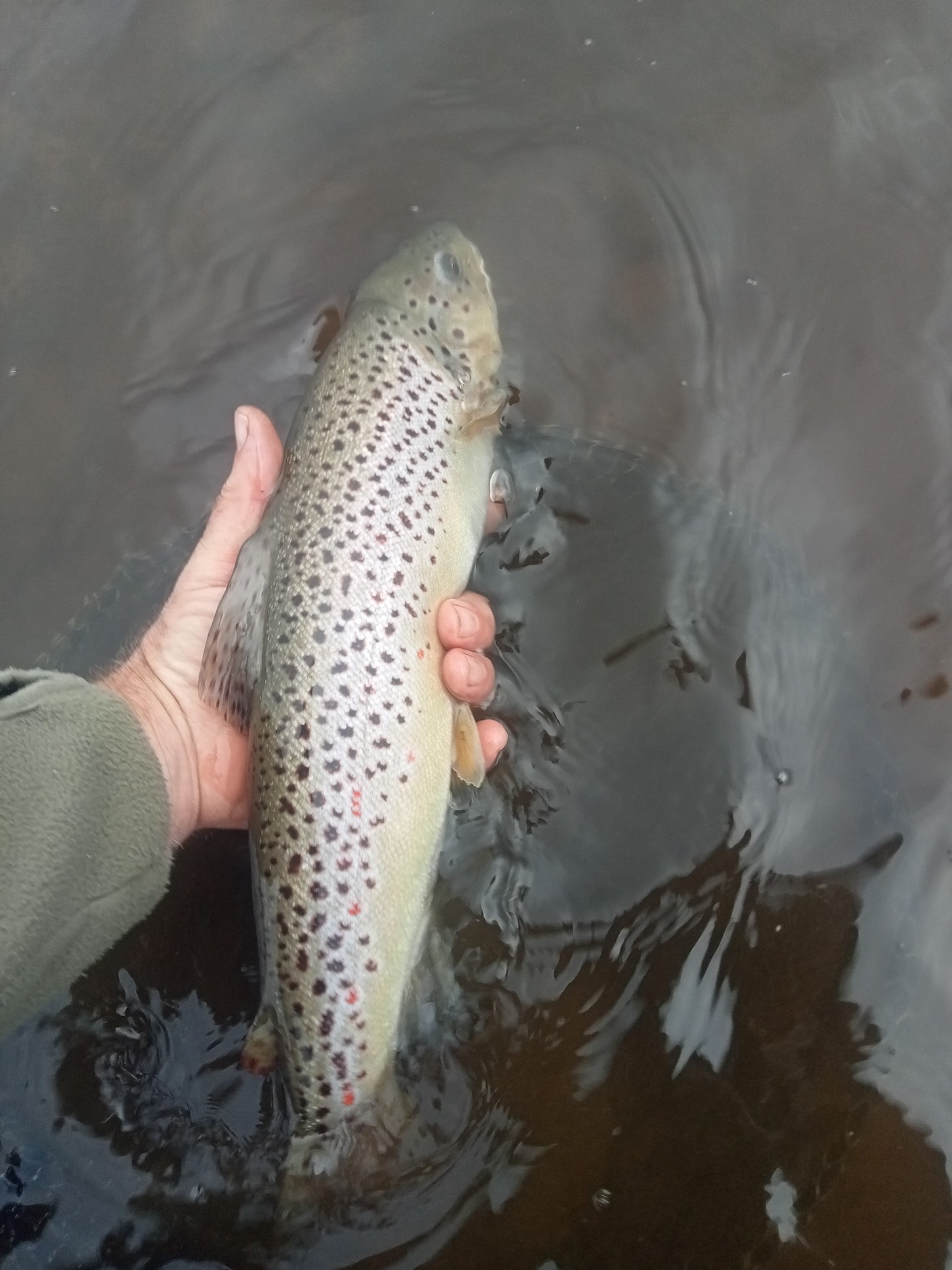
Fernworthy – In spite of a fairly consistent hatch just before dusk, the fishing proved to be fairly challenging at Fernworthy, with anglers averaging less than a fish per visit. The South Bank proved to be the most popular, with some fish taking both dry patterns (Black Parachute, Tup’s, dry Sedge and cdc Hopper), and sub-surface Muddlers, Silver Invictas and Kate McLaren. Water levels are still quite high, at 78% capacity.
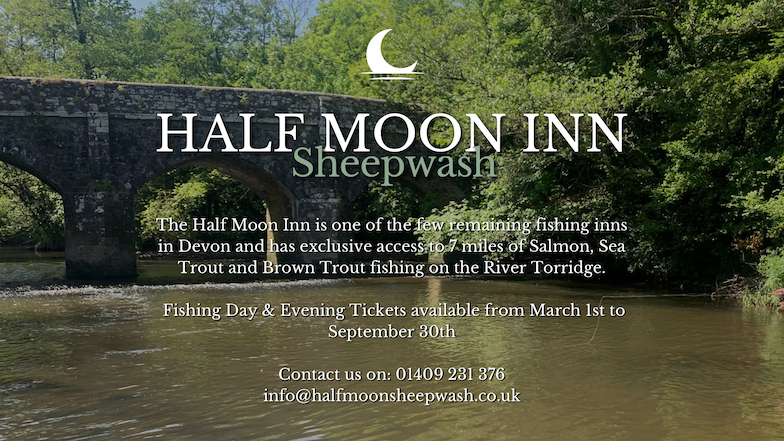
Roadford – The fishing at Roadford improved as the month progressed, with a weekly rod average increasing to 5.8 fish per angler. Popular locations included Davey’s Bank, Wortha and Goodacre, where Soldier Palmers, Spiders, Brown Hares Ear Nymphs and Diawl Bachs fished on floating lines proved to be the most successful, with a few fish also taking Black Tadpoles. Dean Boucher (from Gunnislake) caught eleven browns to 16” using pulled Soldier Palmers and Black Tadpoles on a floating line in one visit, and on another, thirteen fish to 1lb using the same tactics. Levels are now down to 65% at time of writing.

Please see the Trust’s website (www.swlakestrust.org.uk/trout-fishing) for more information on buying tickets, boat availability and booking, and forthcoming events.
Chris Hall (September 2025)
